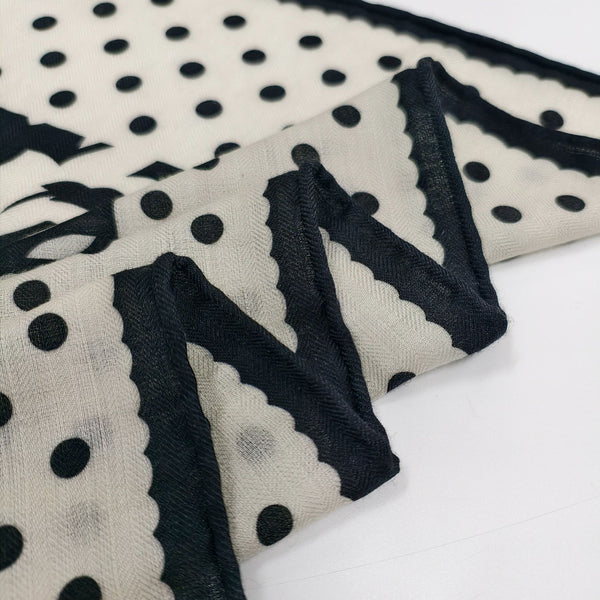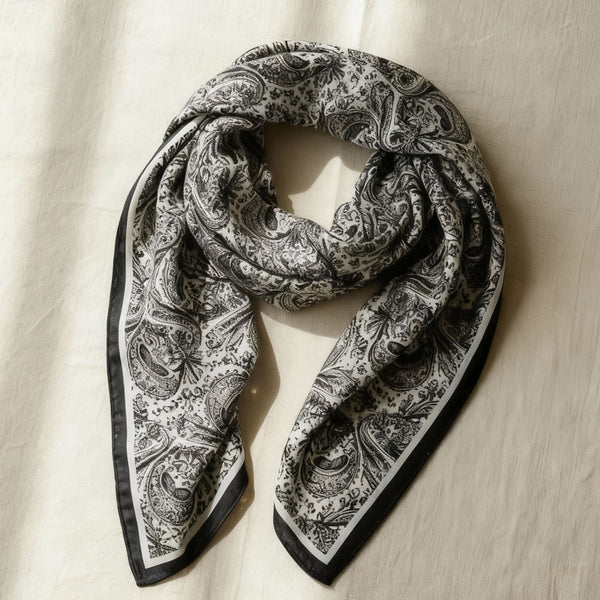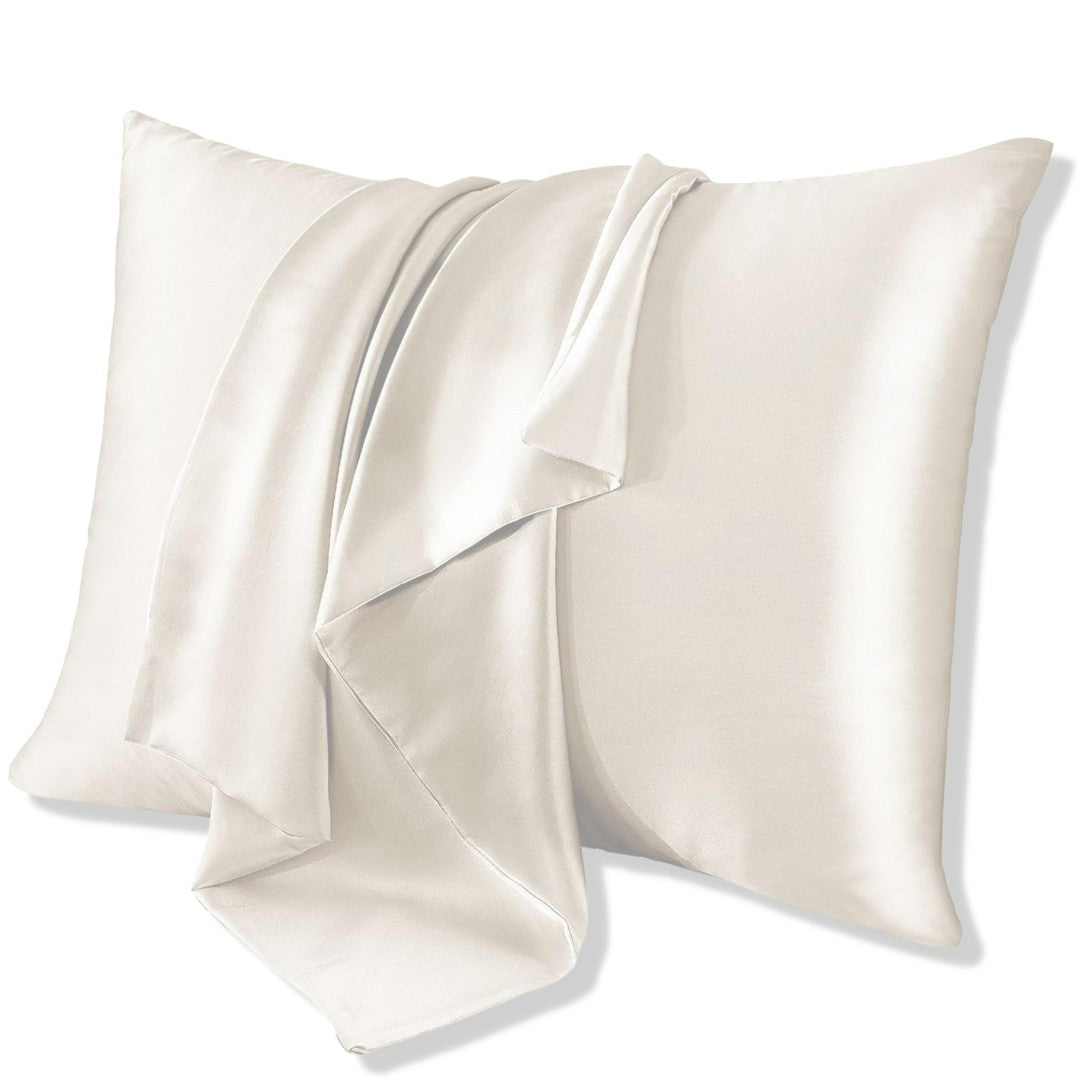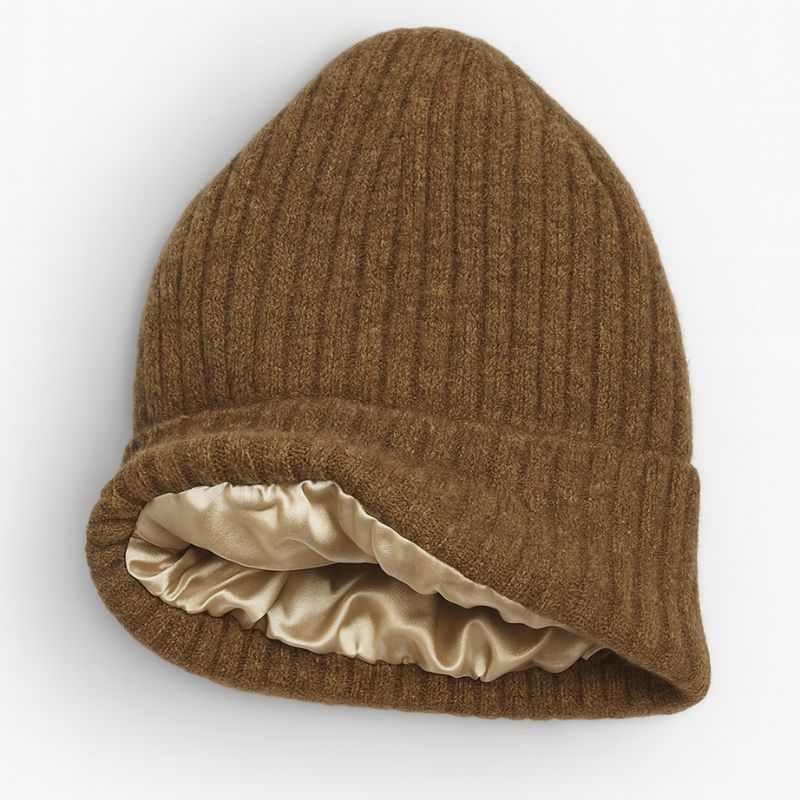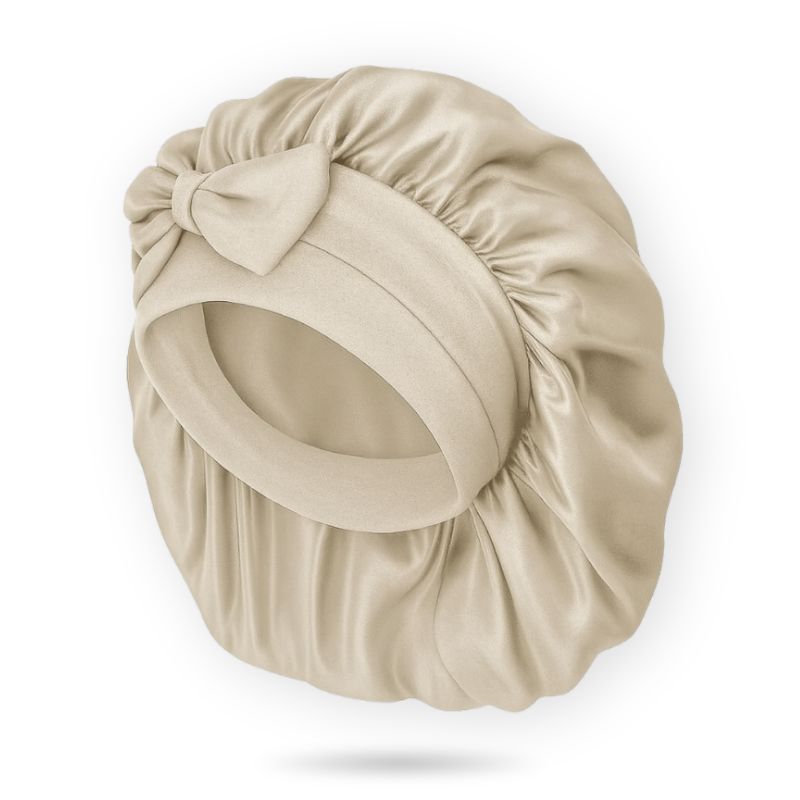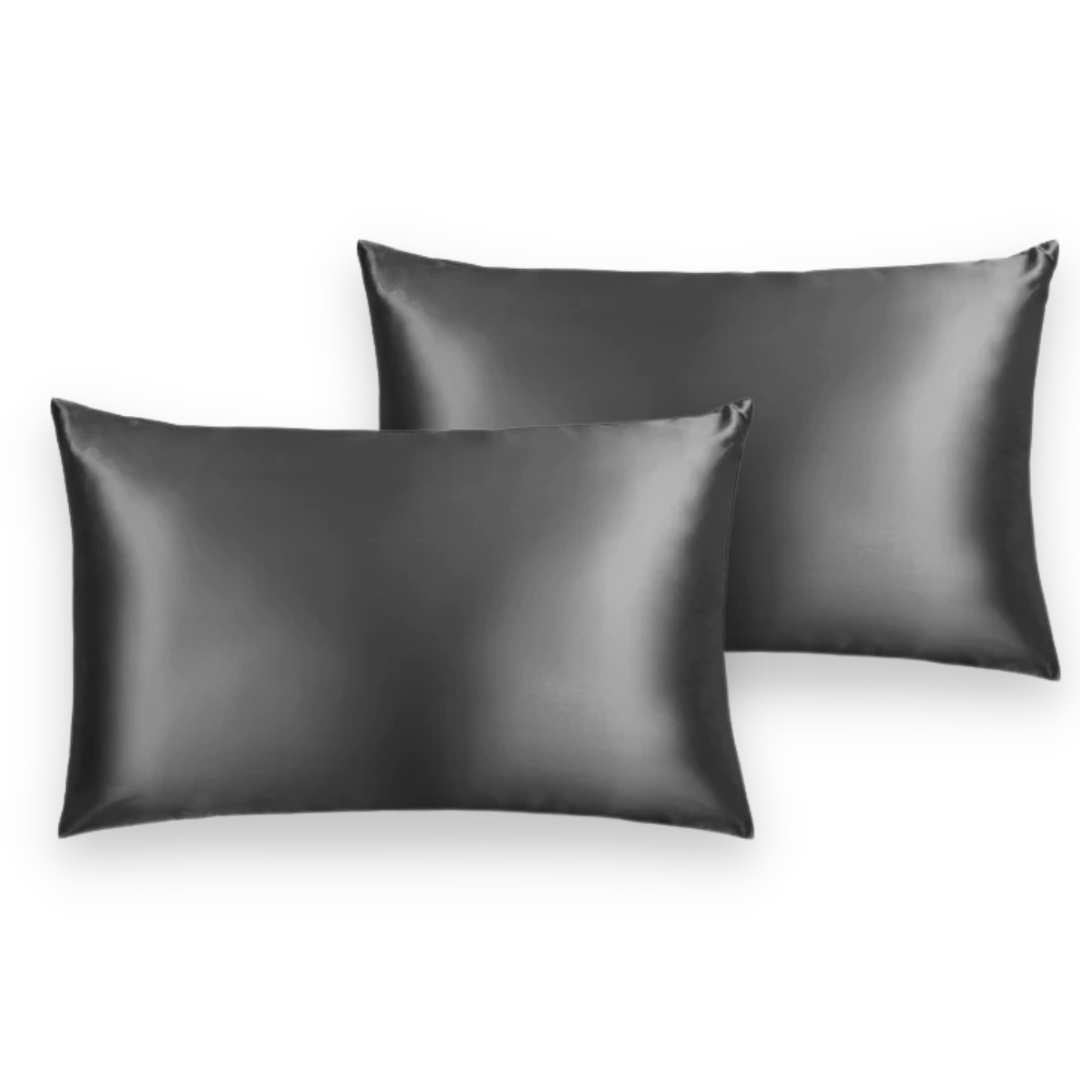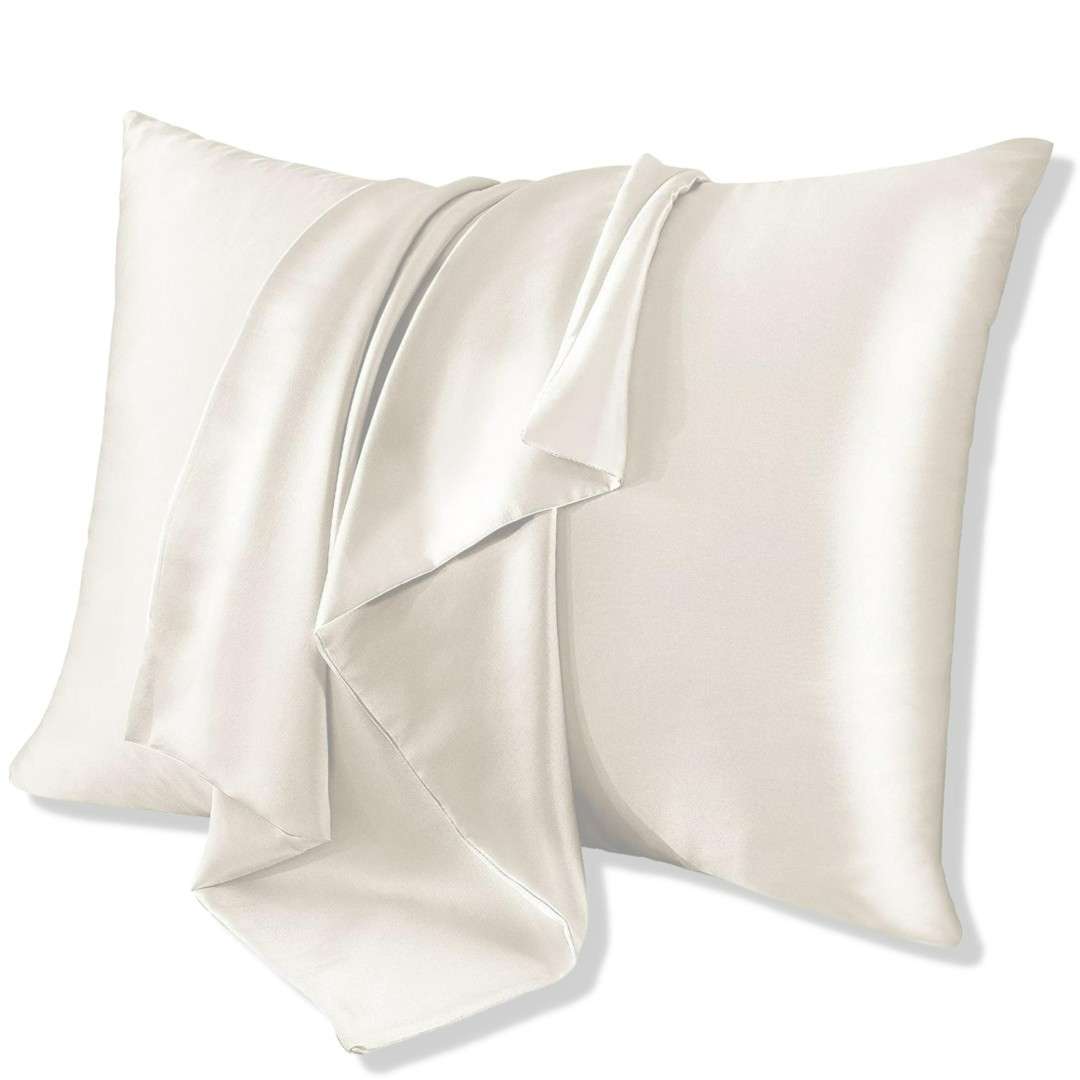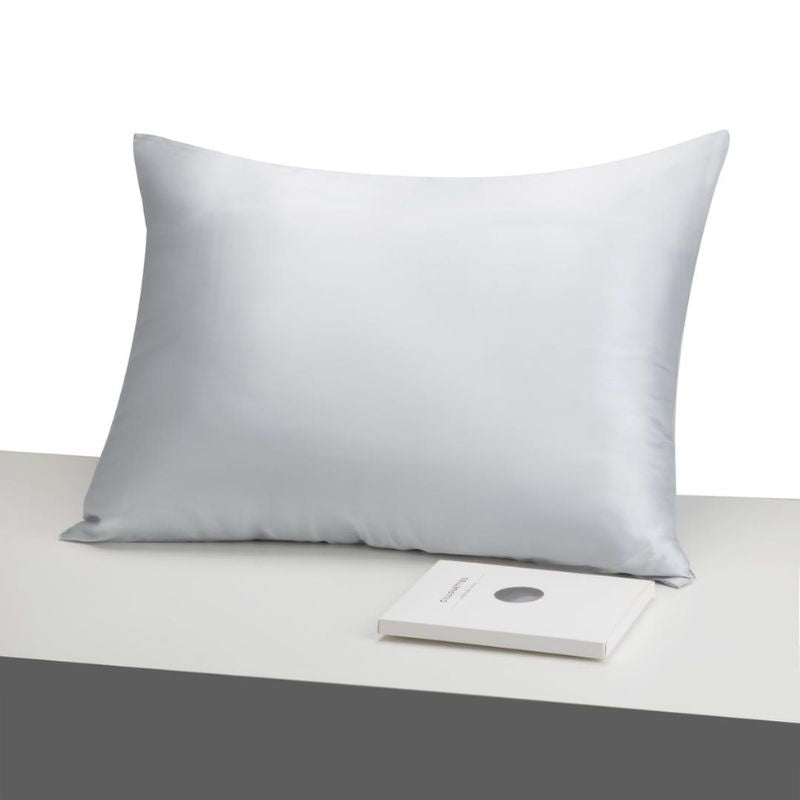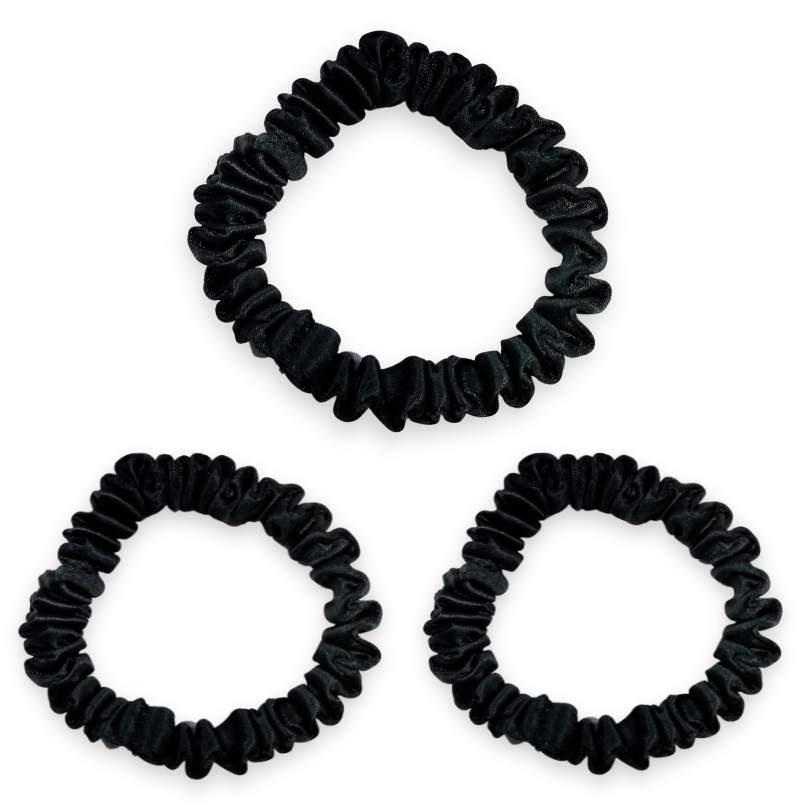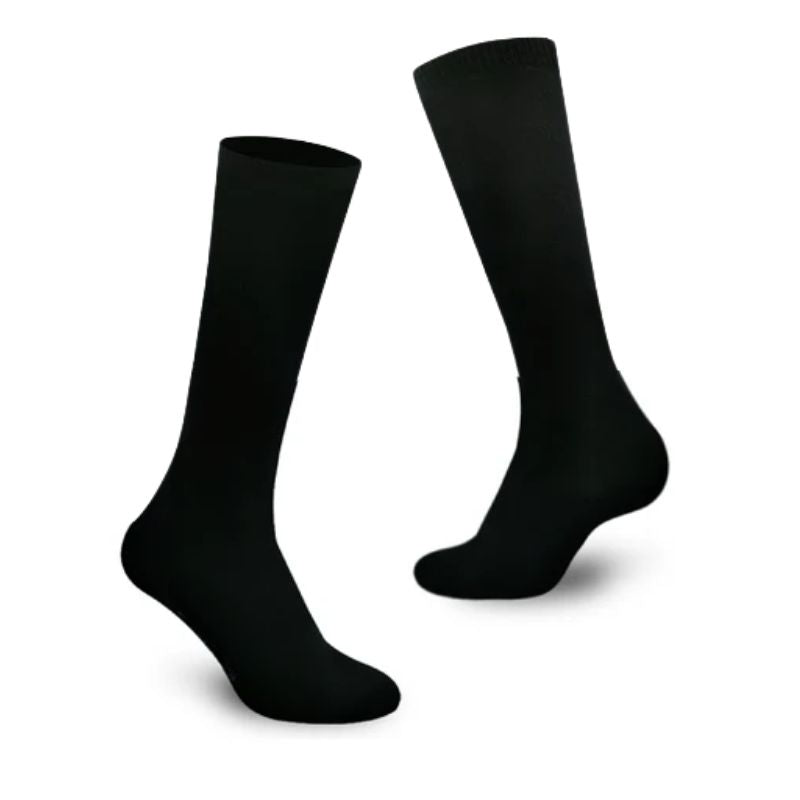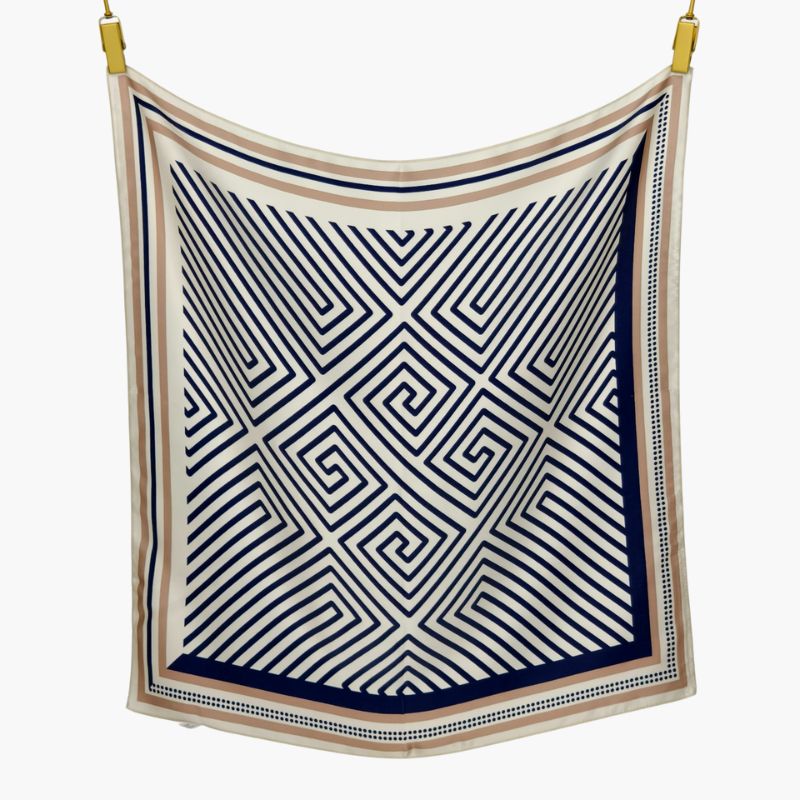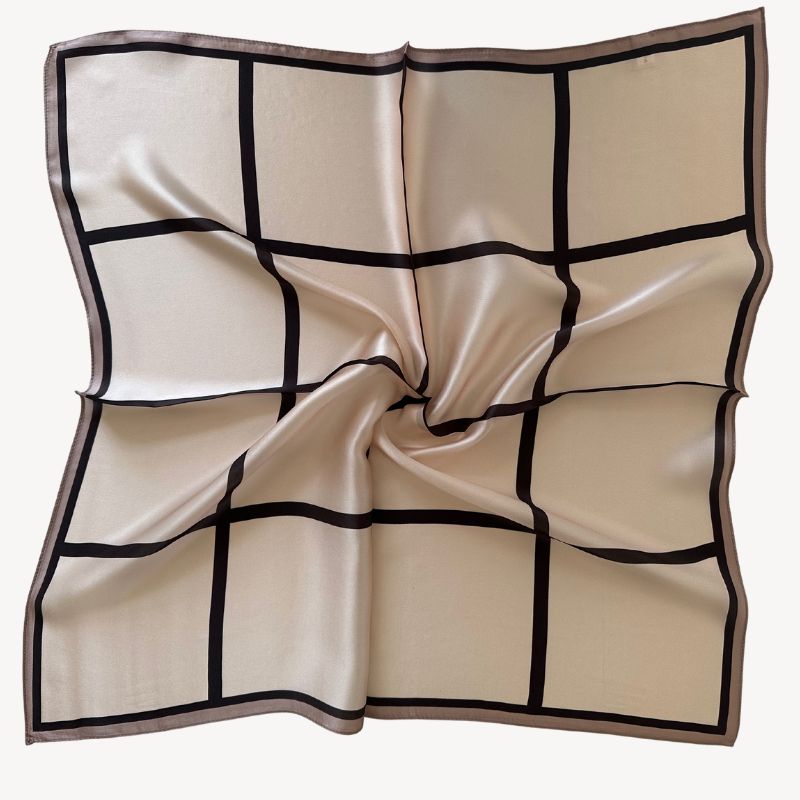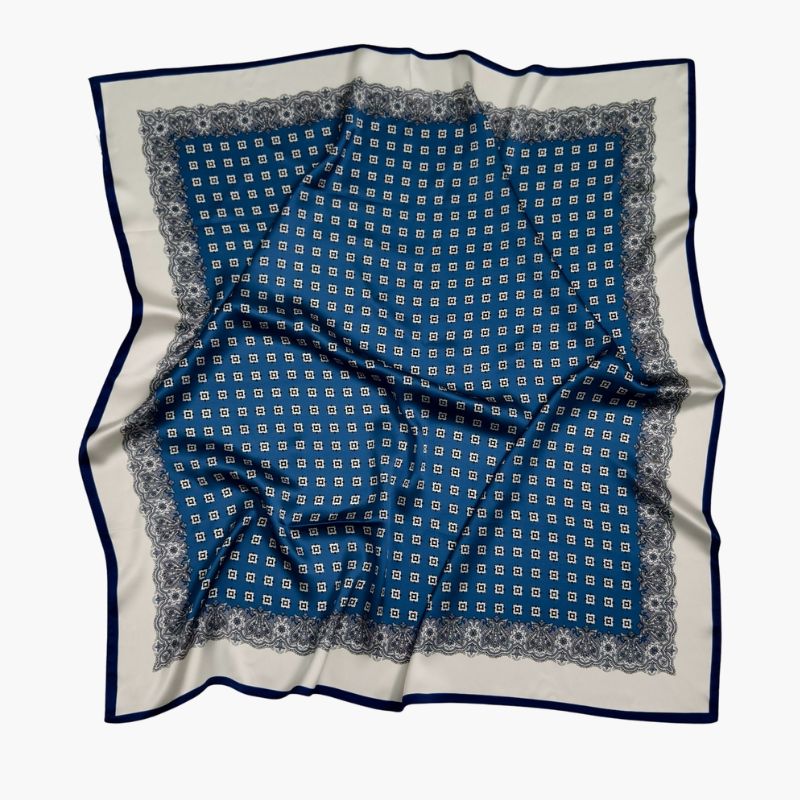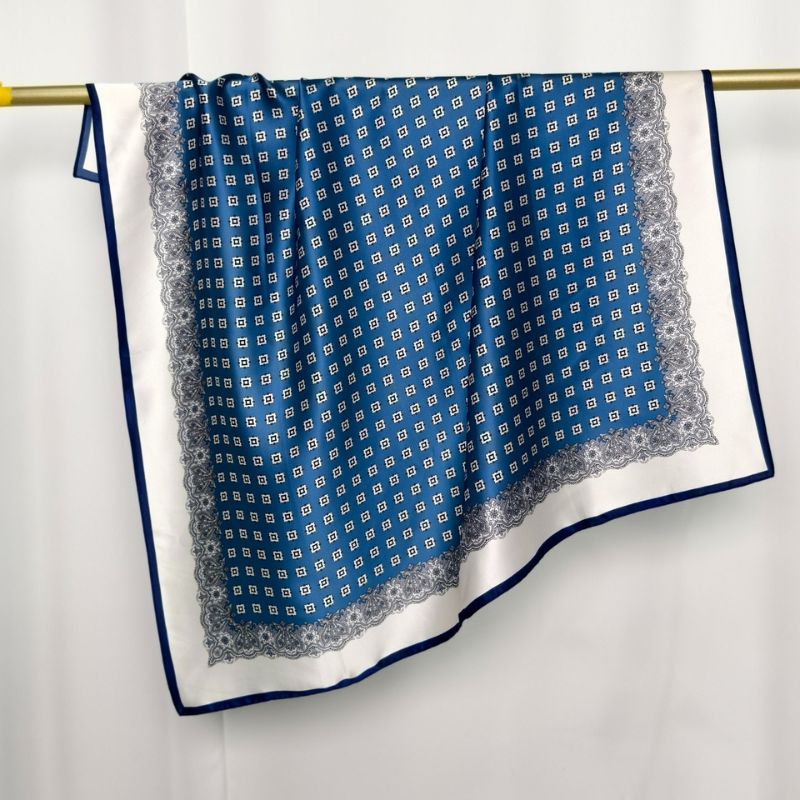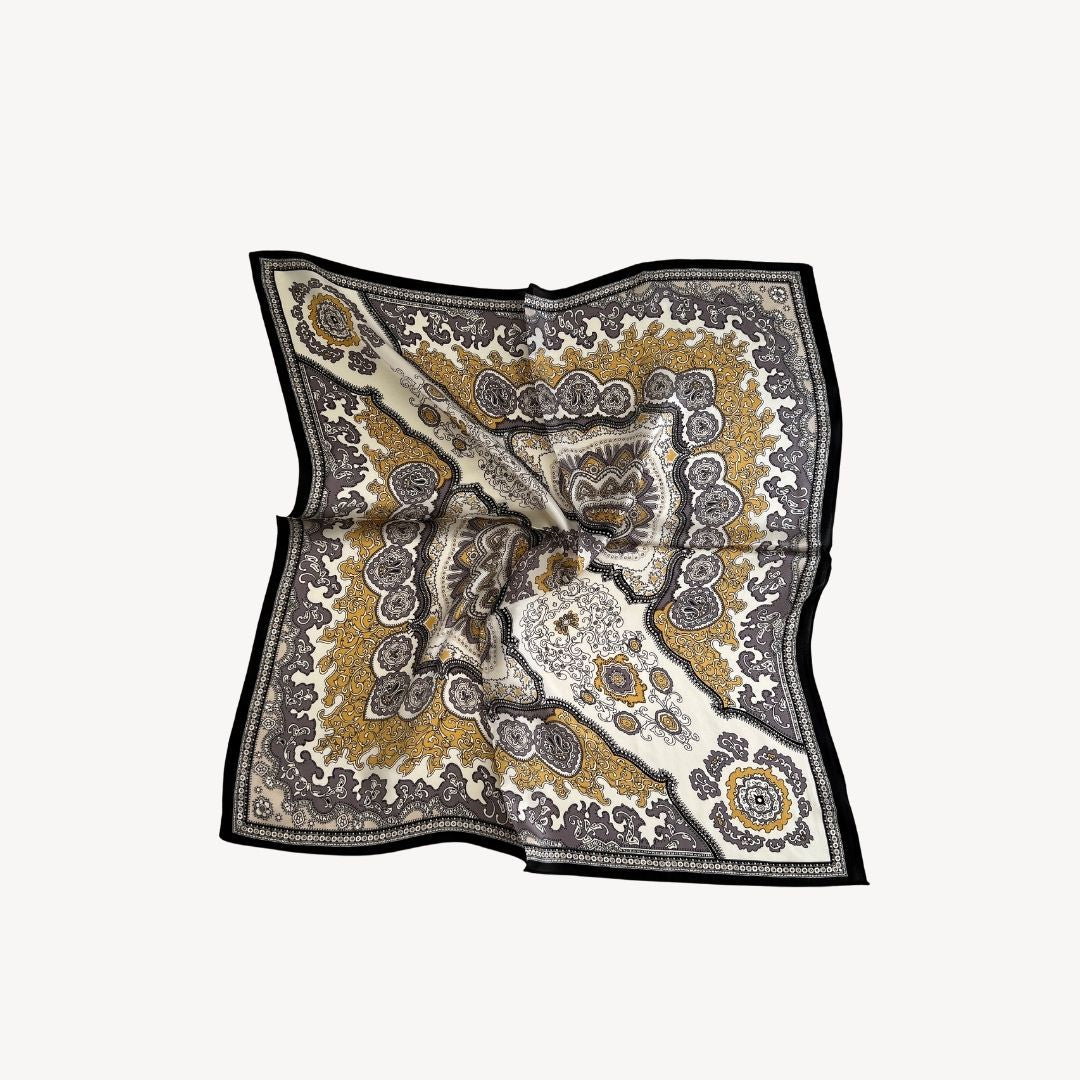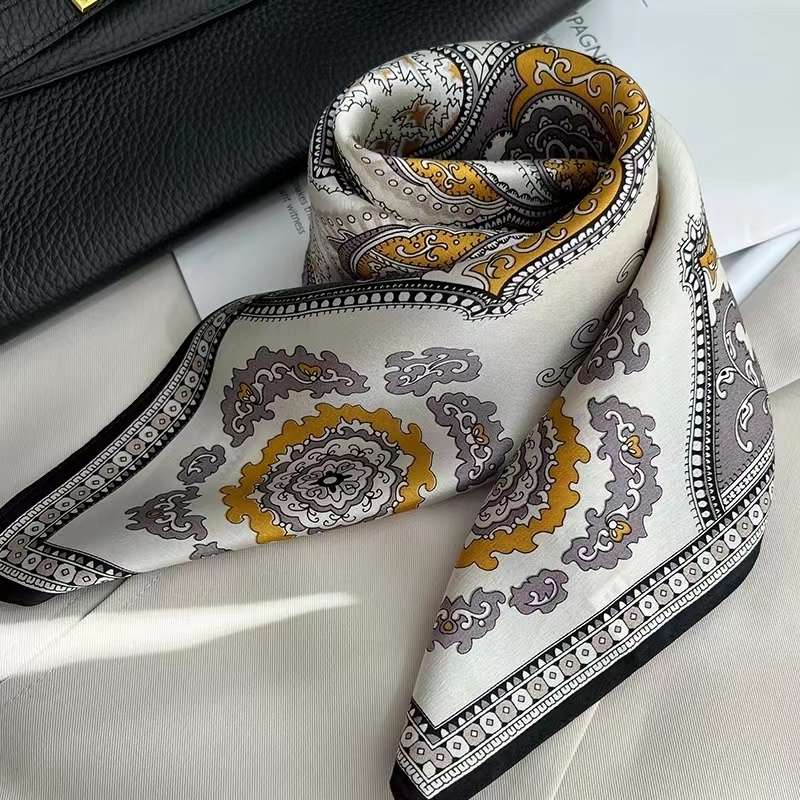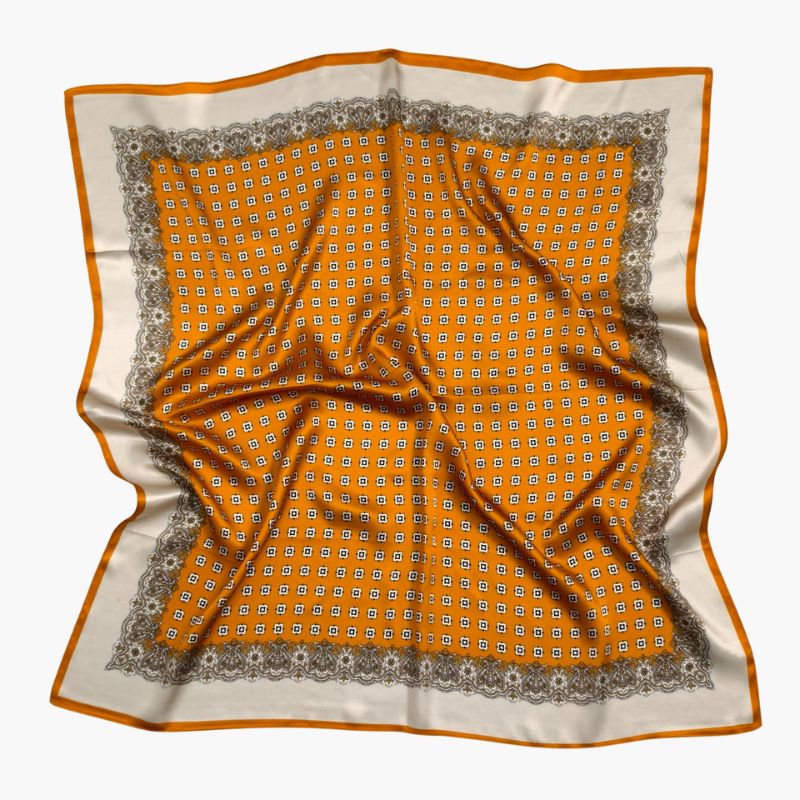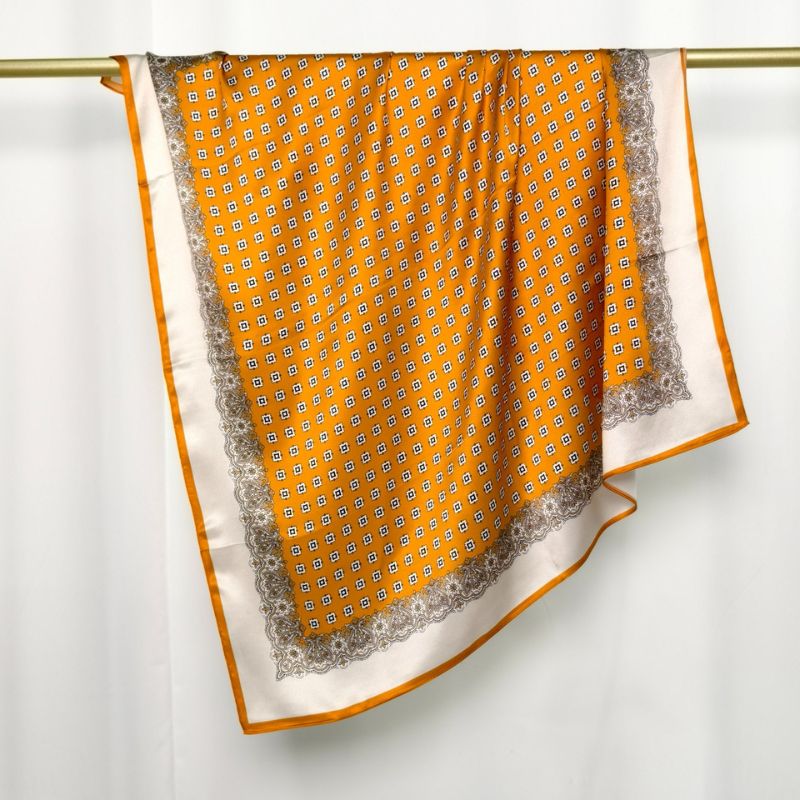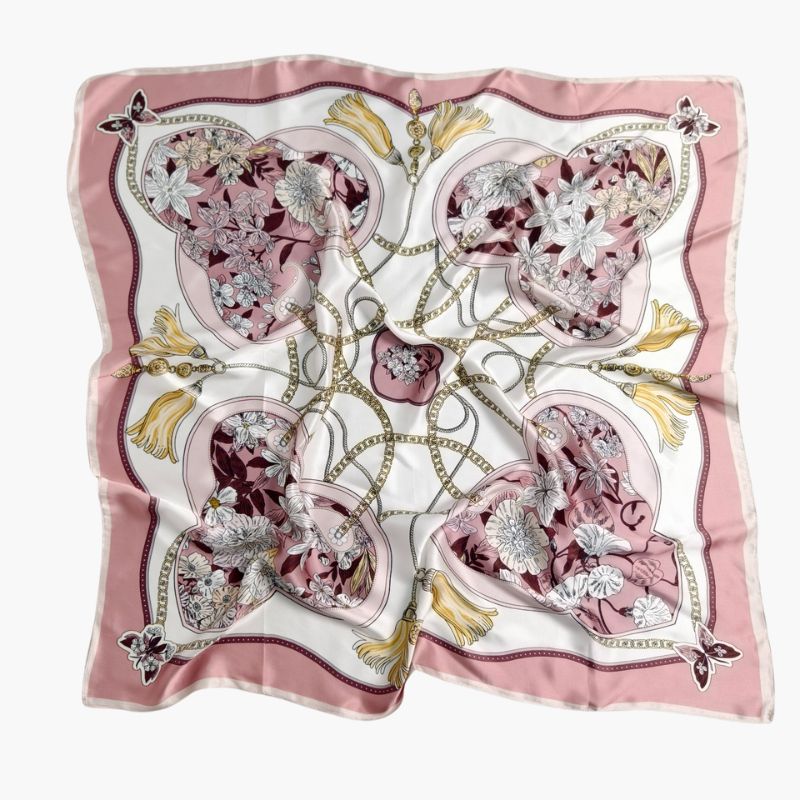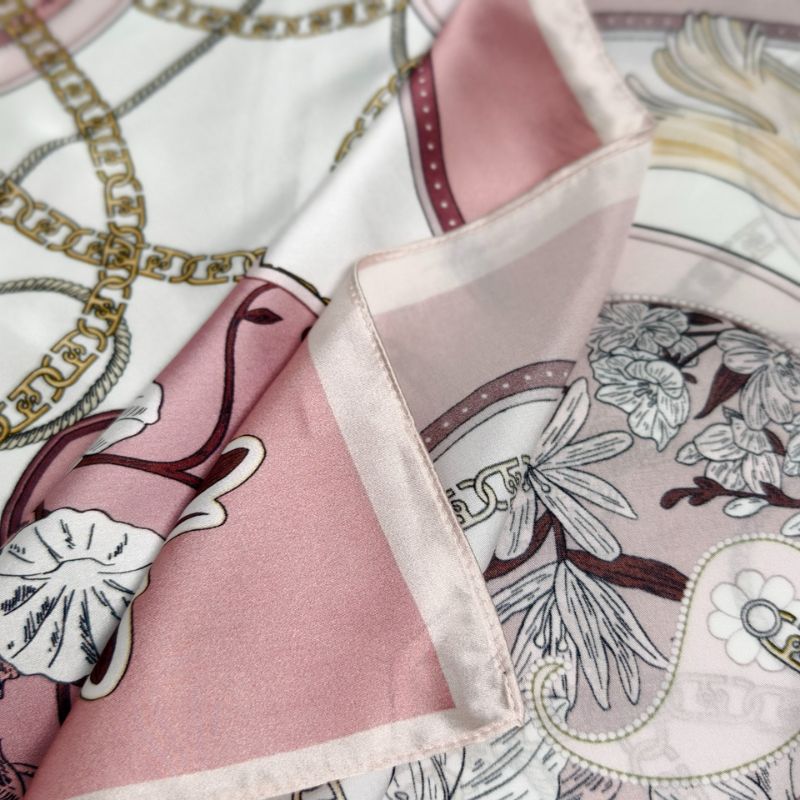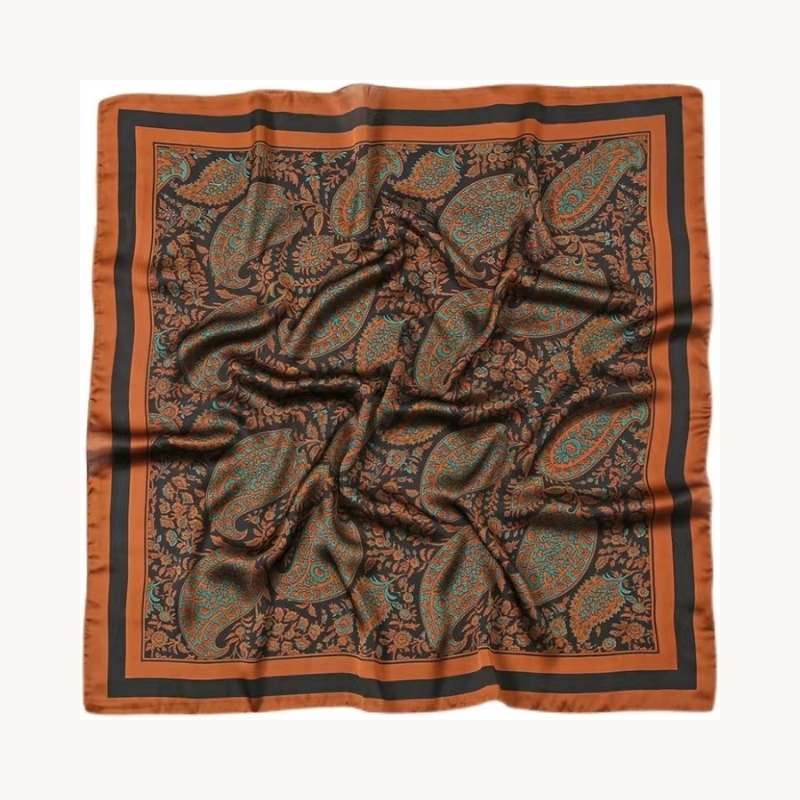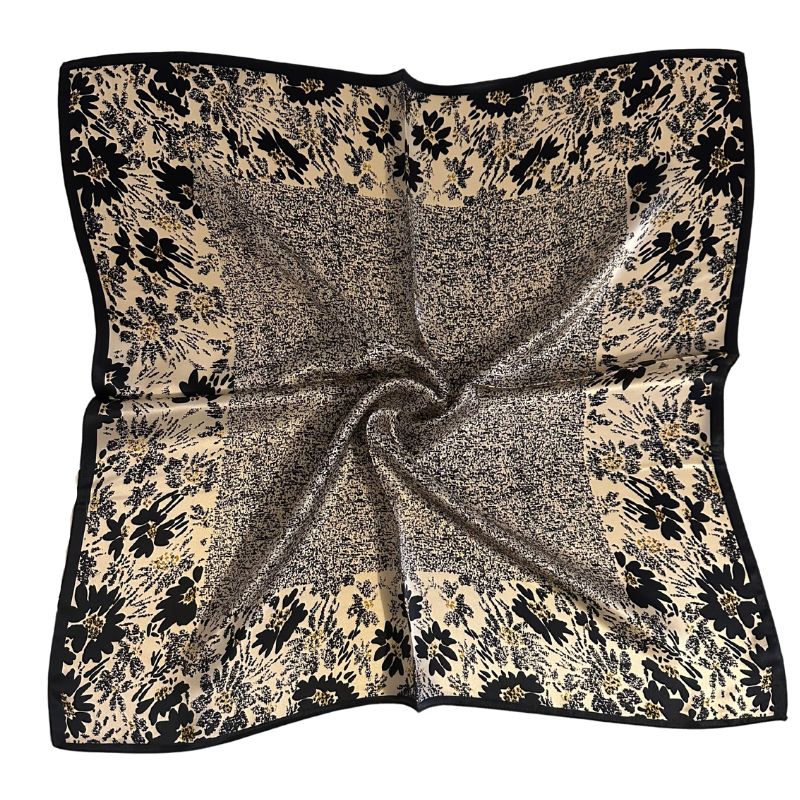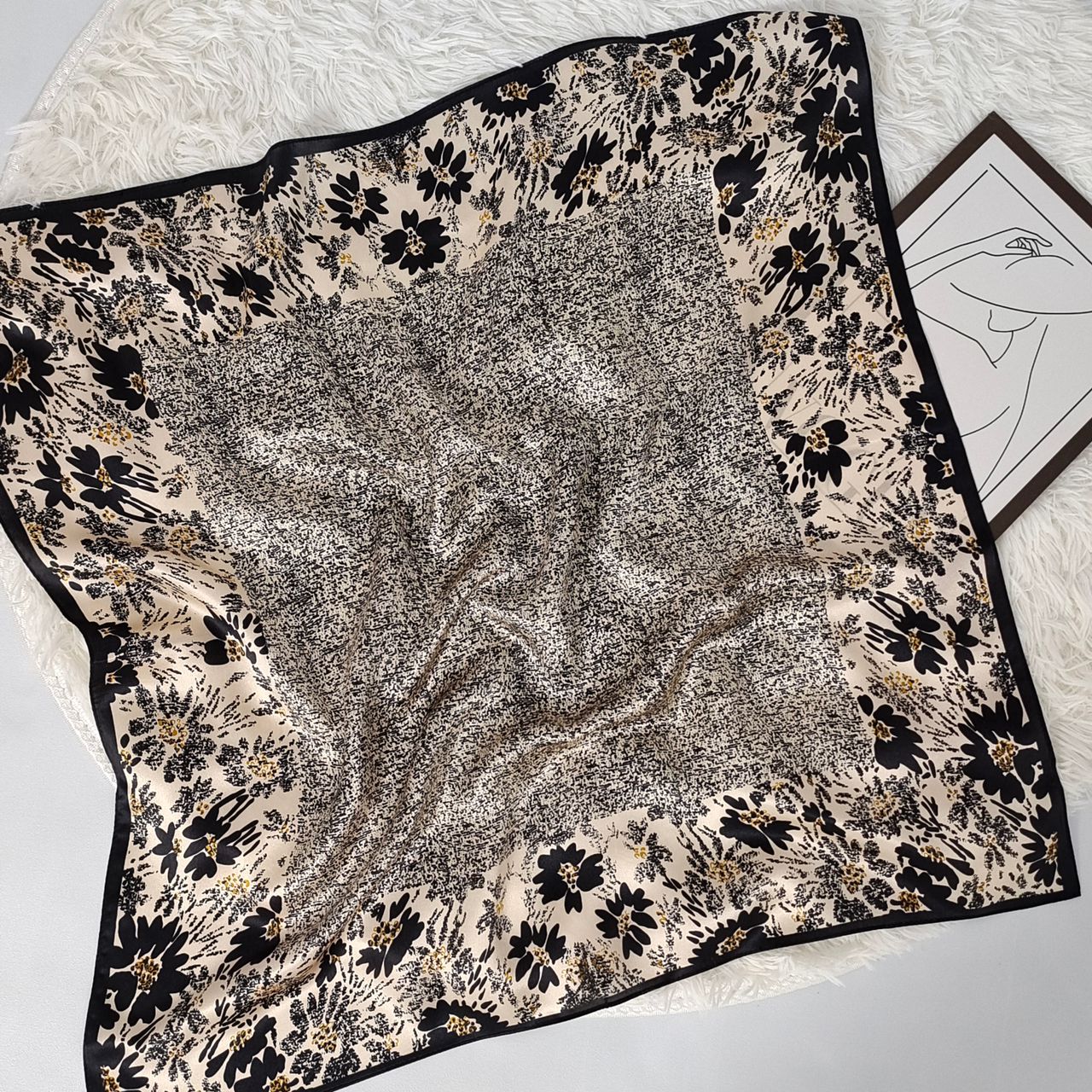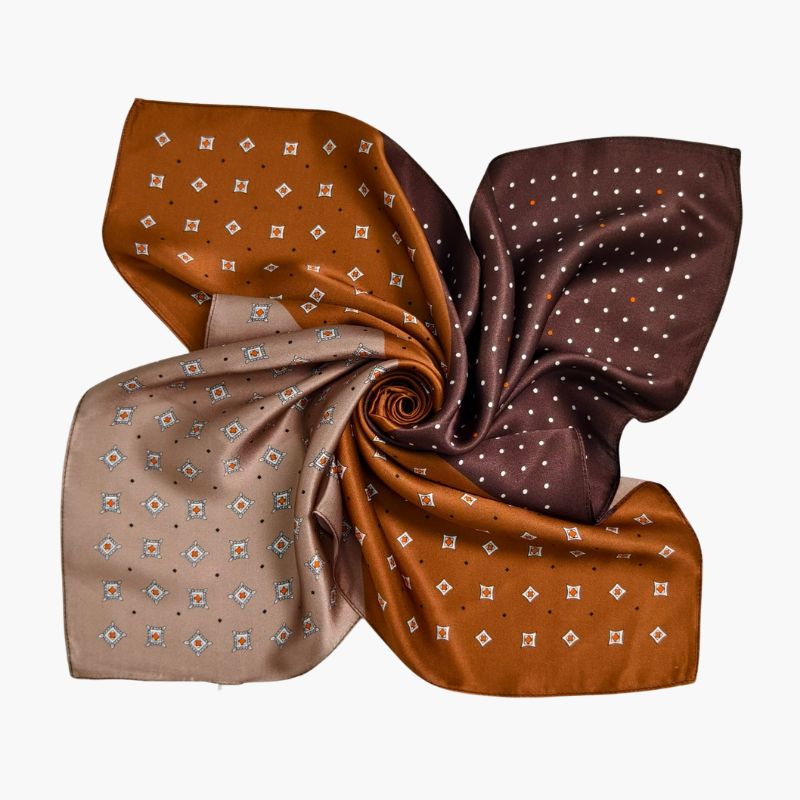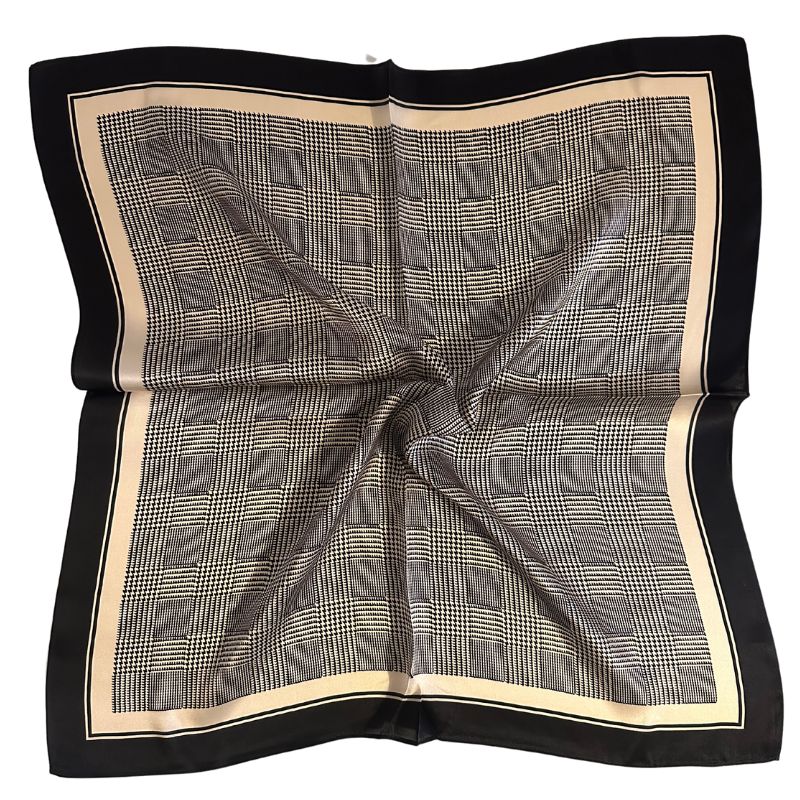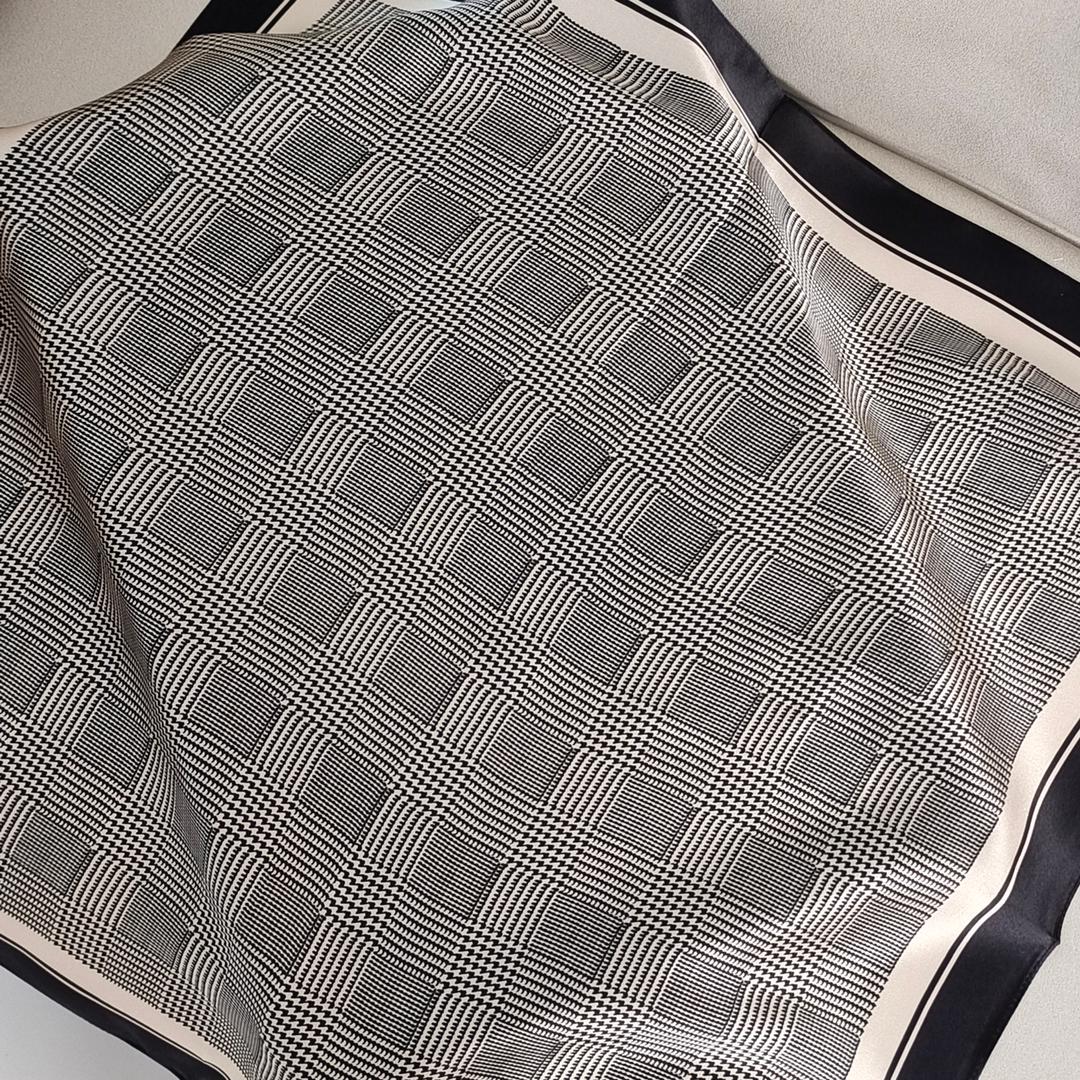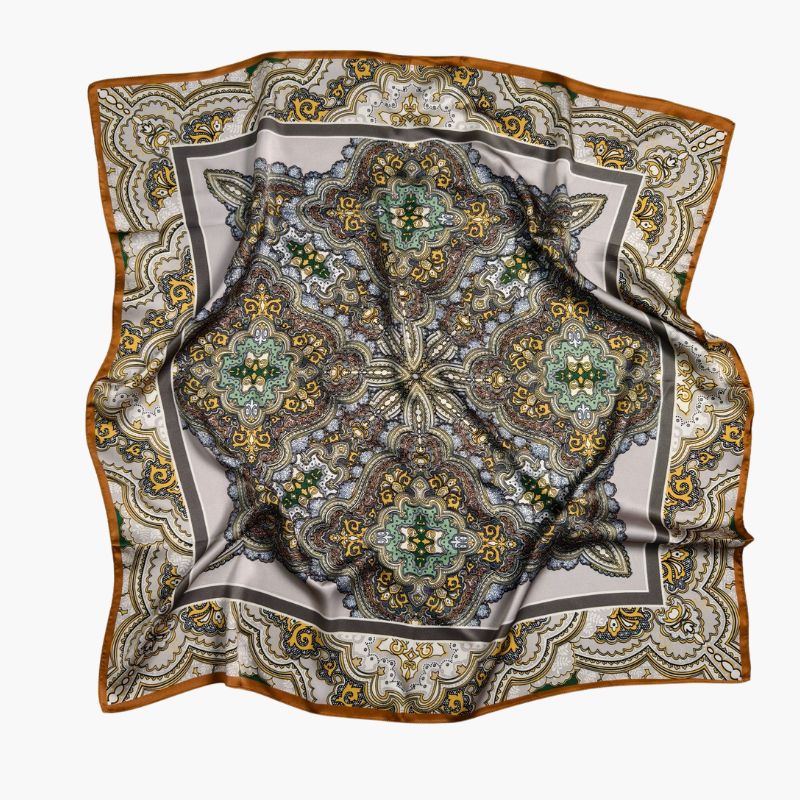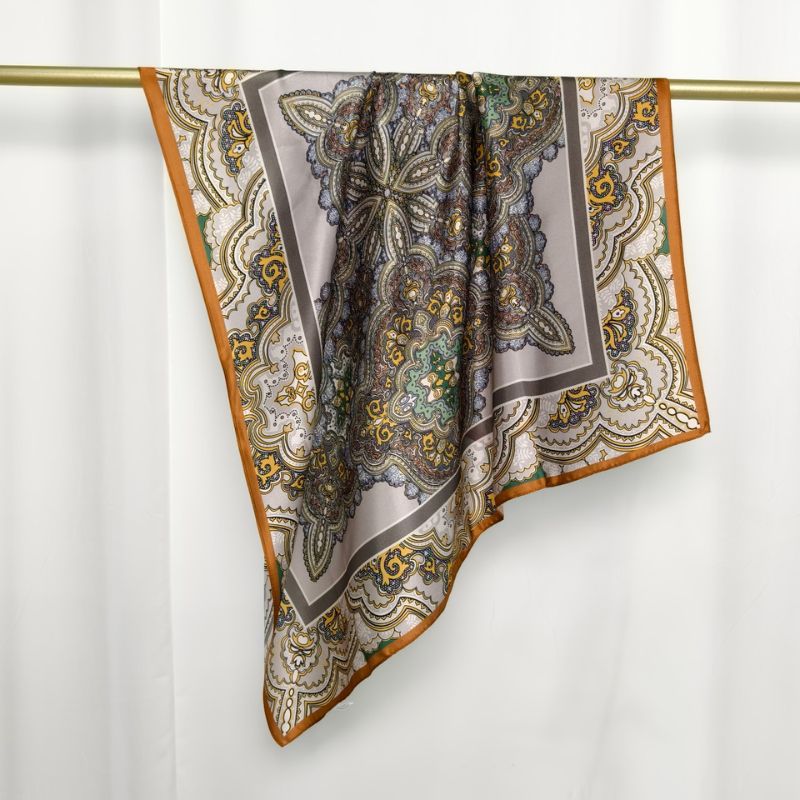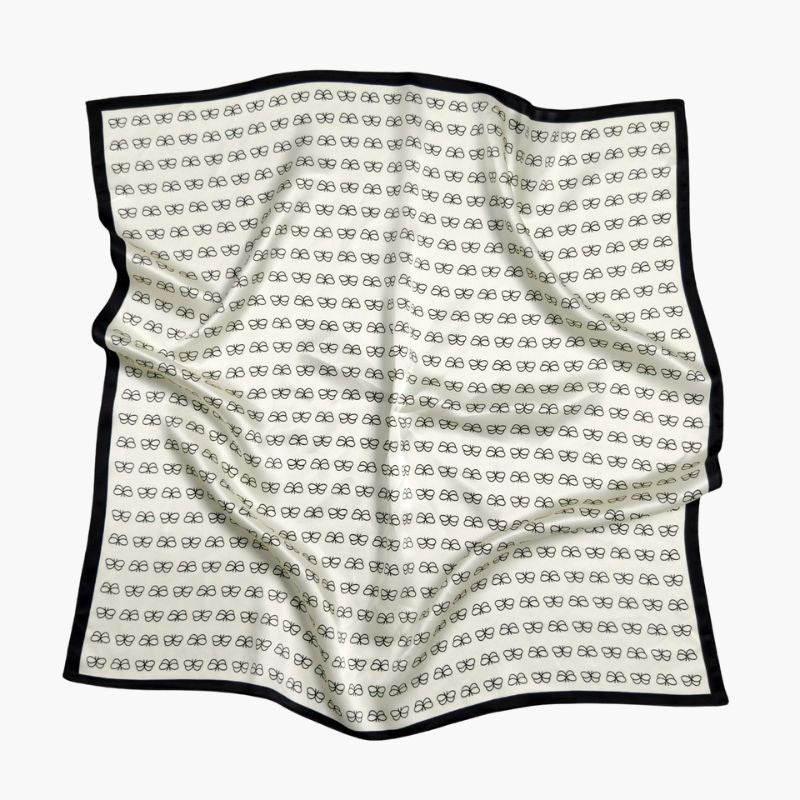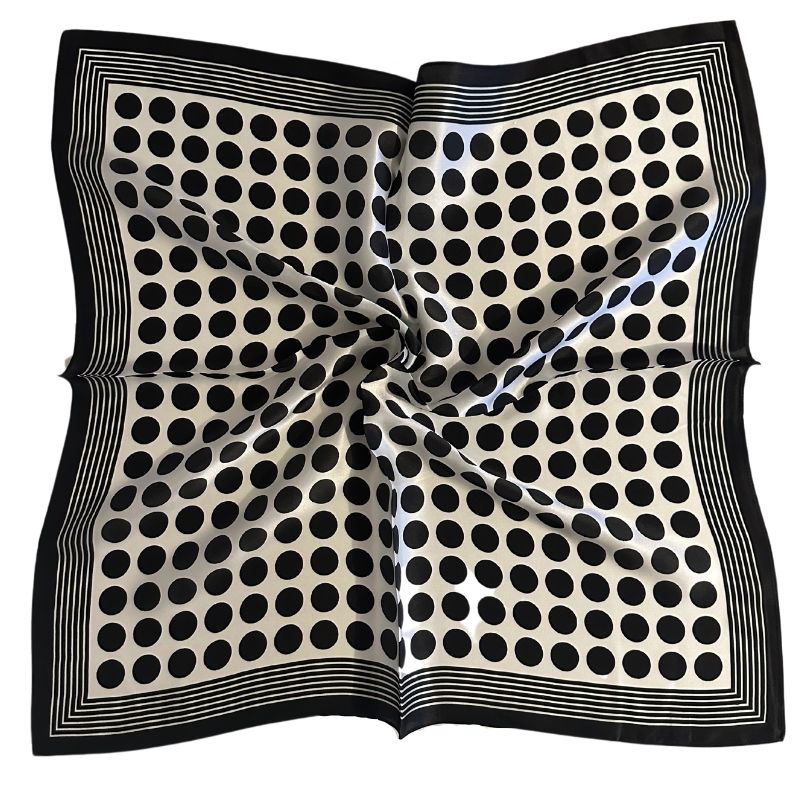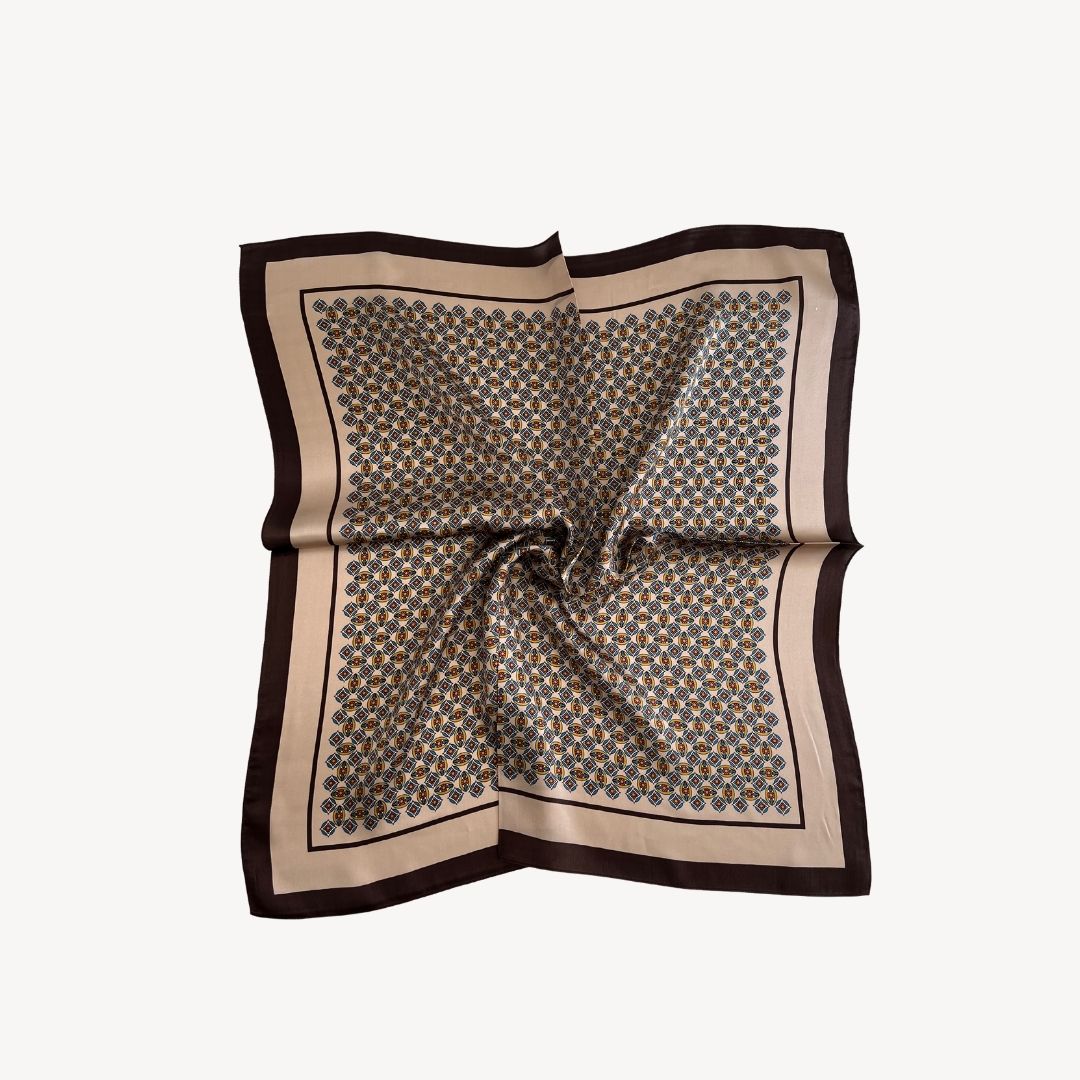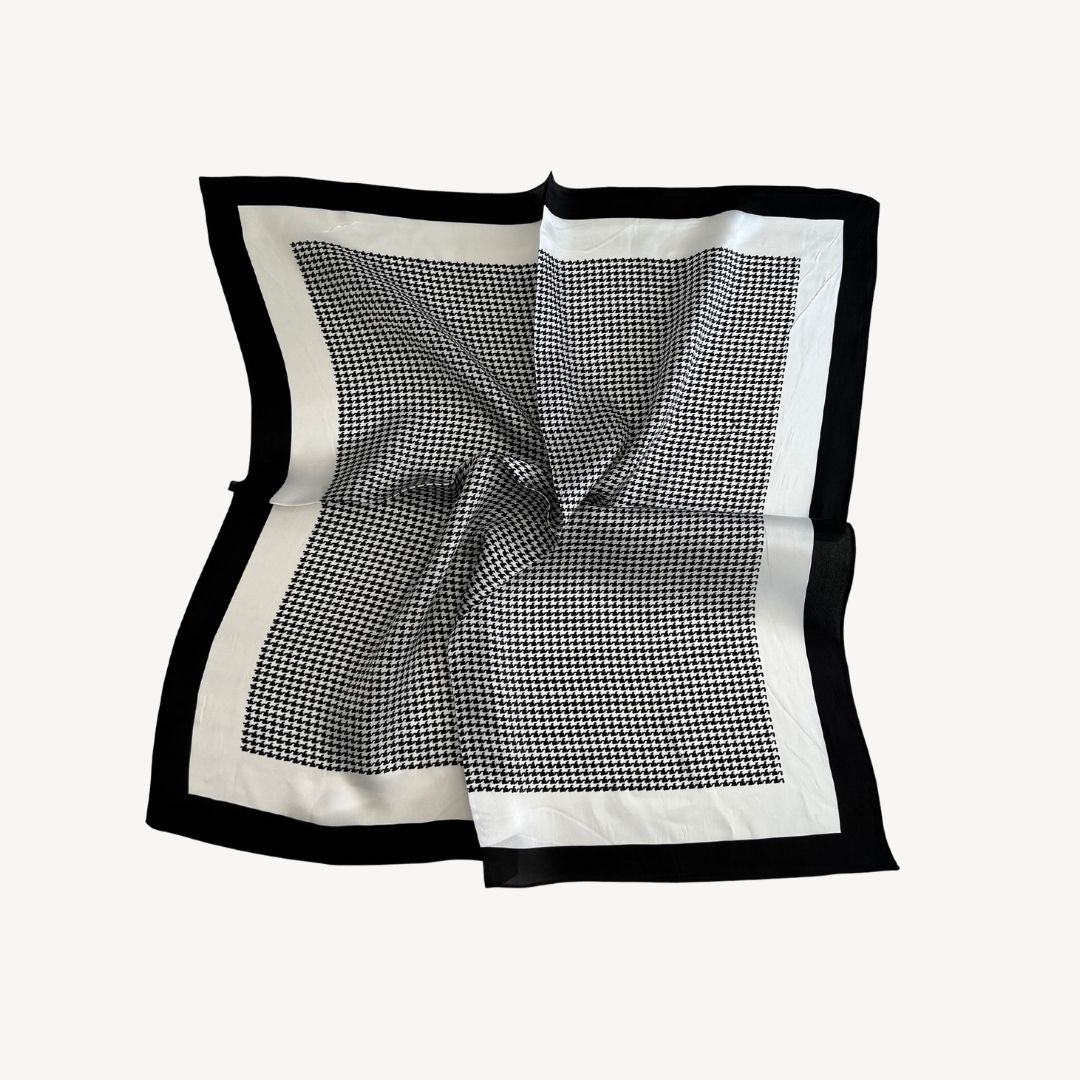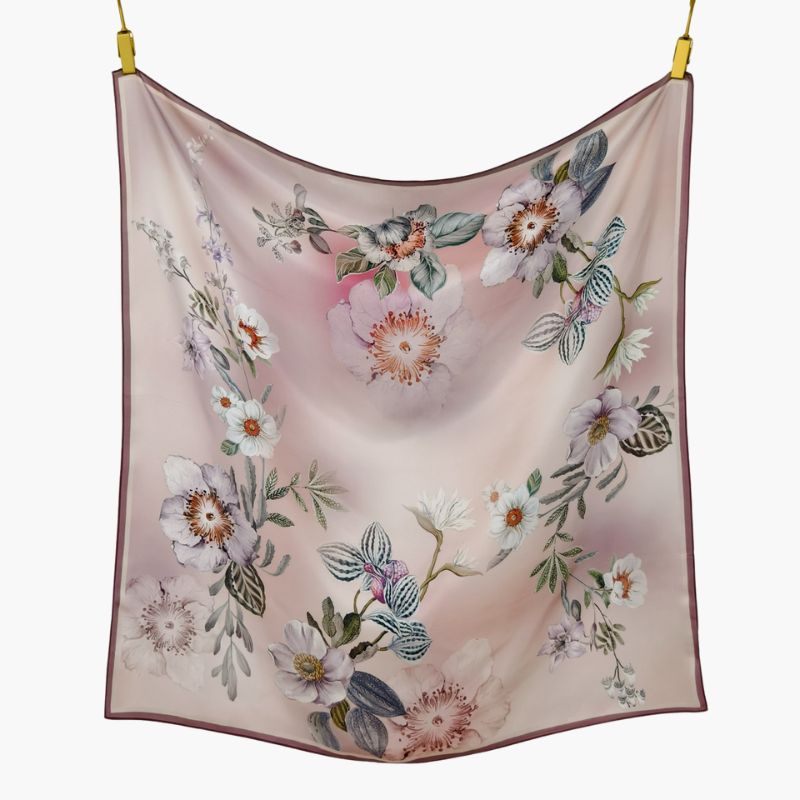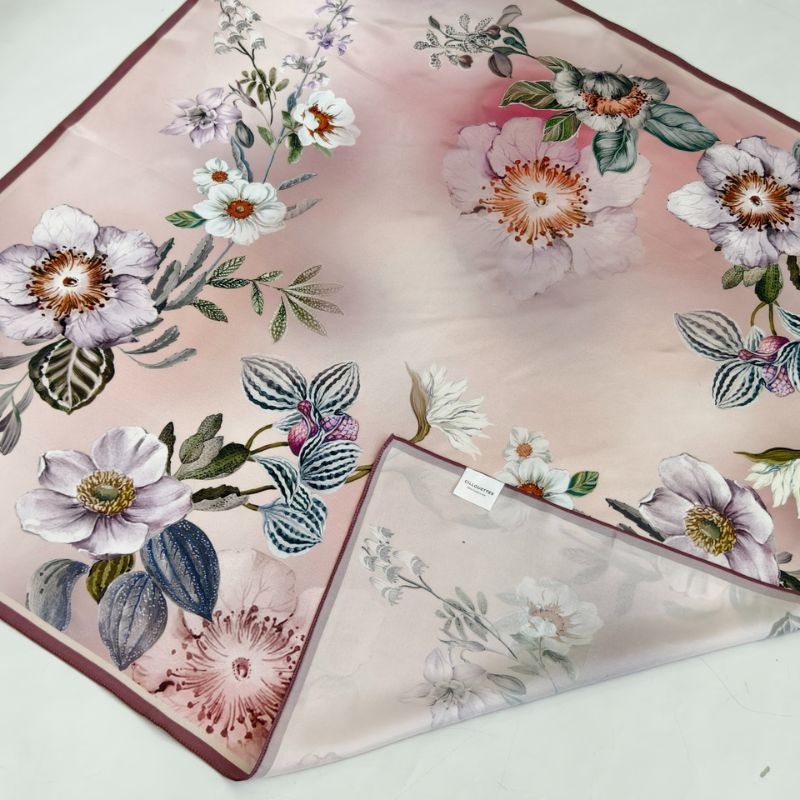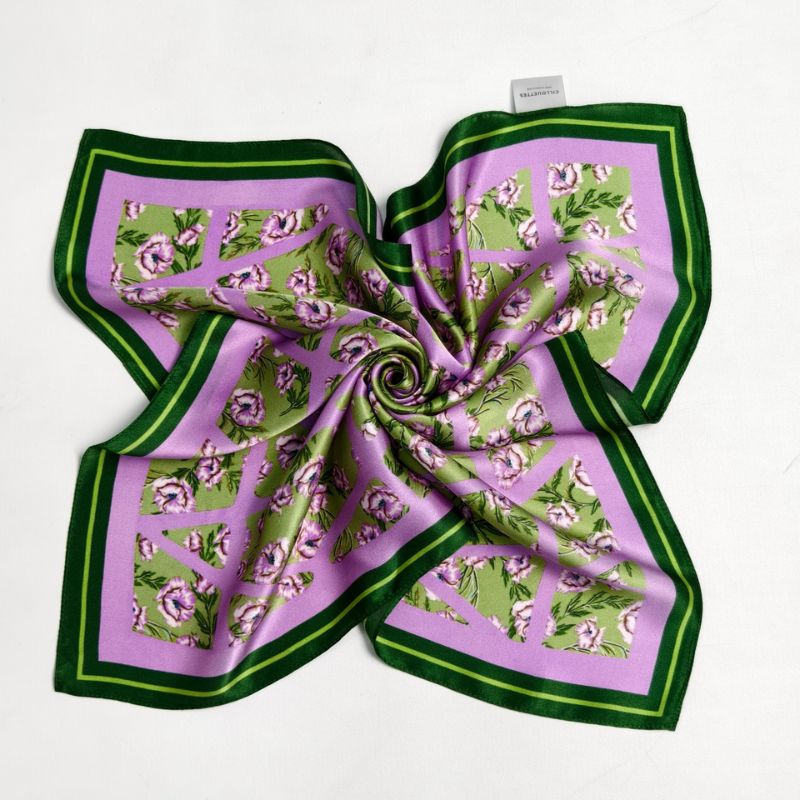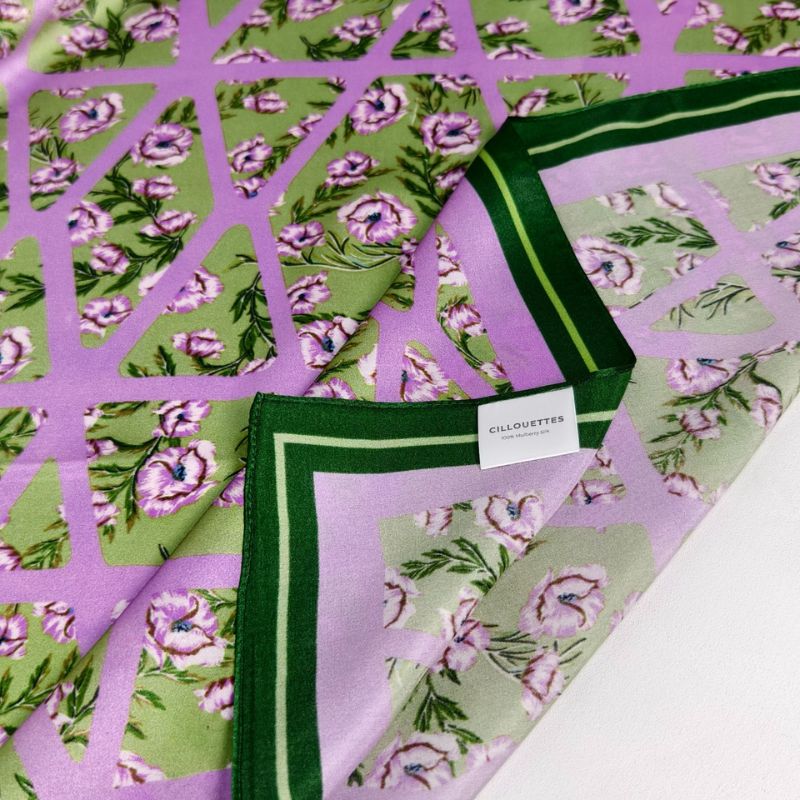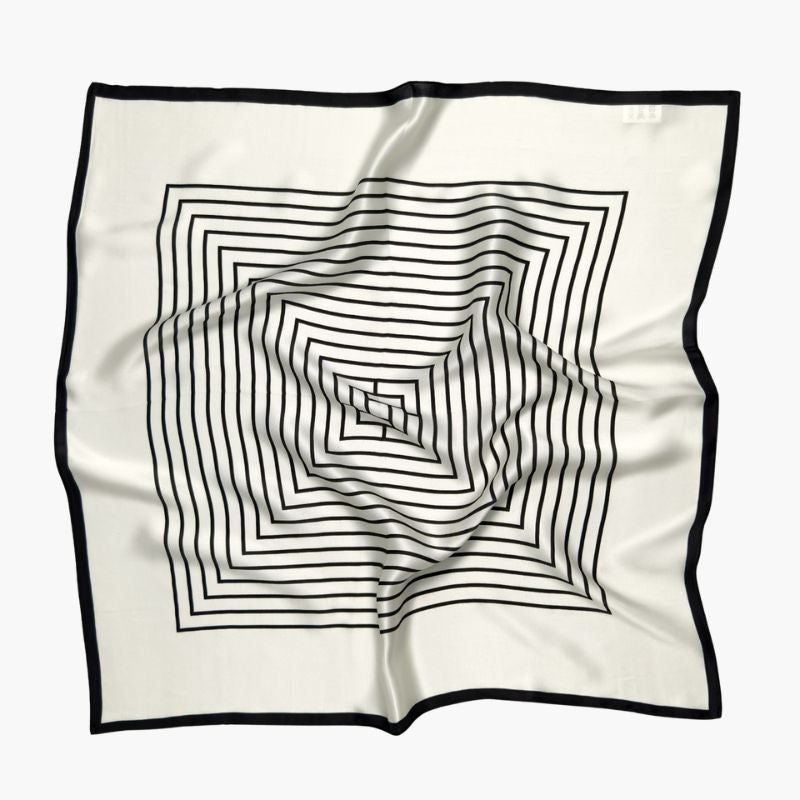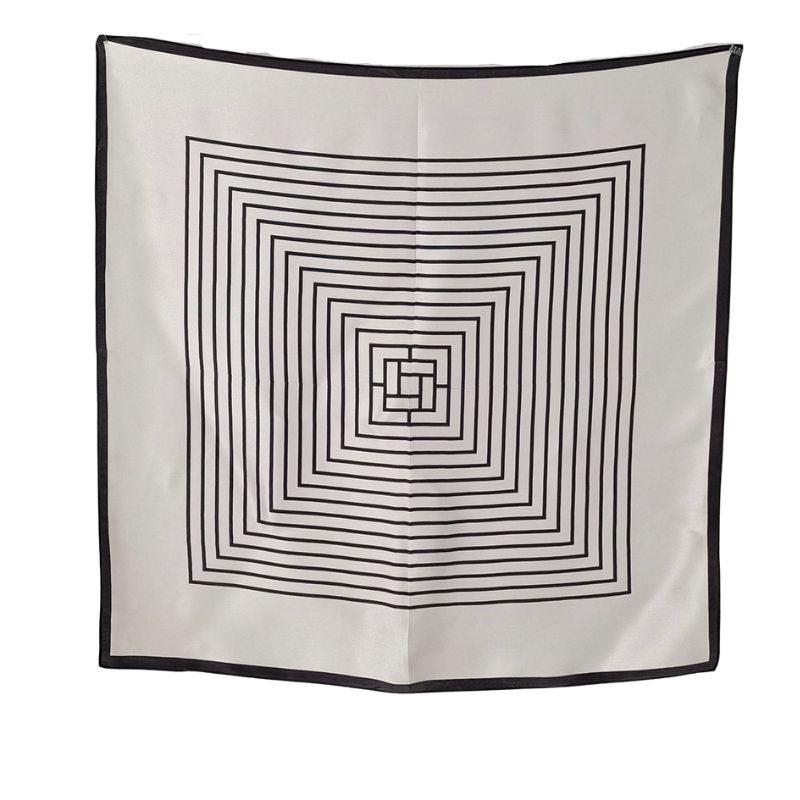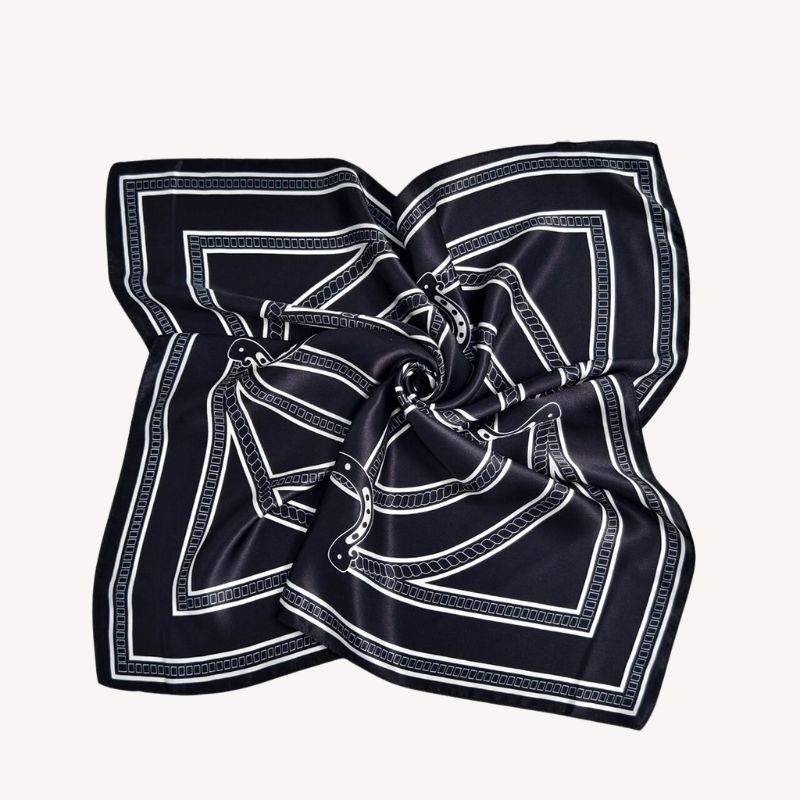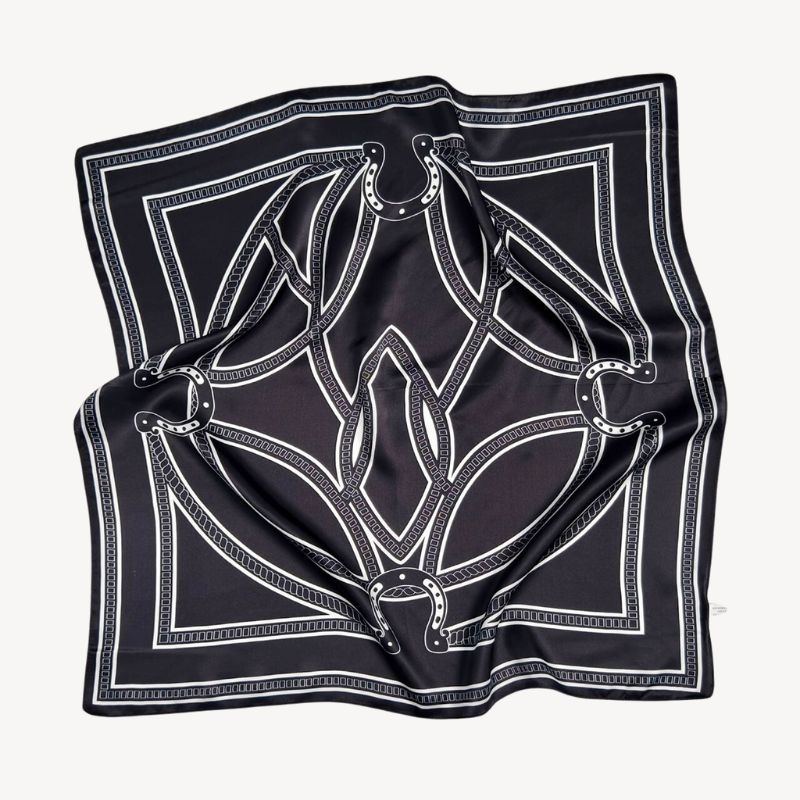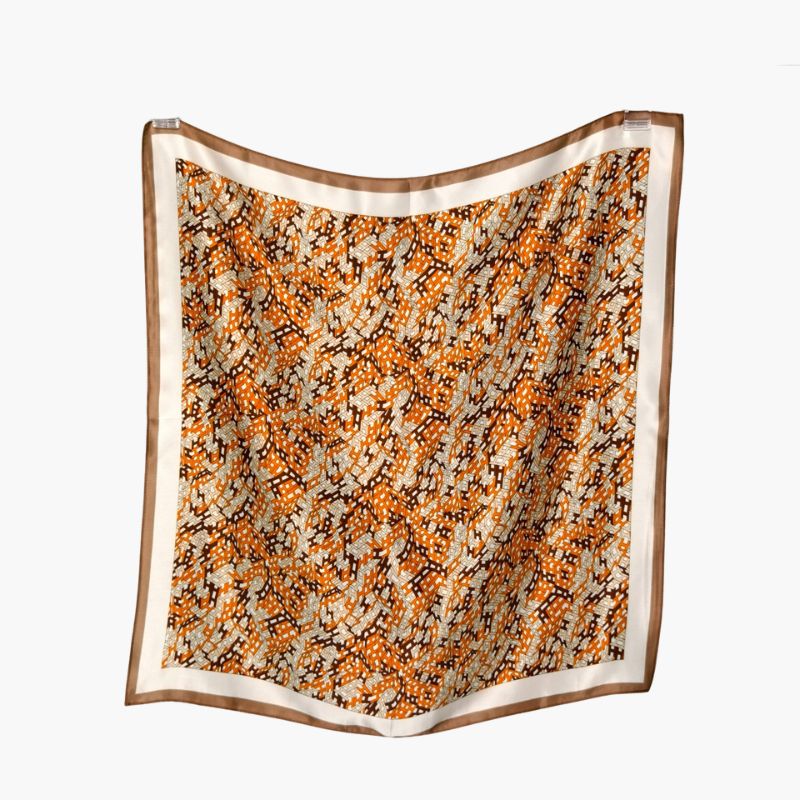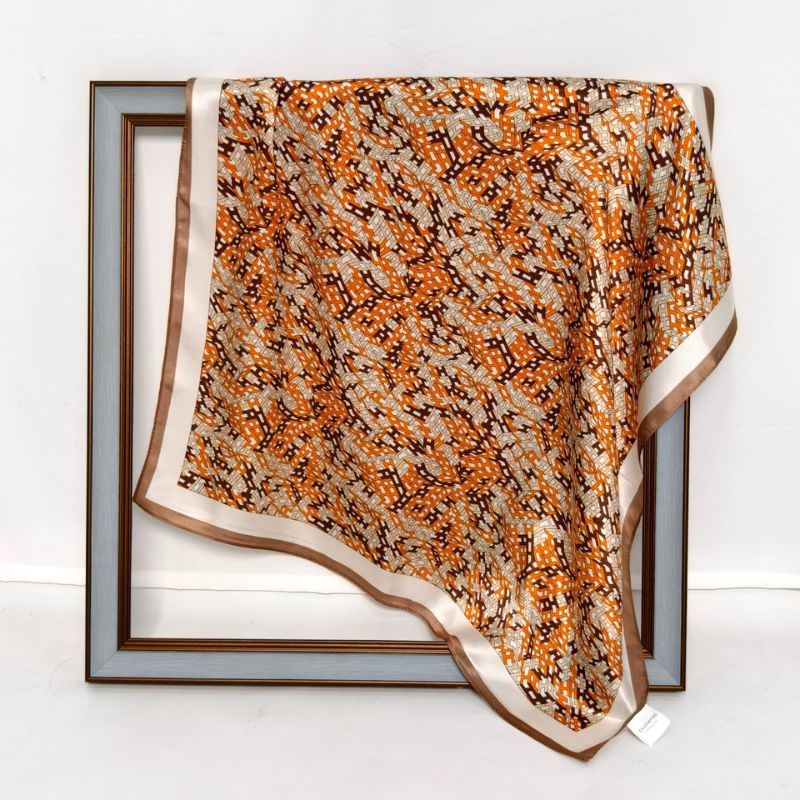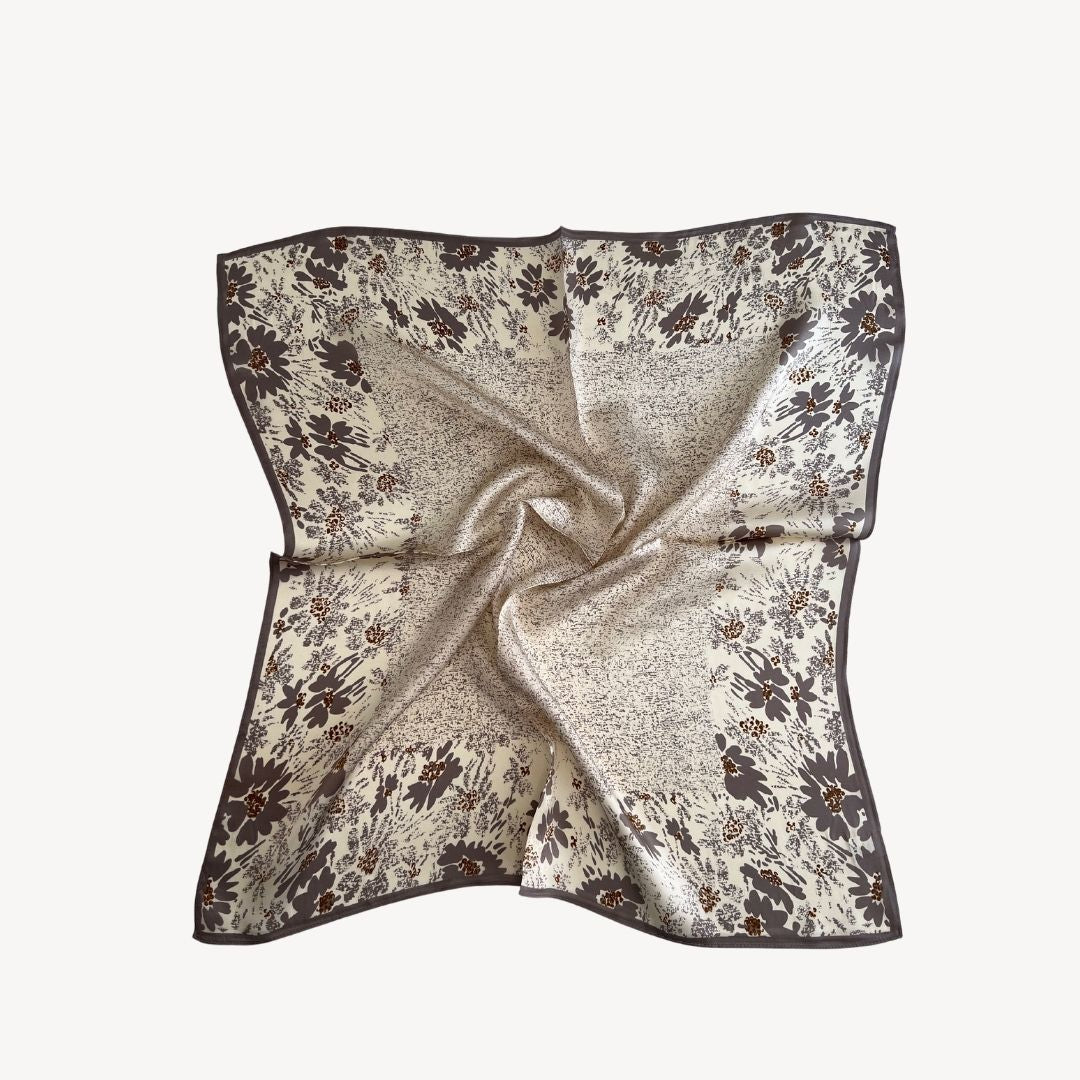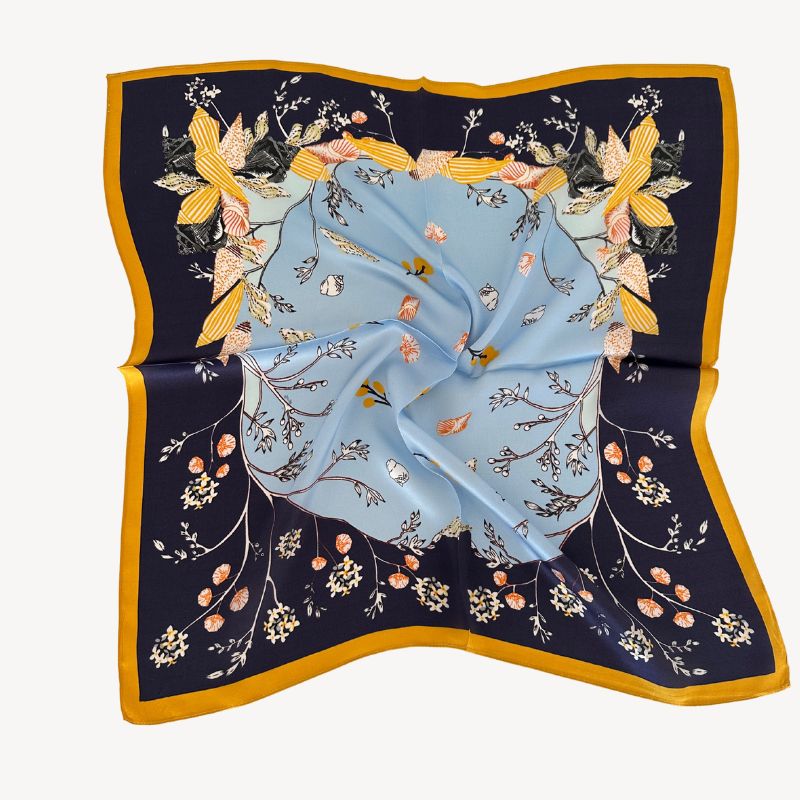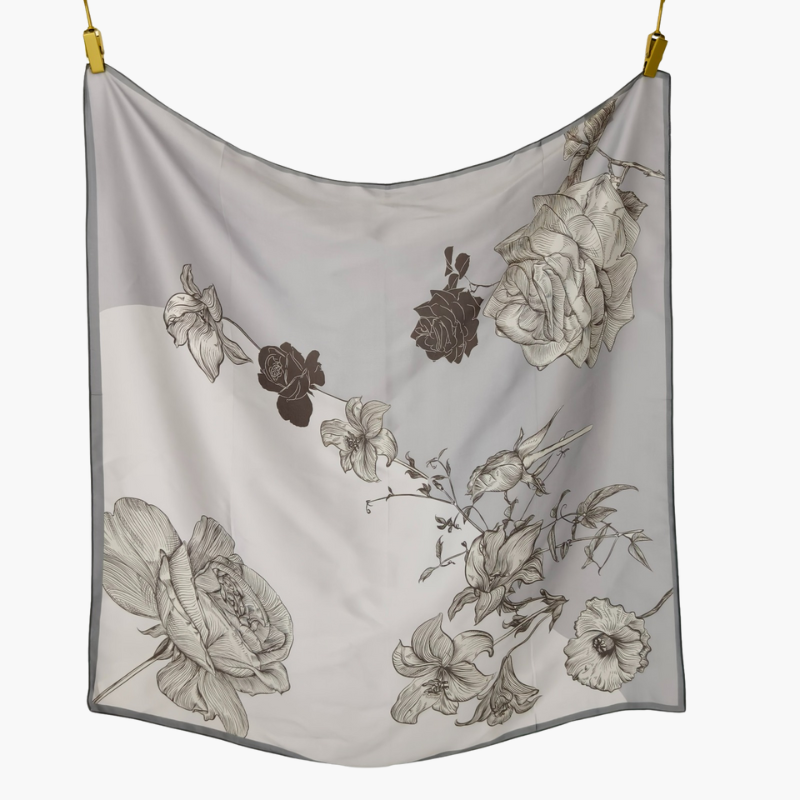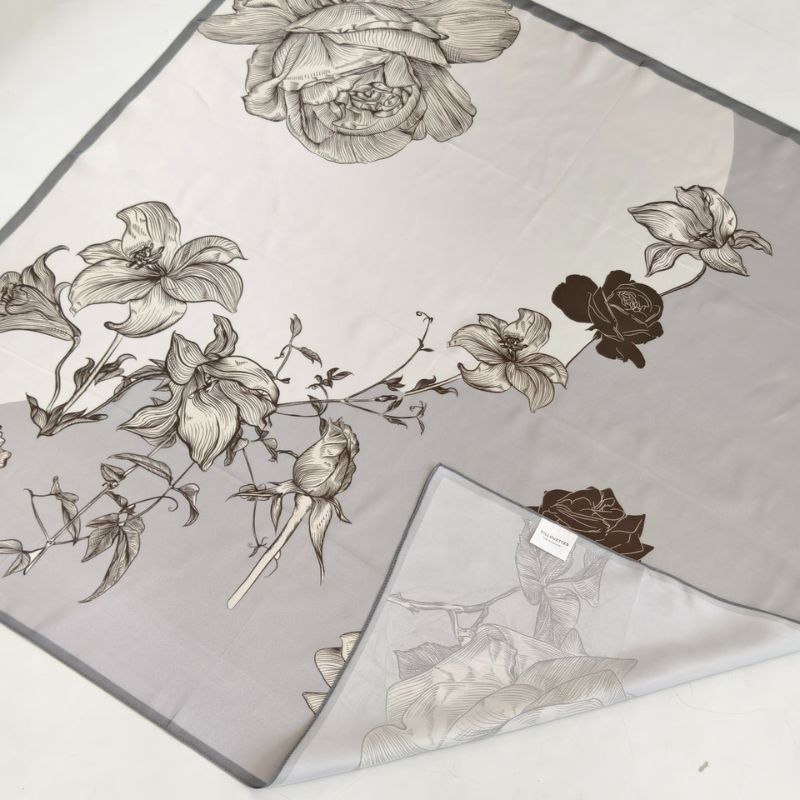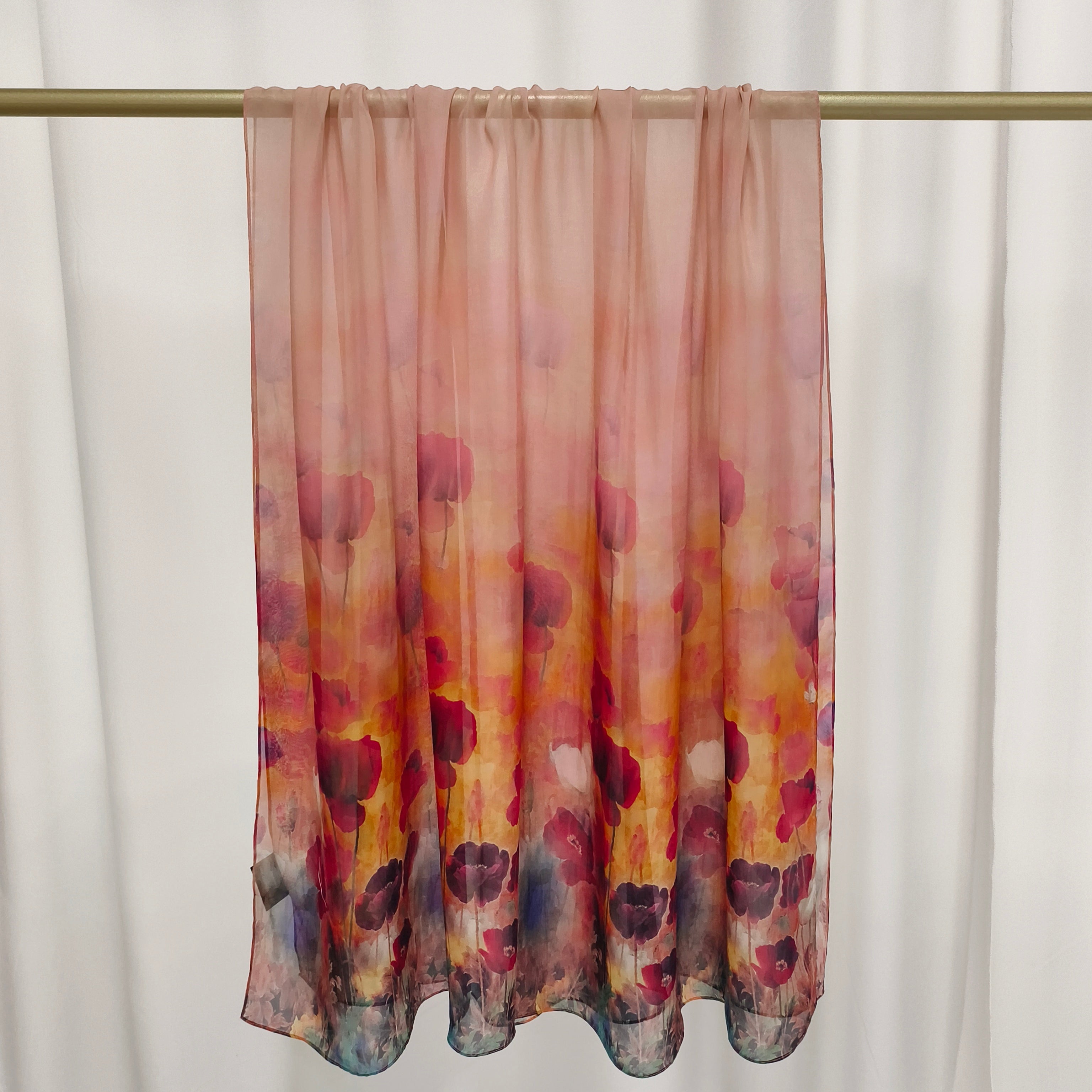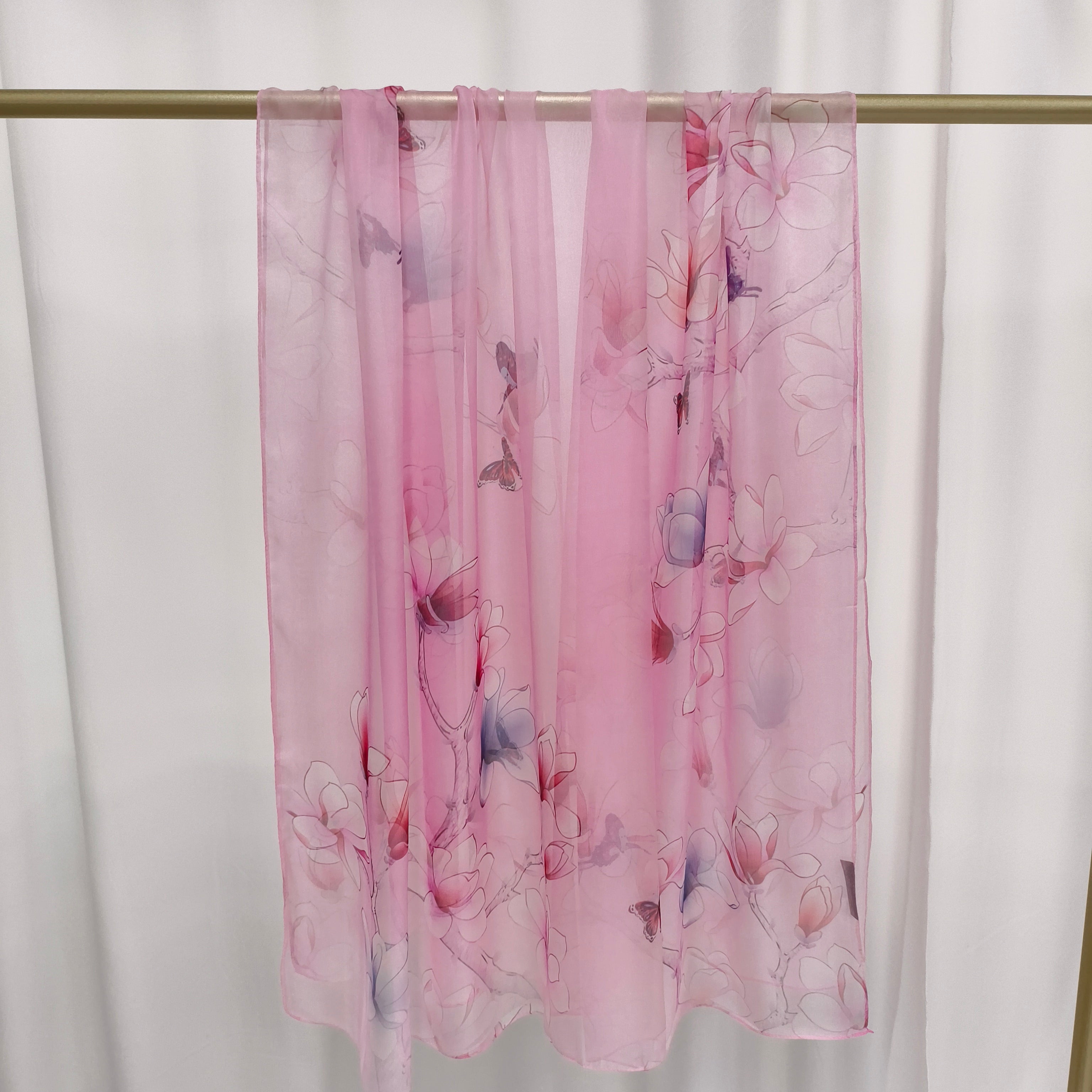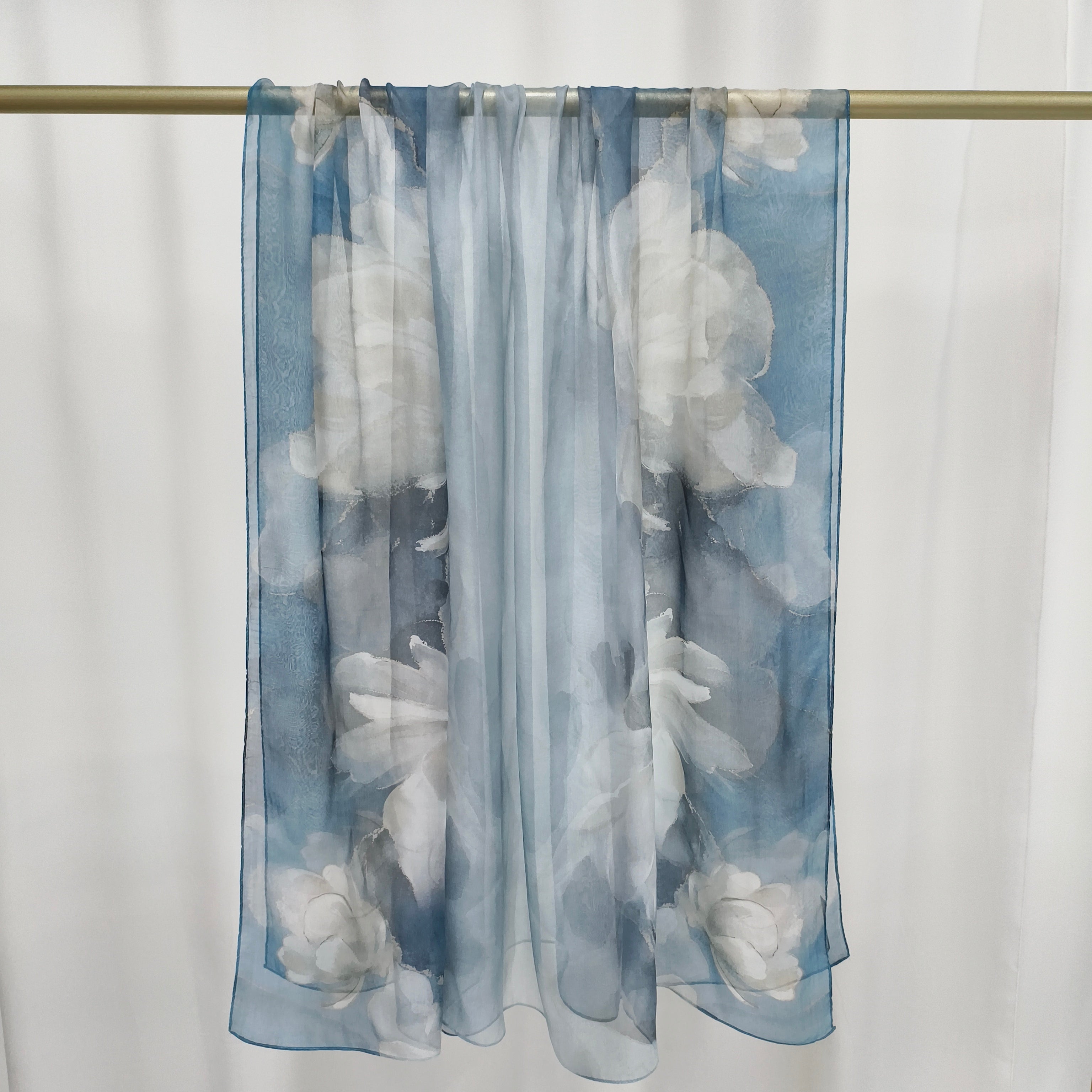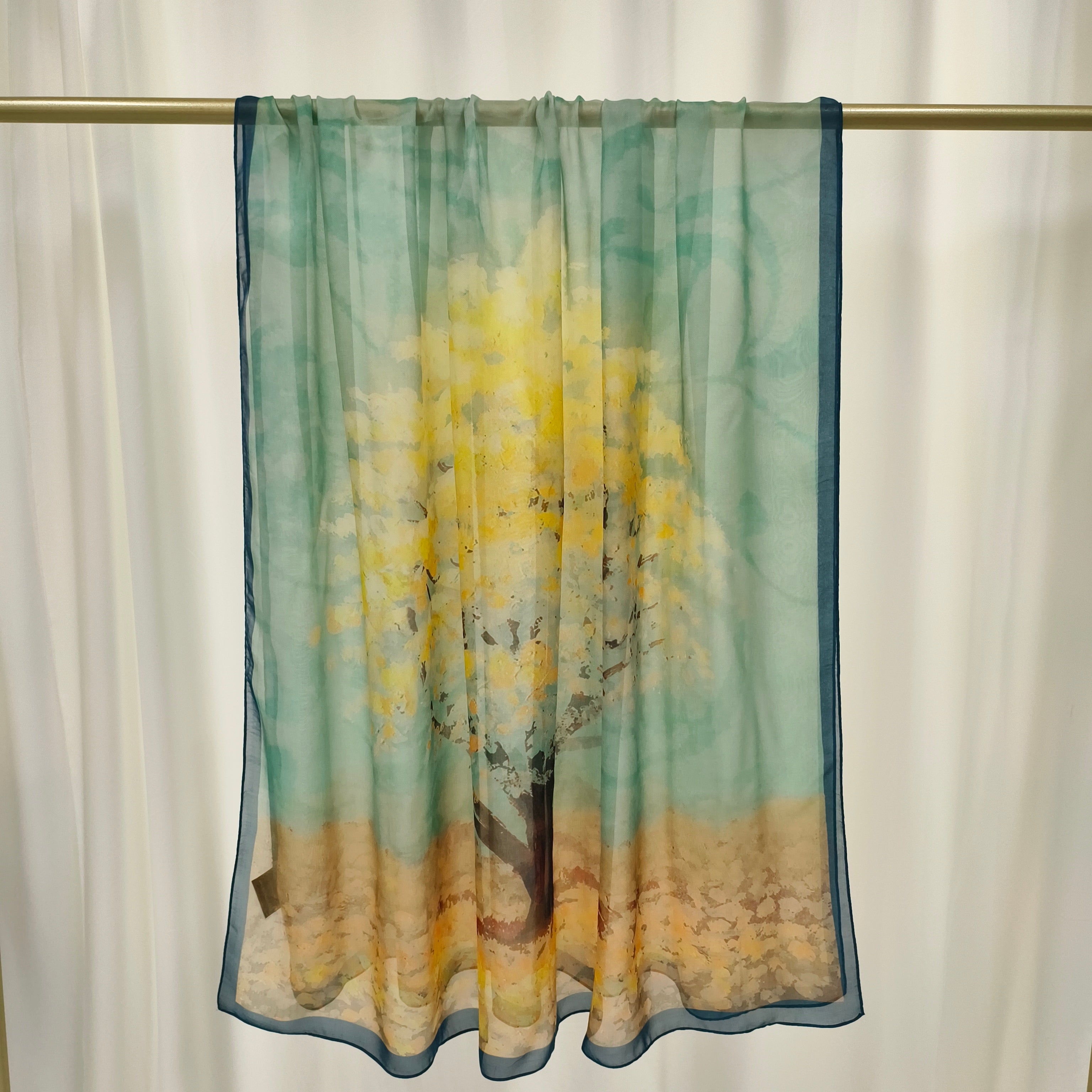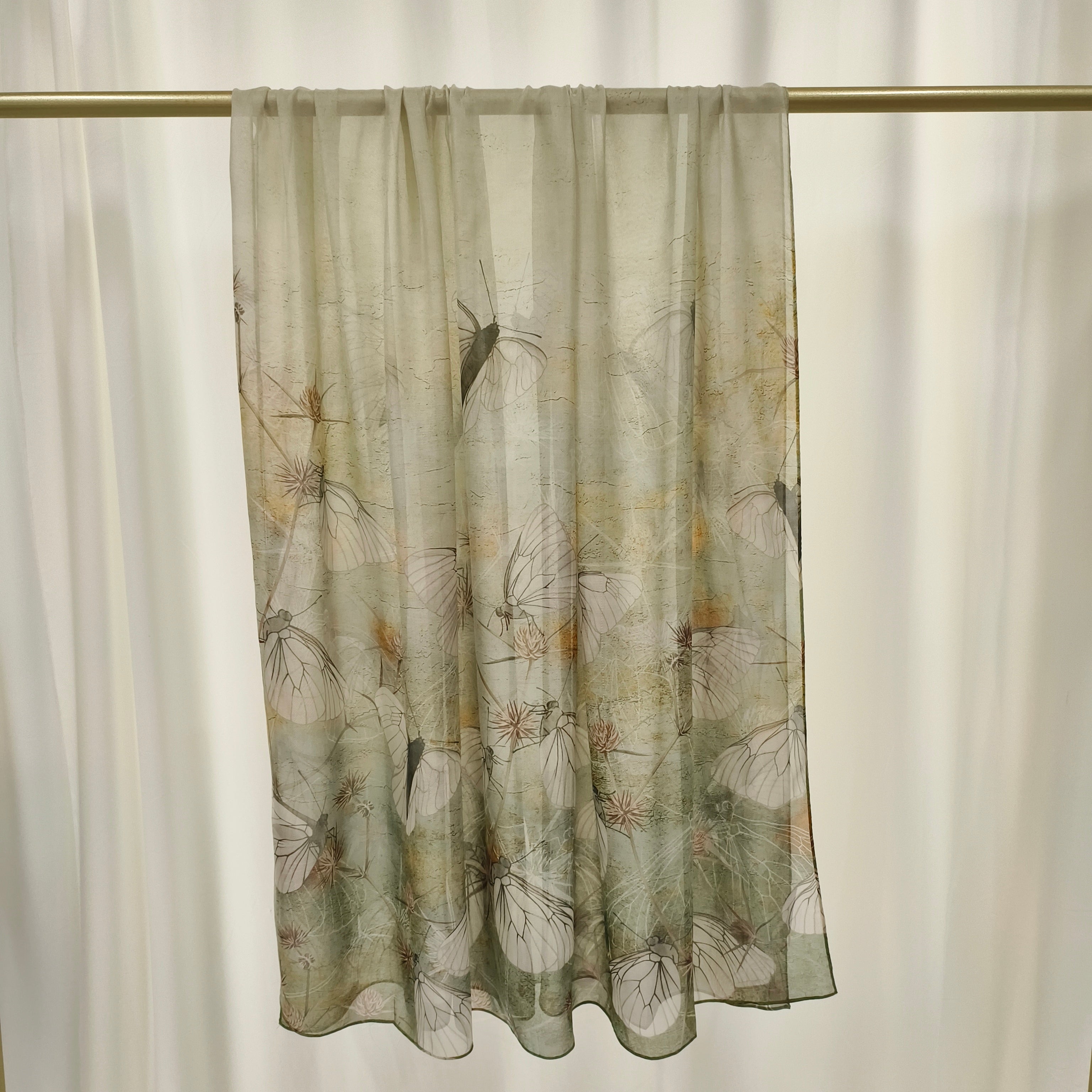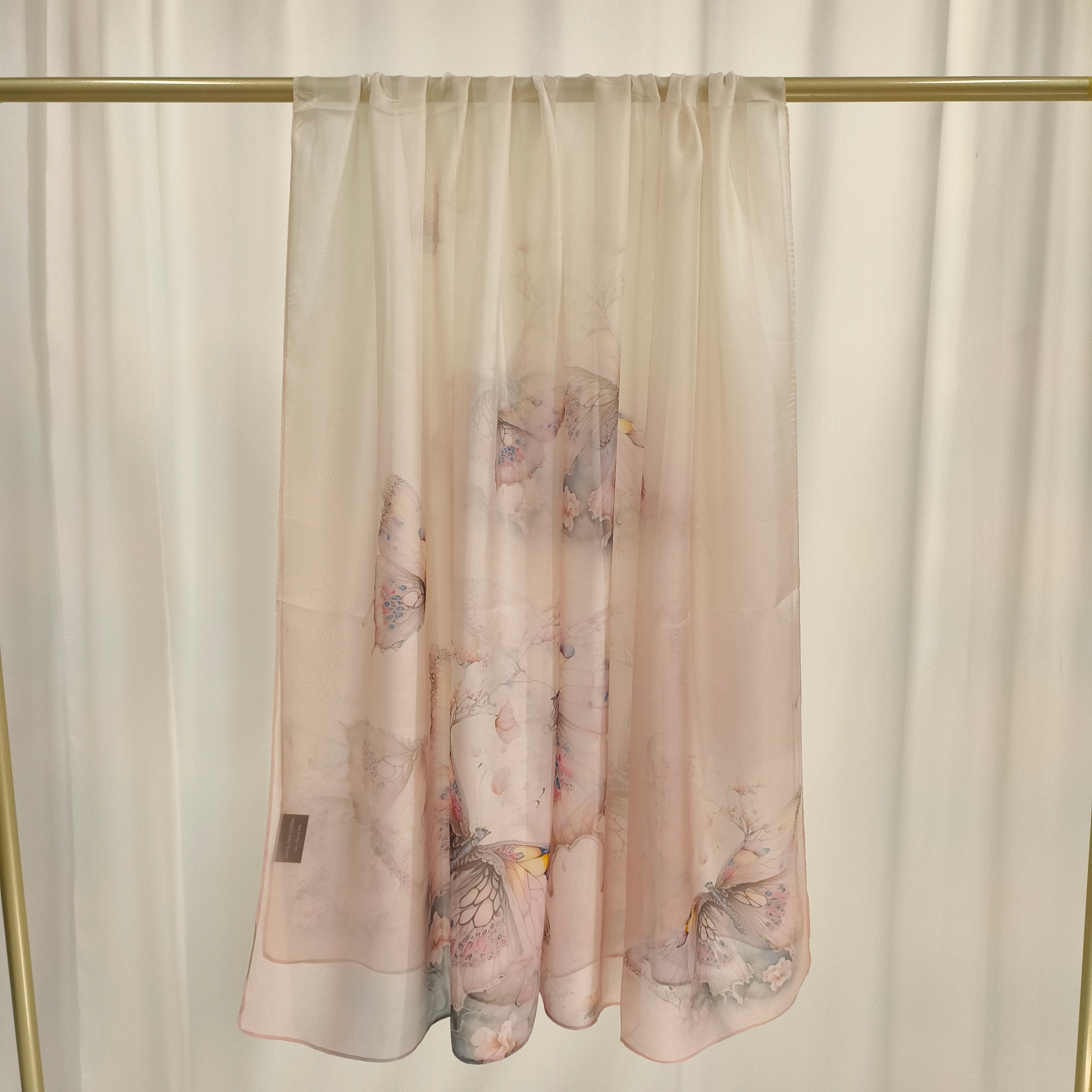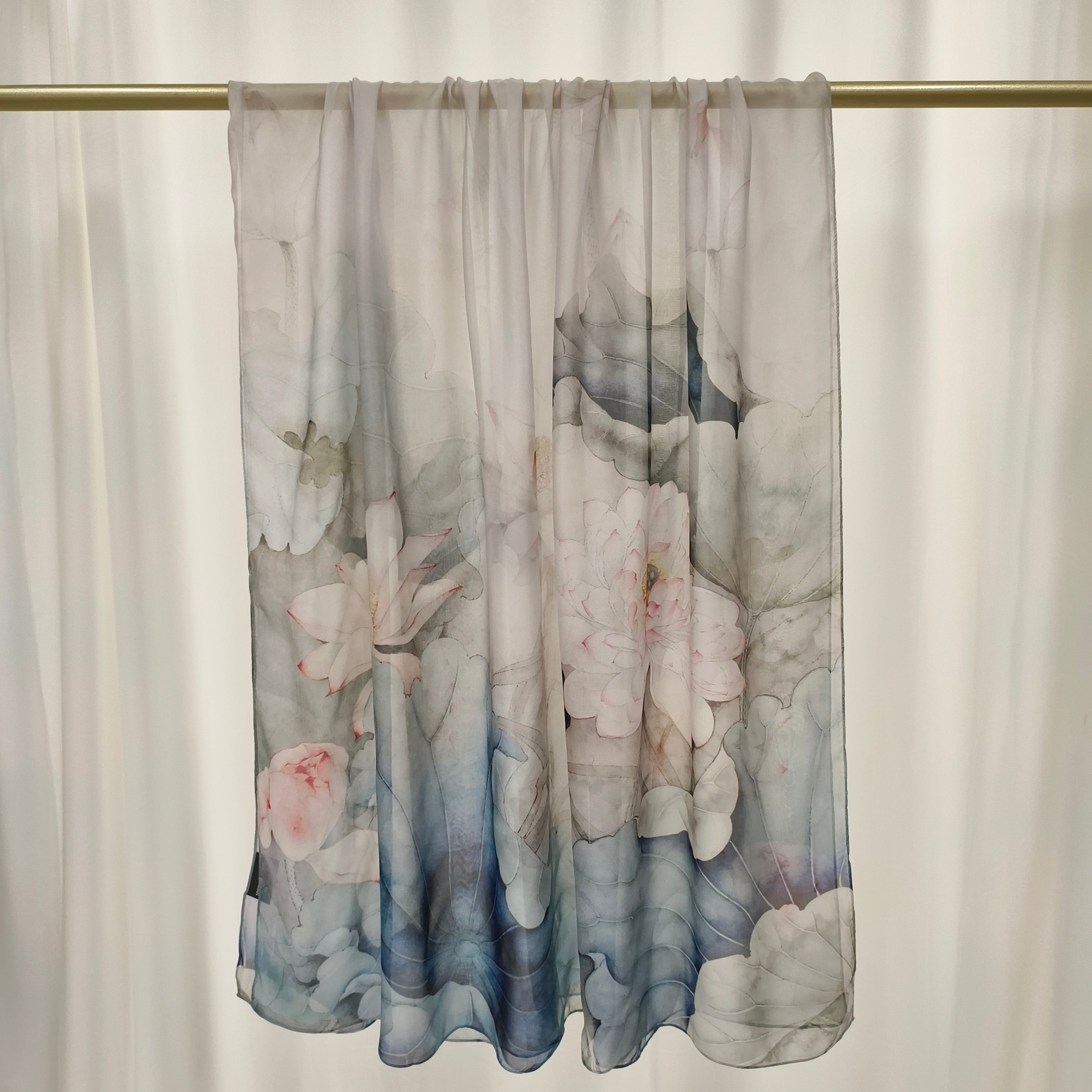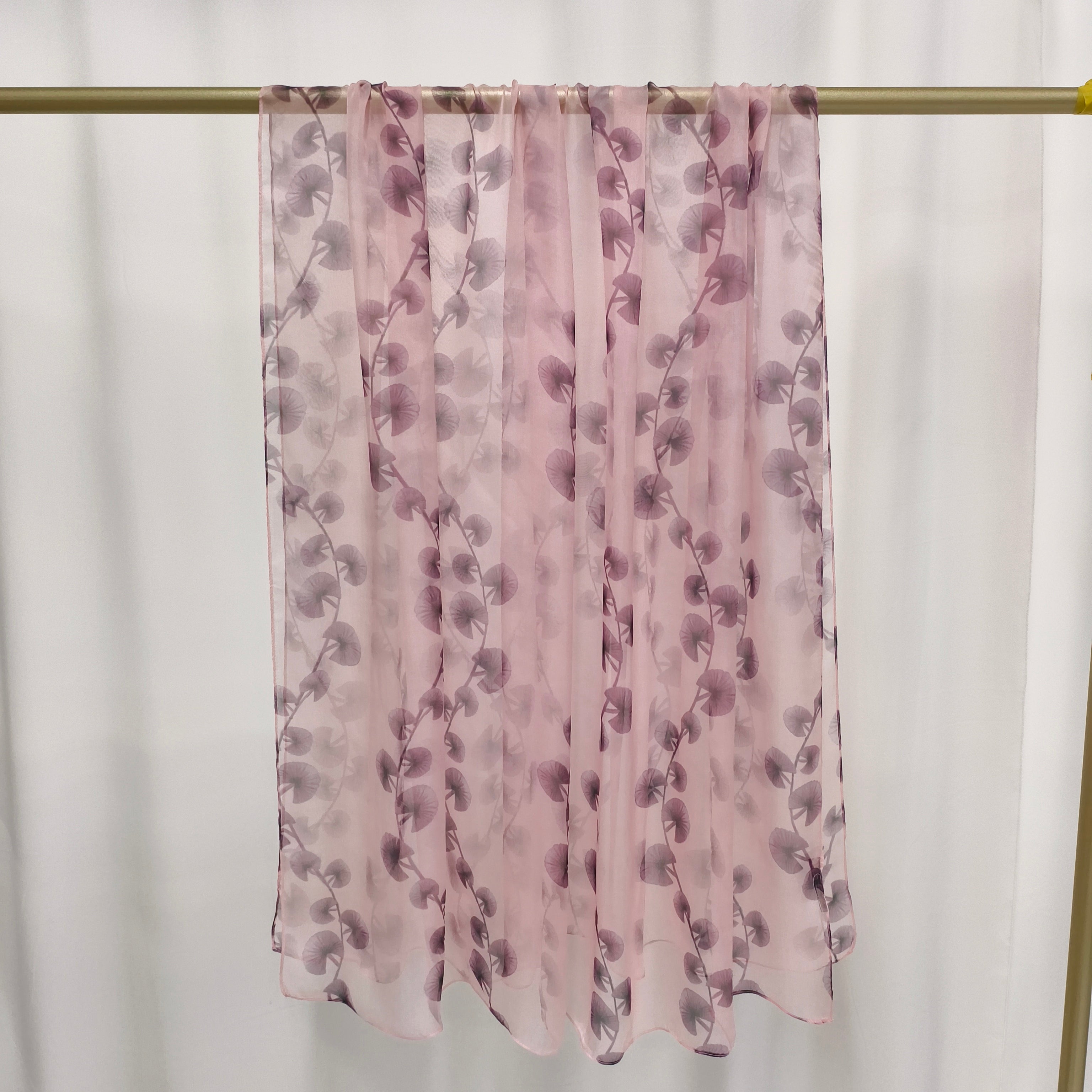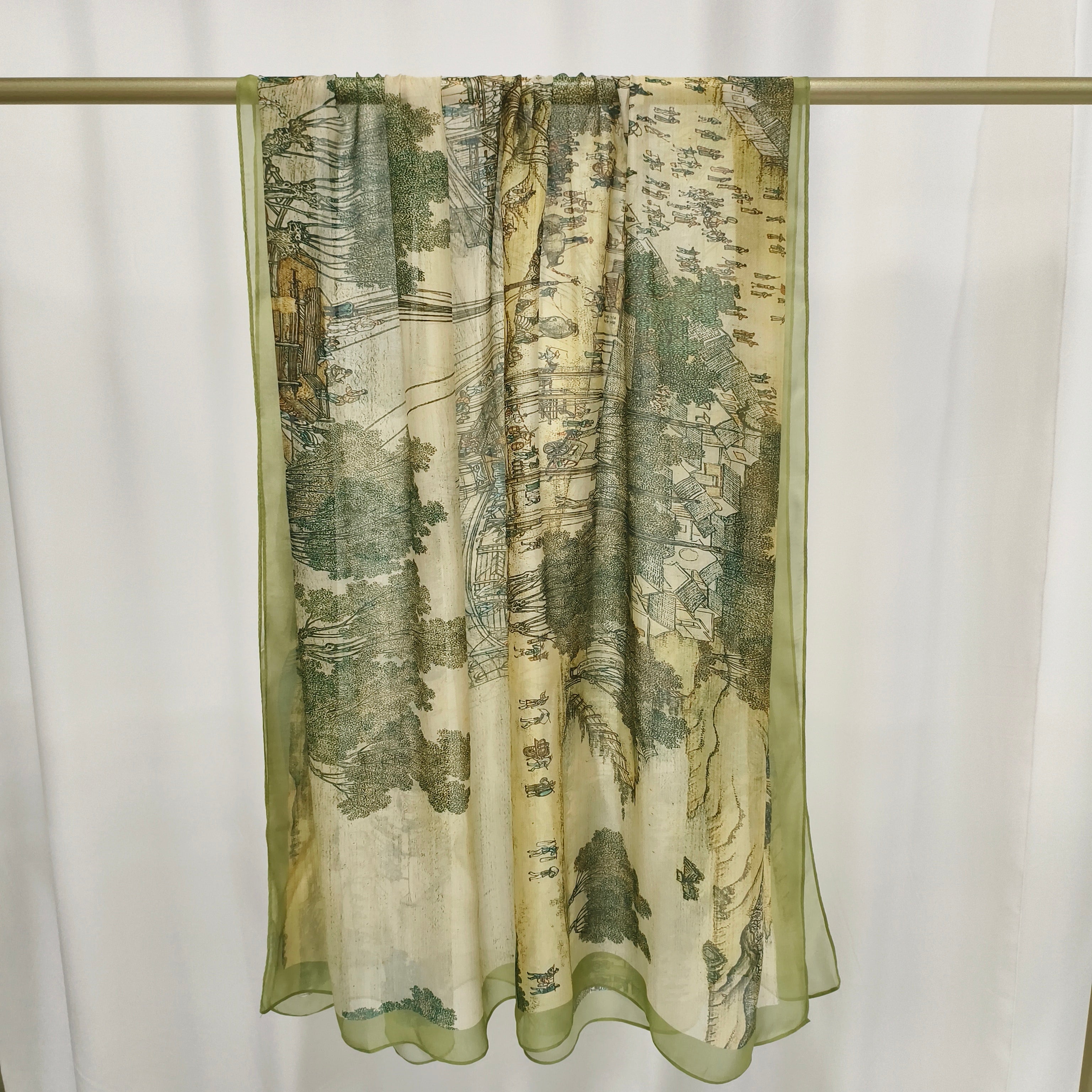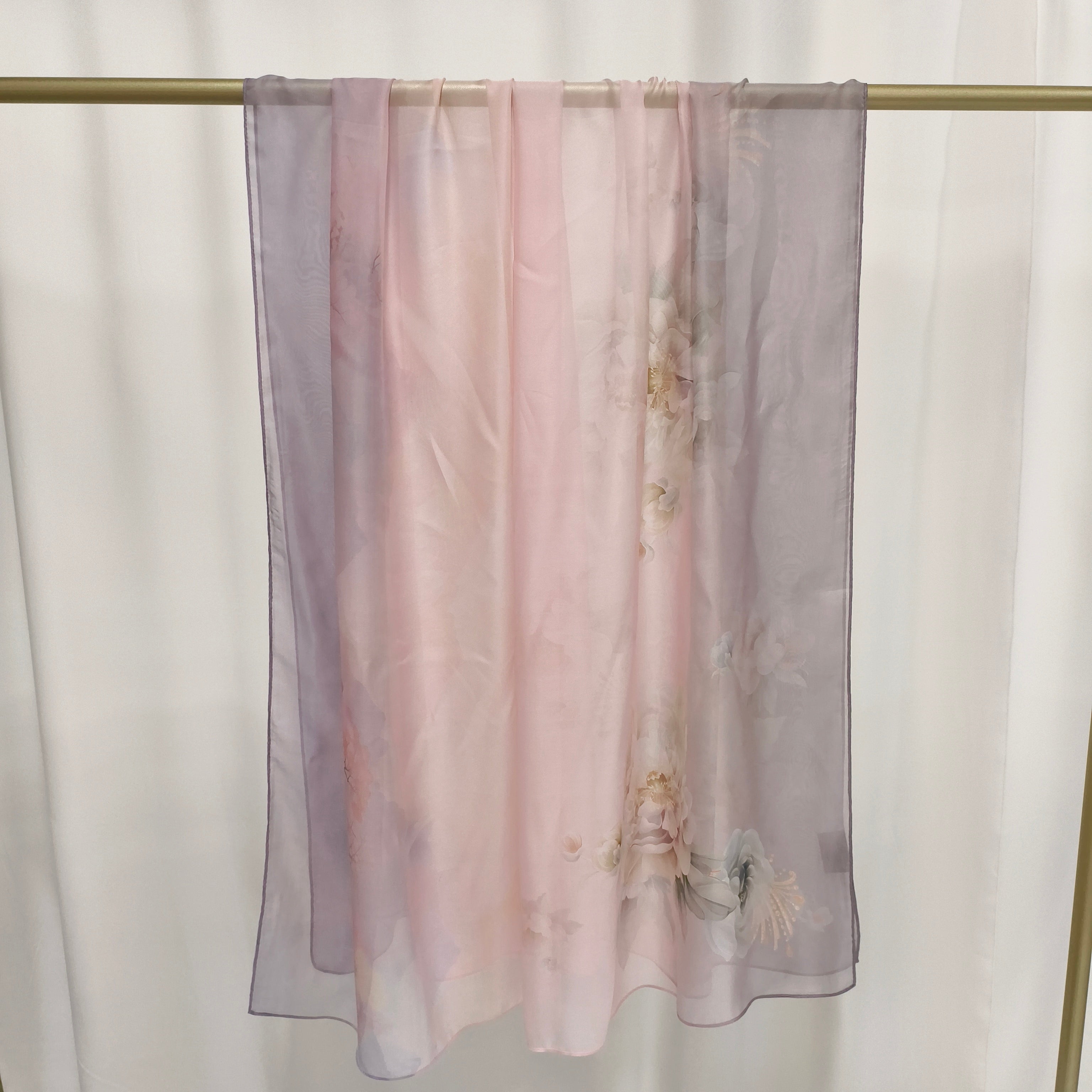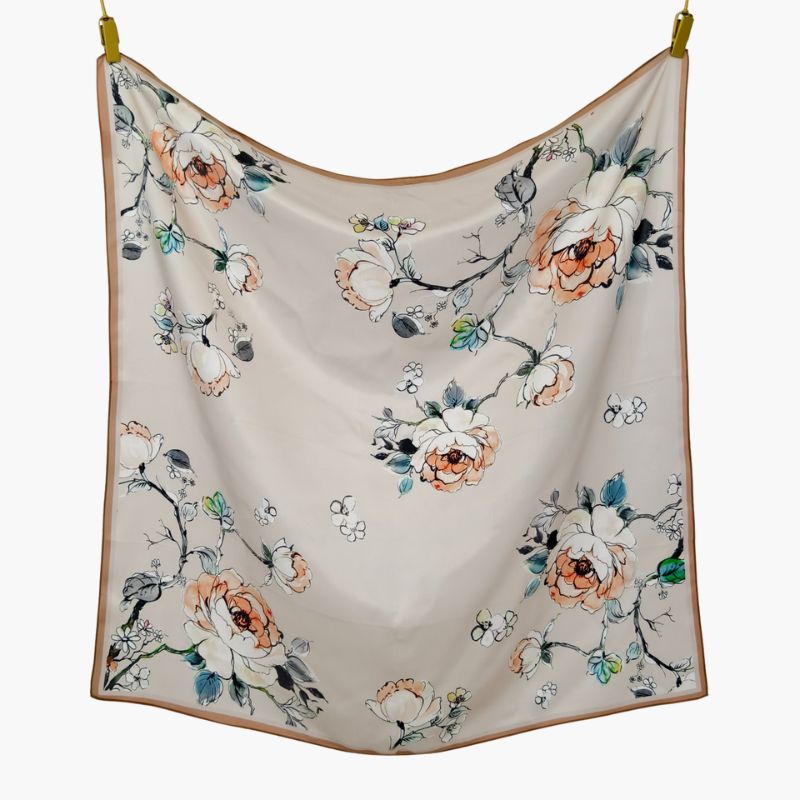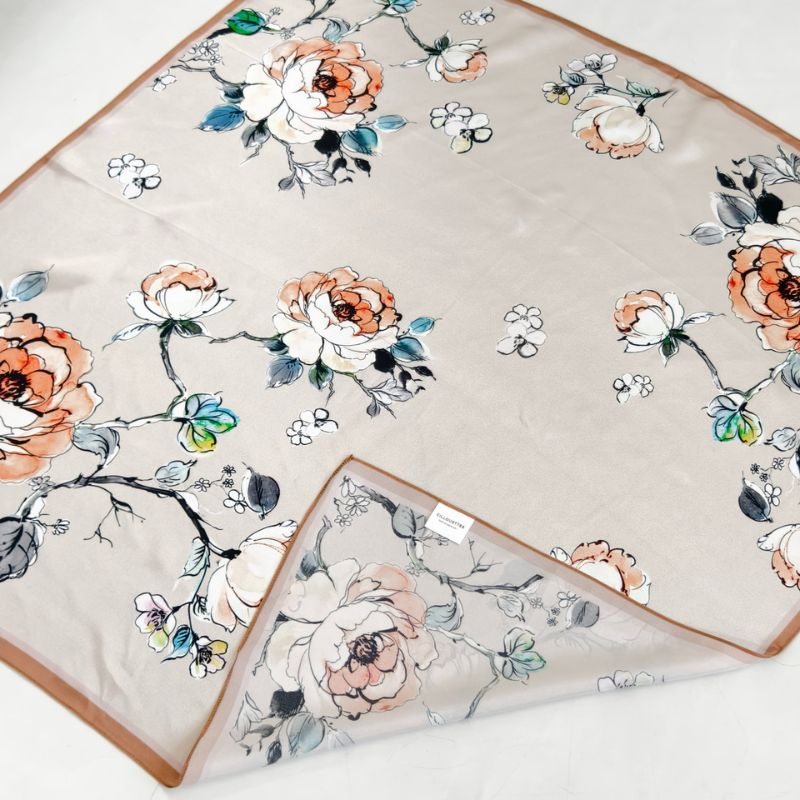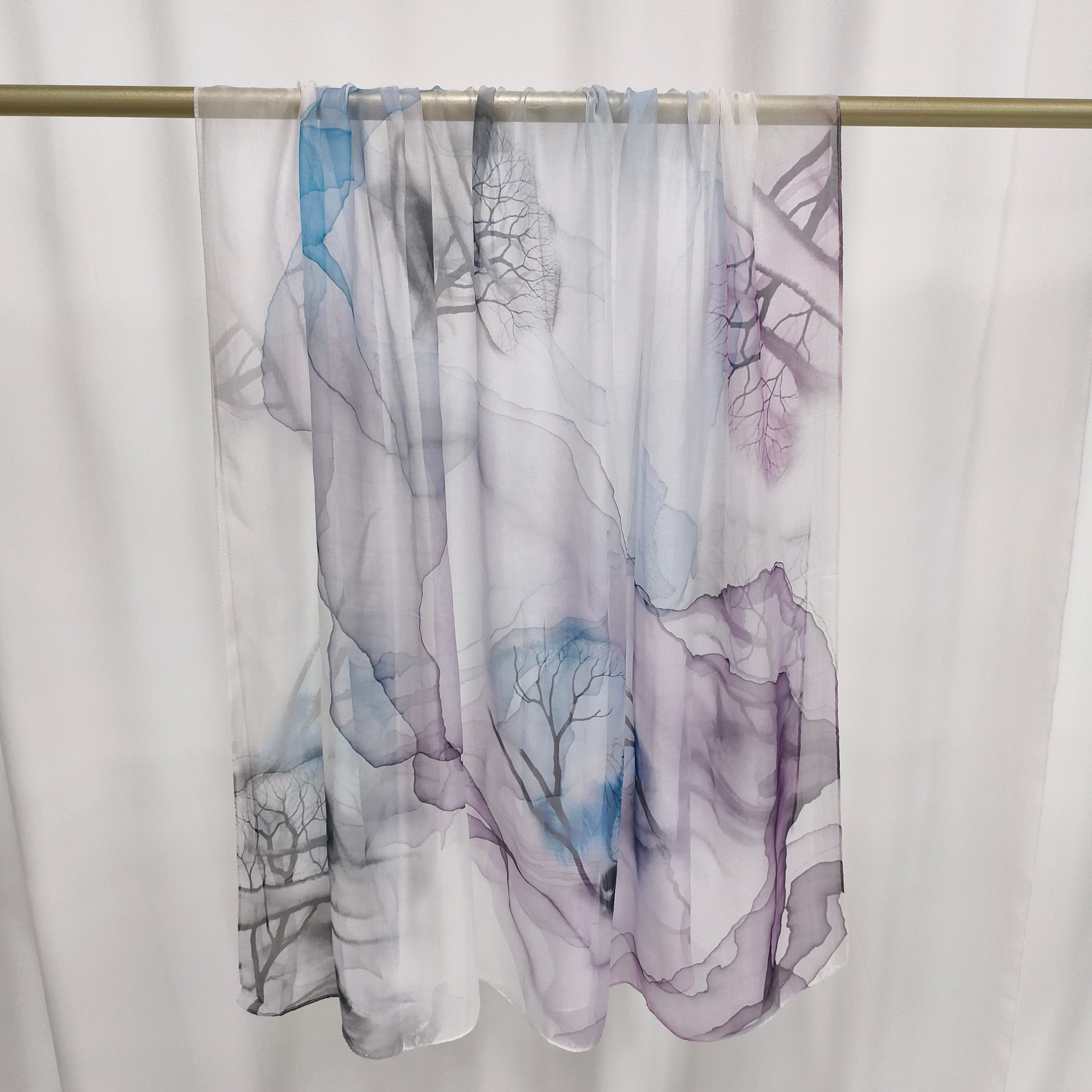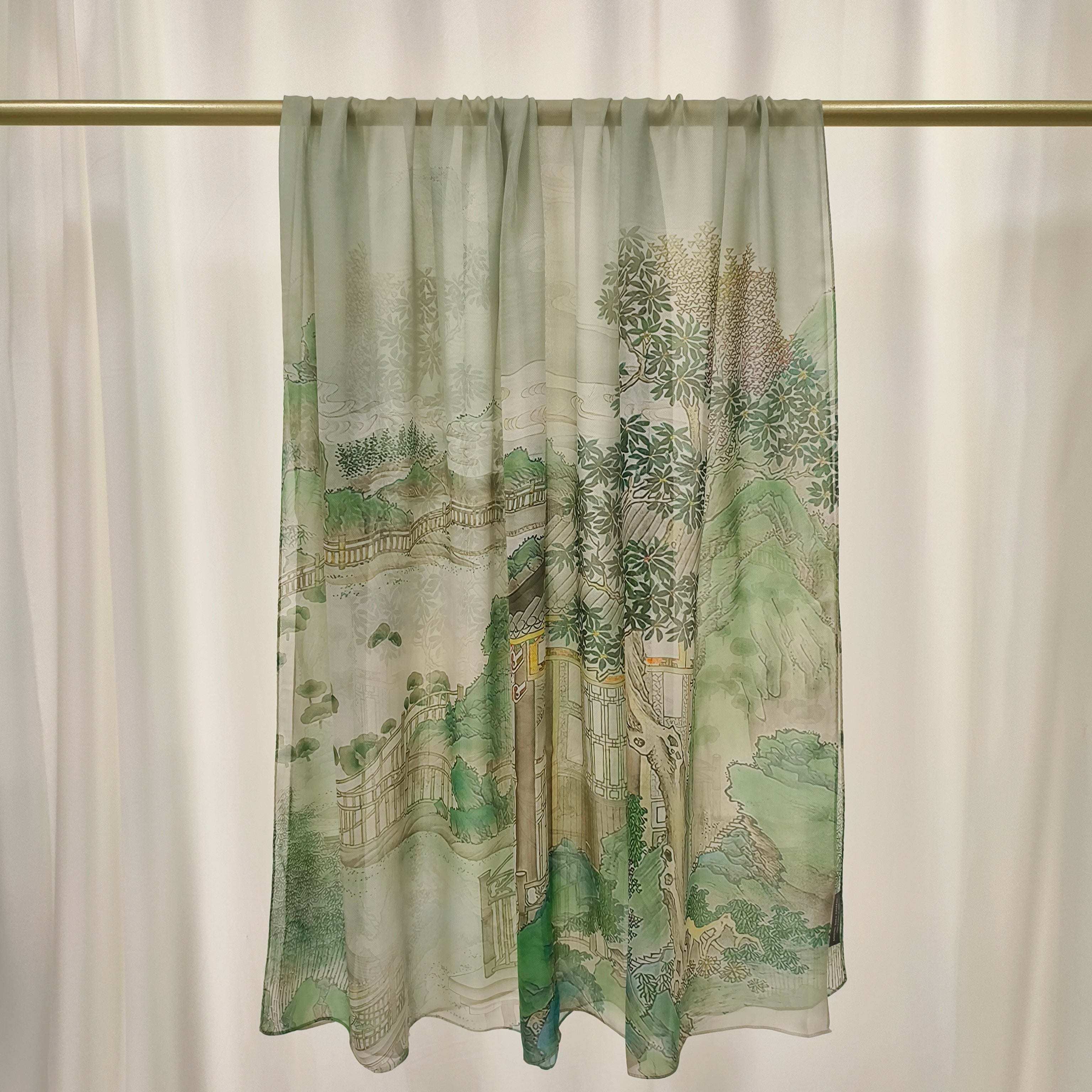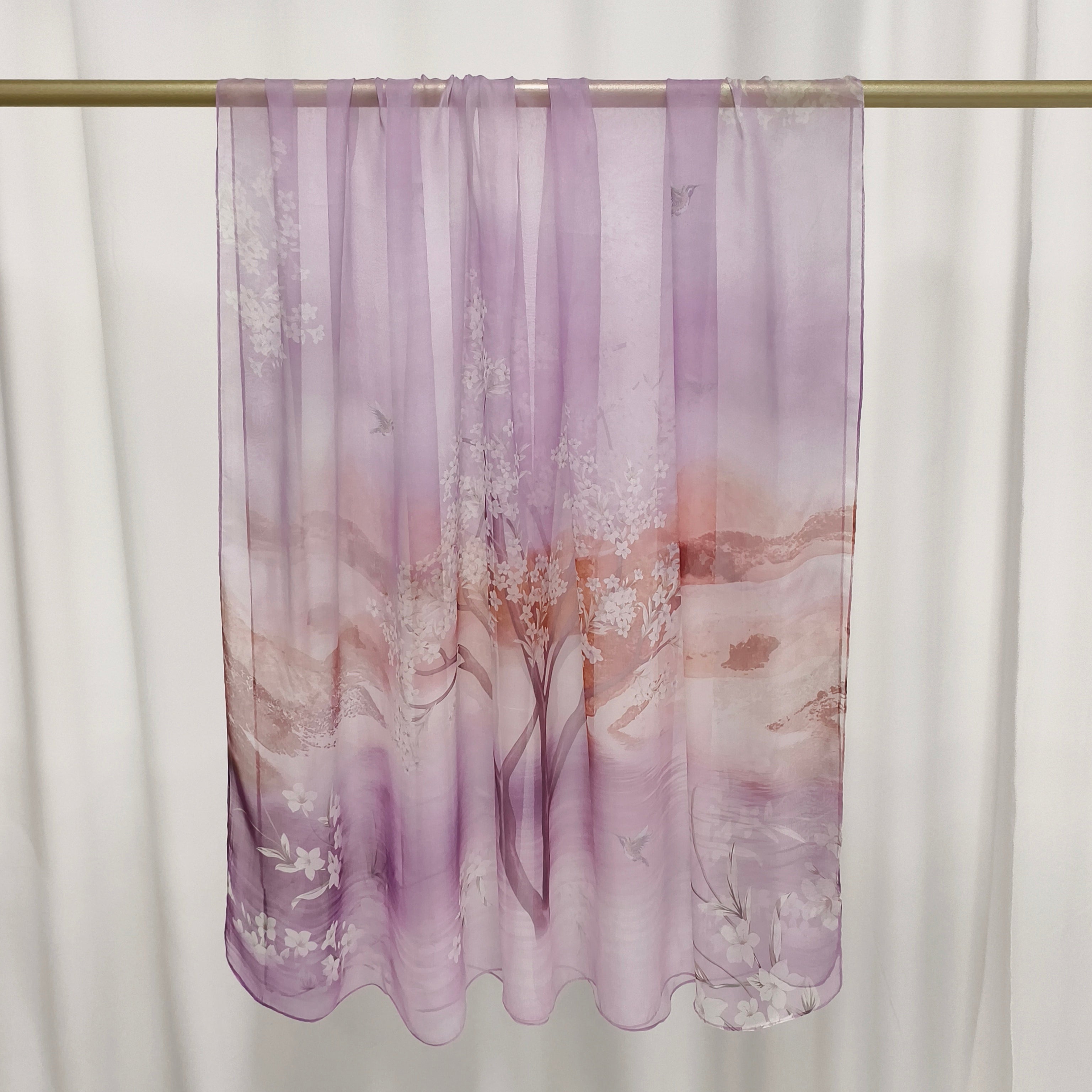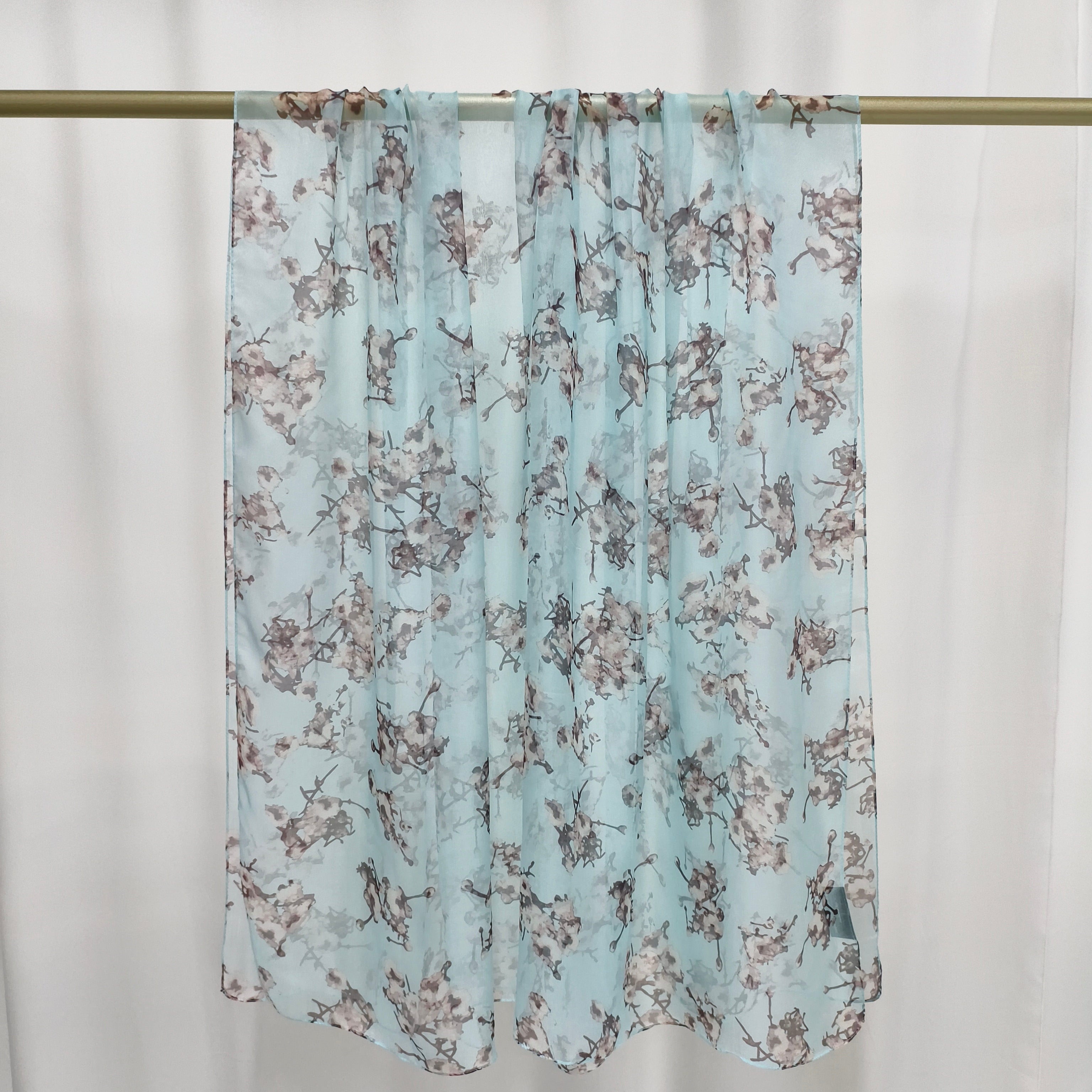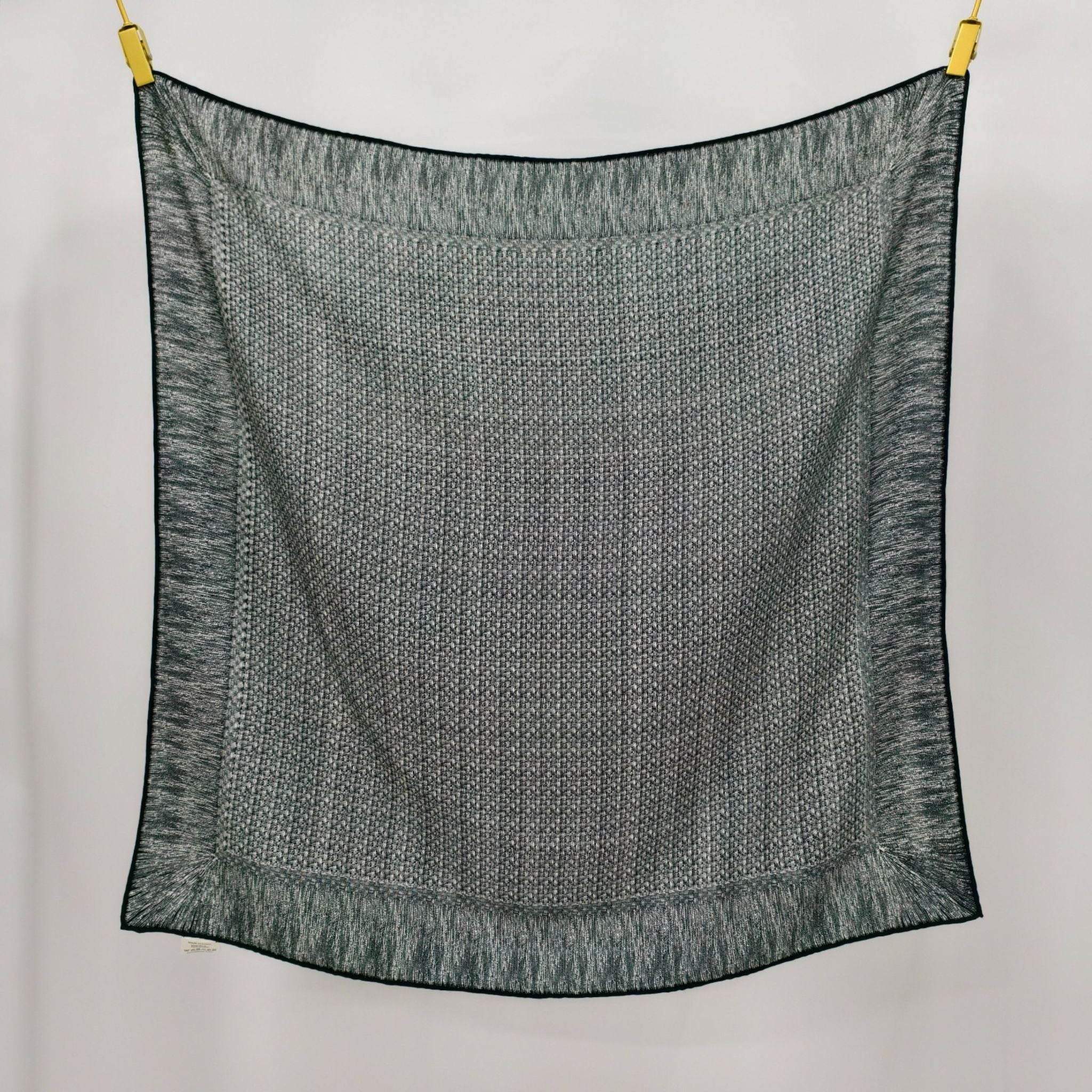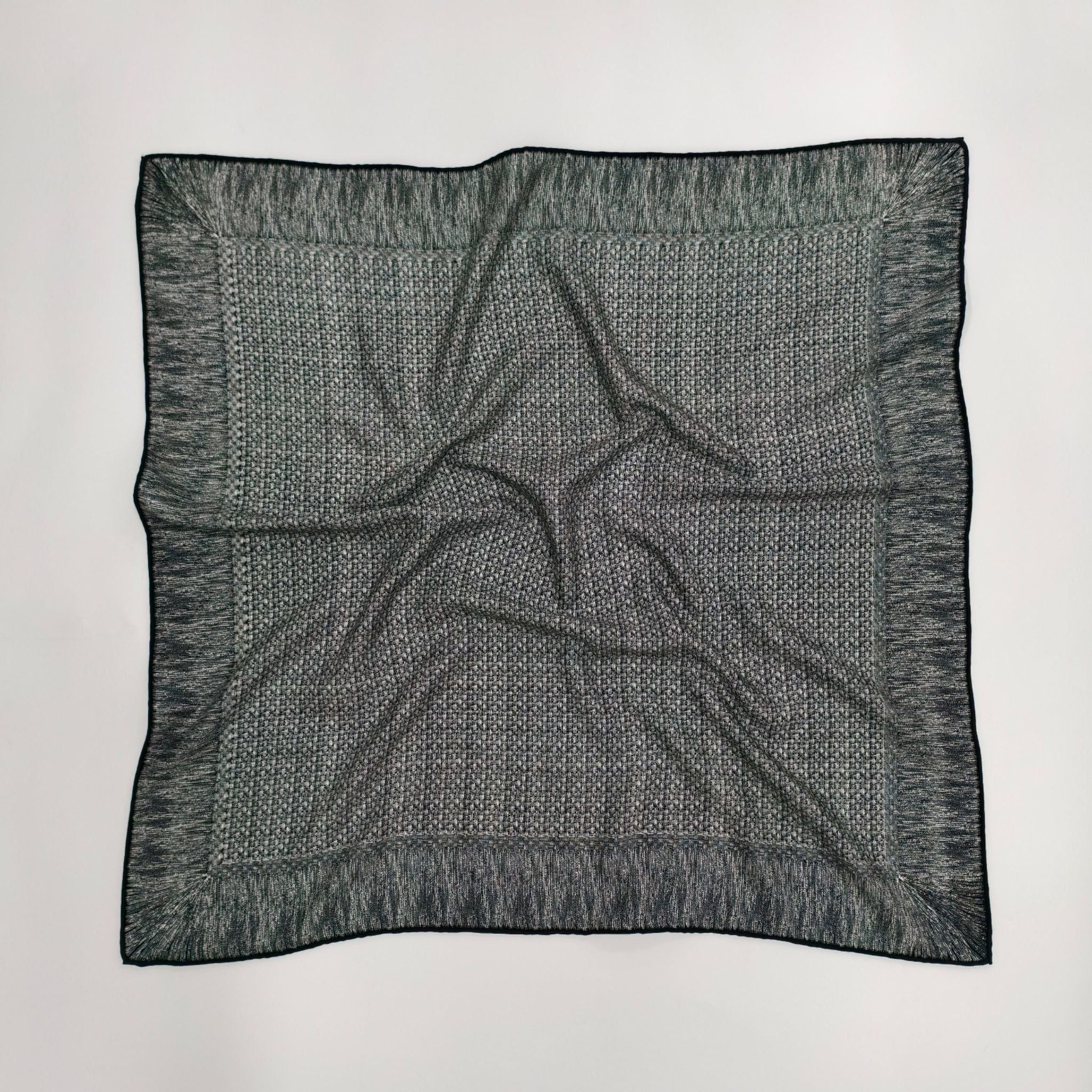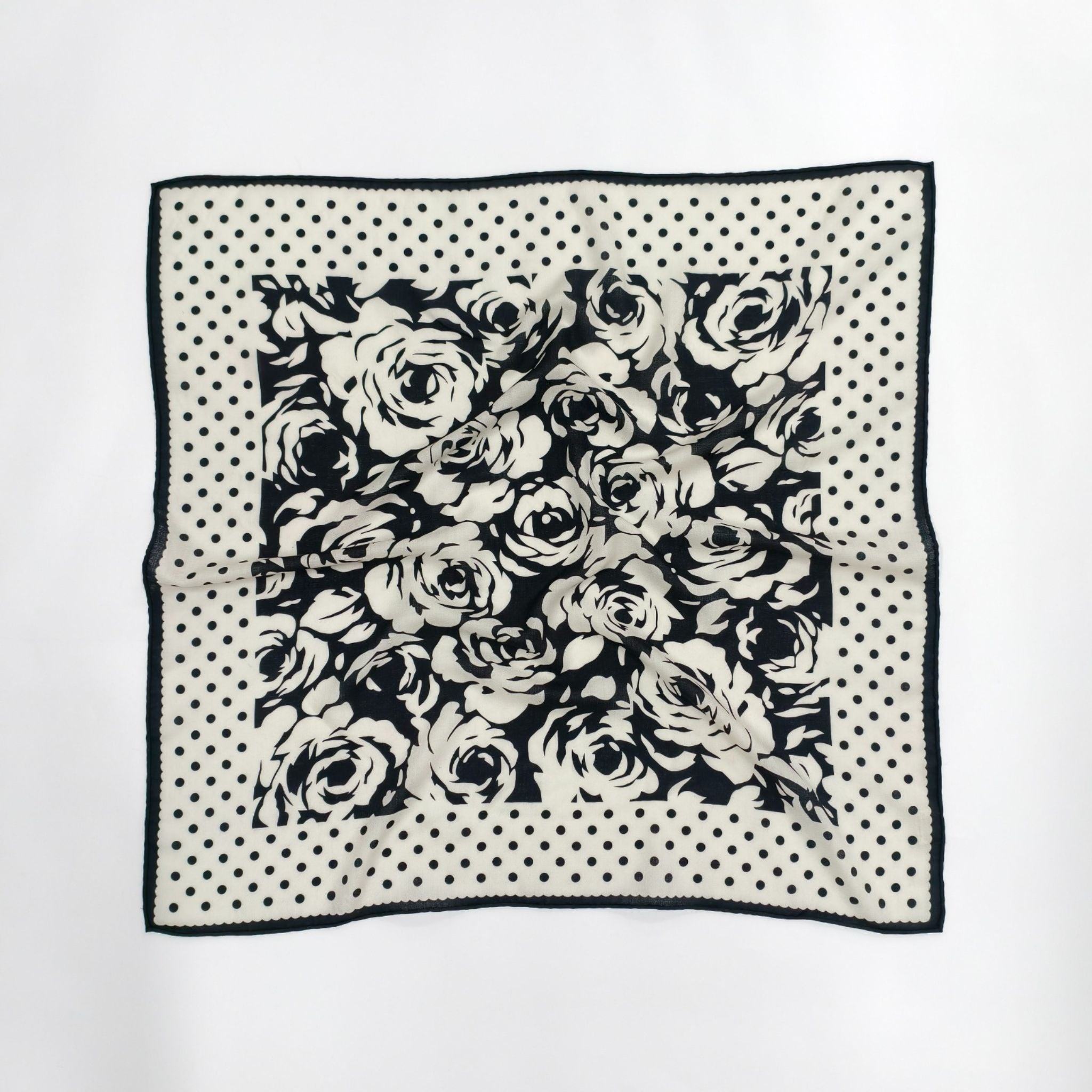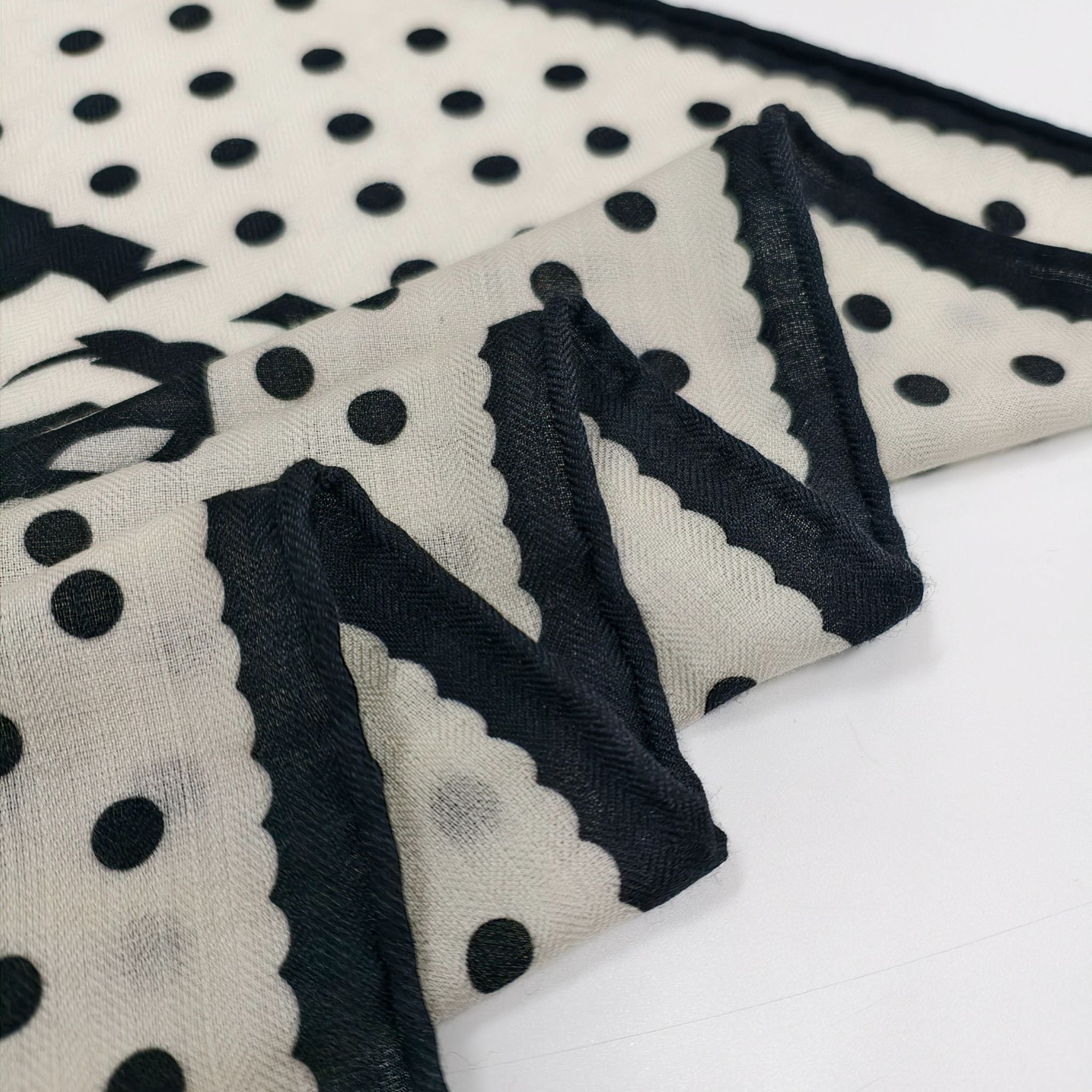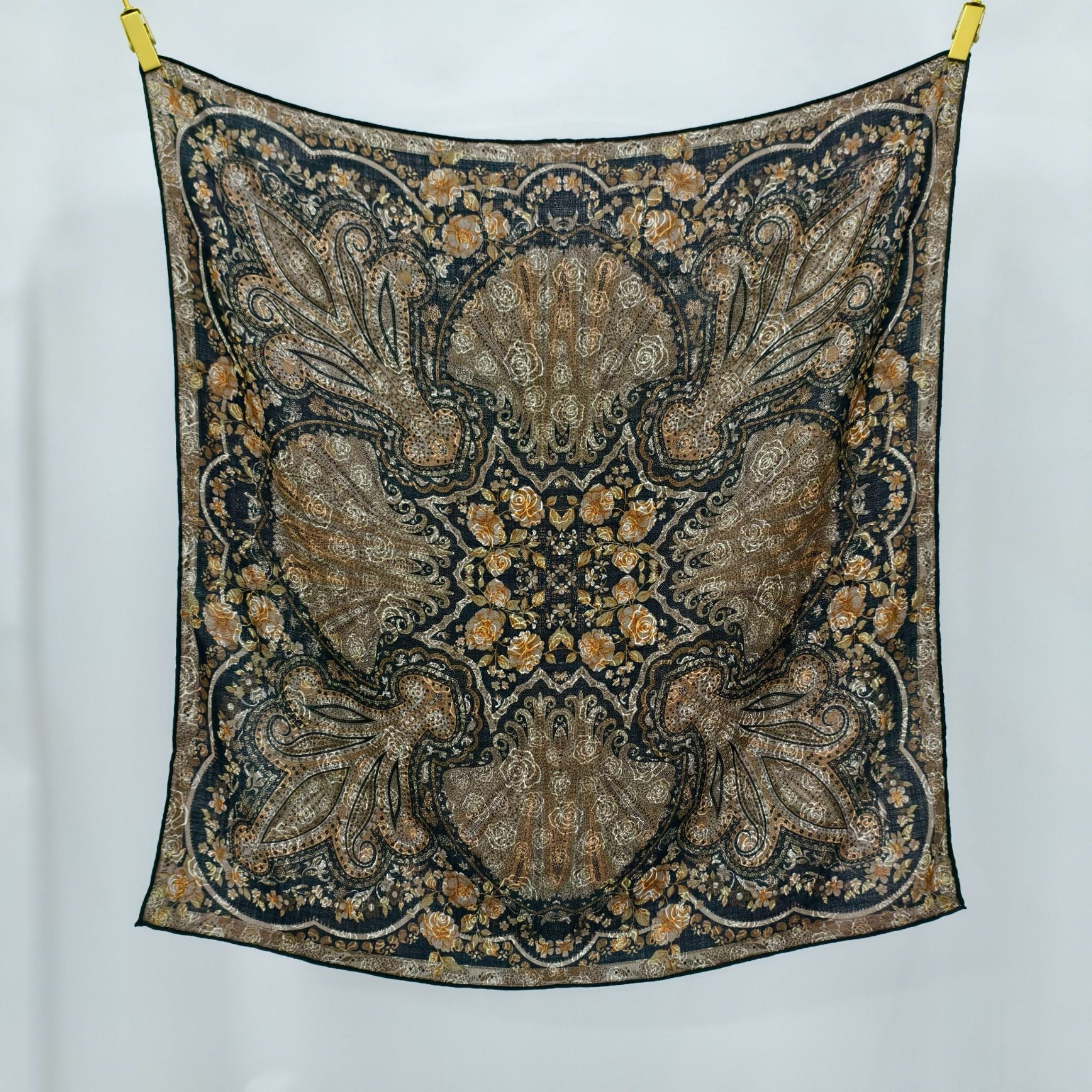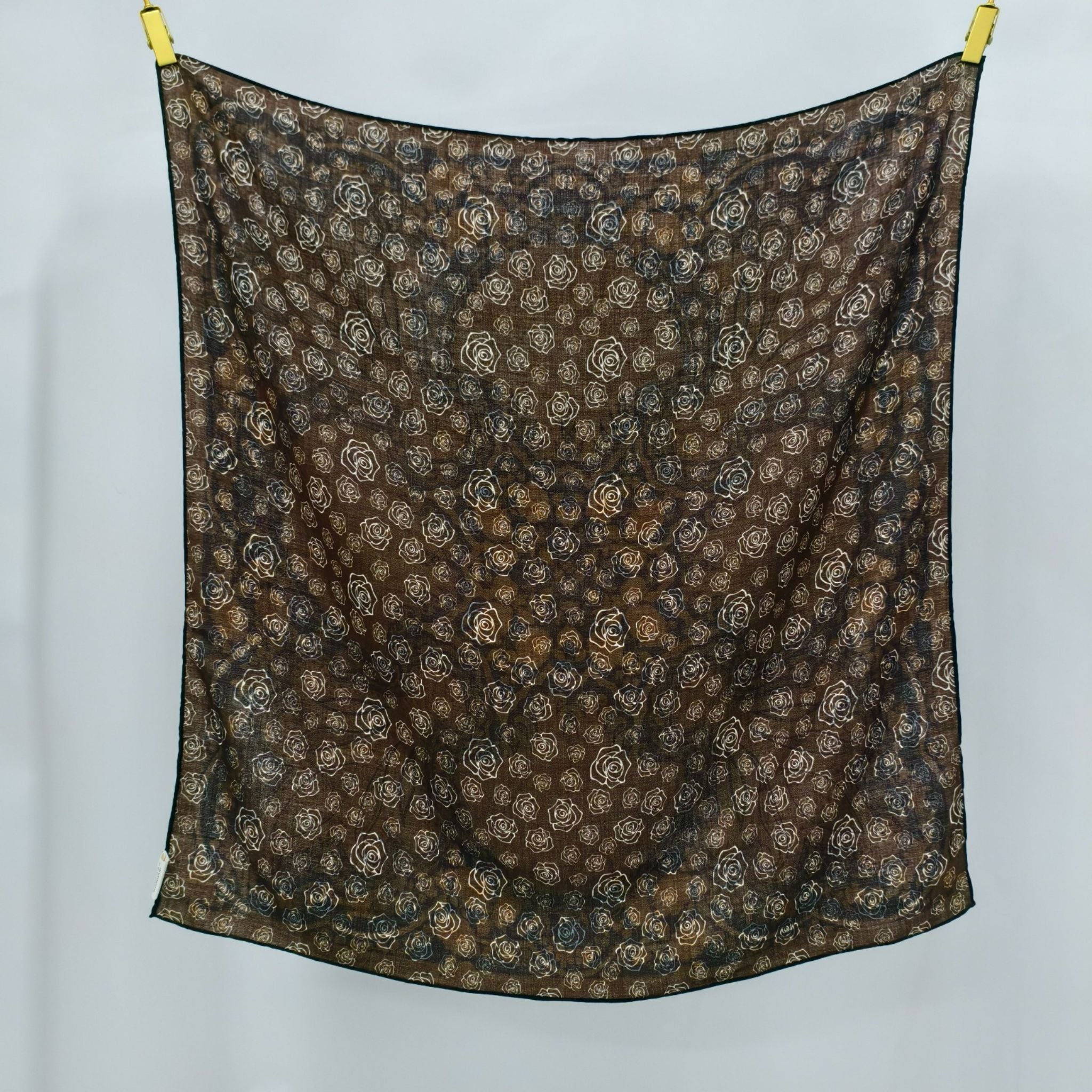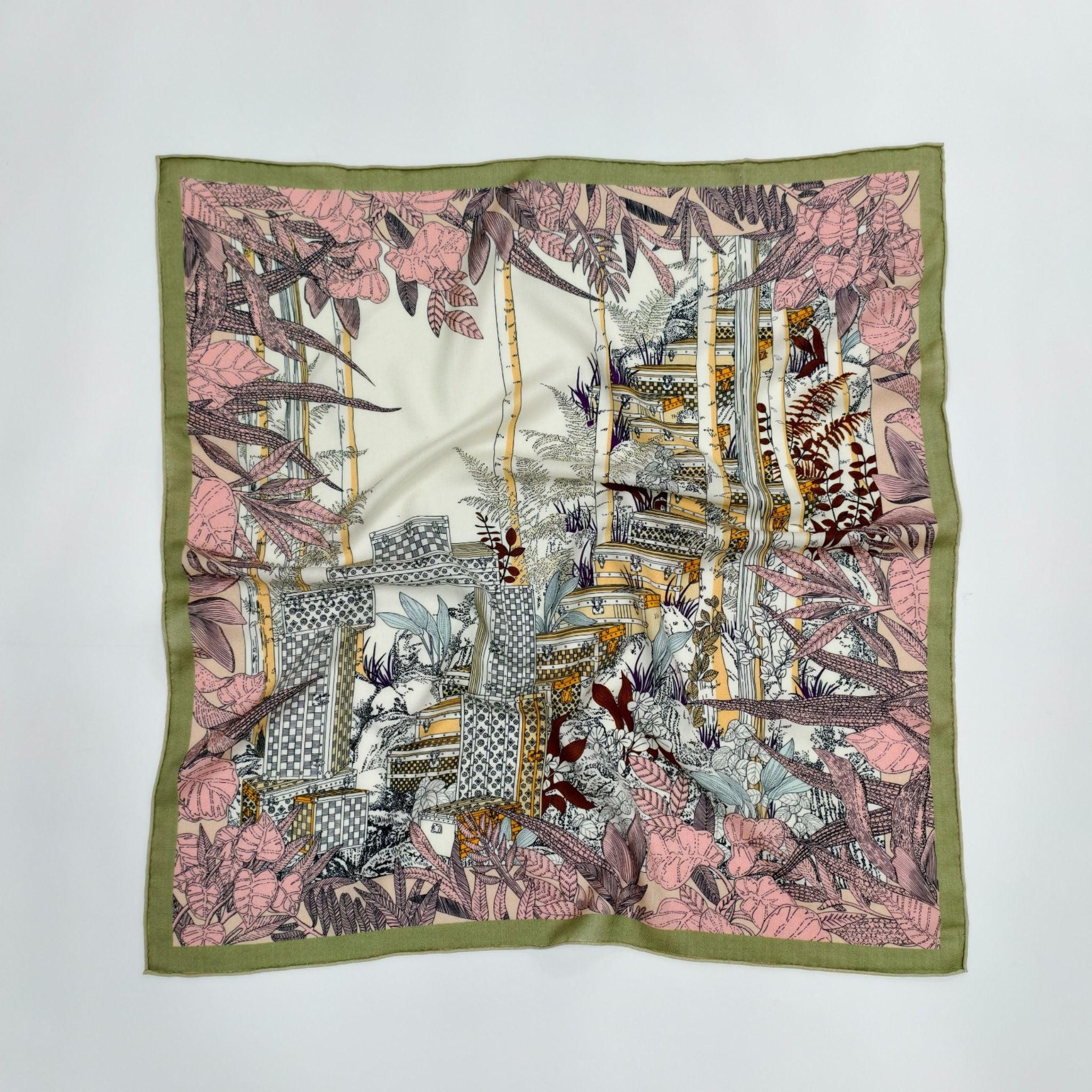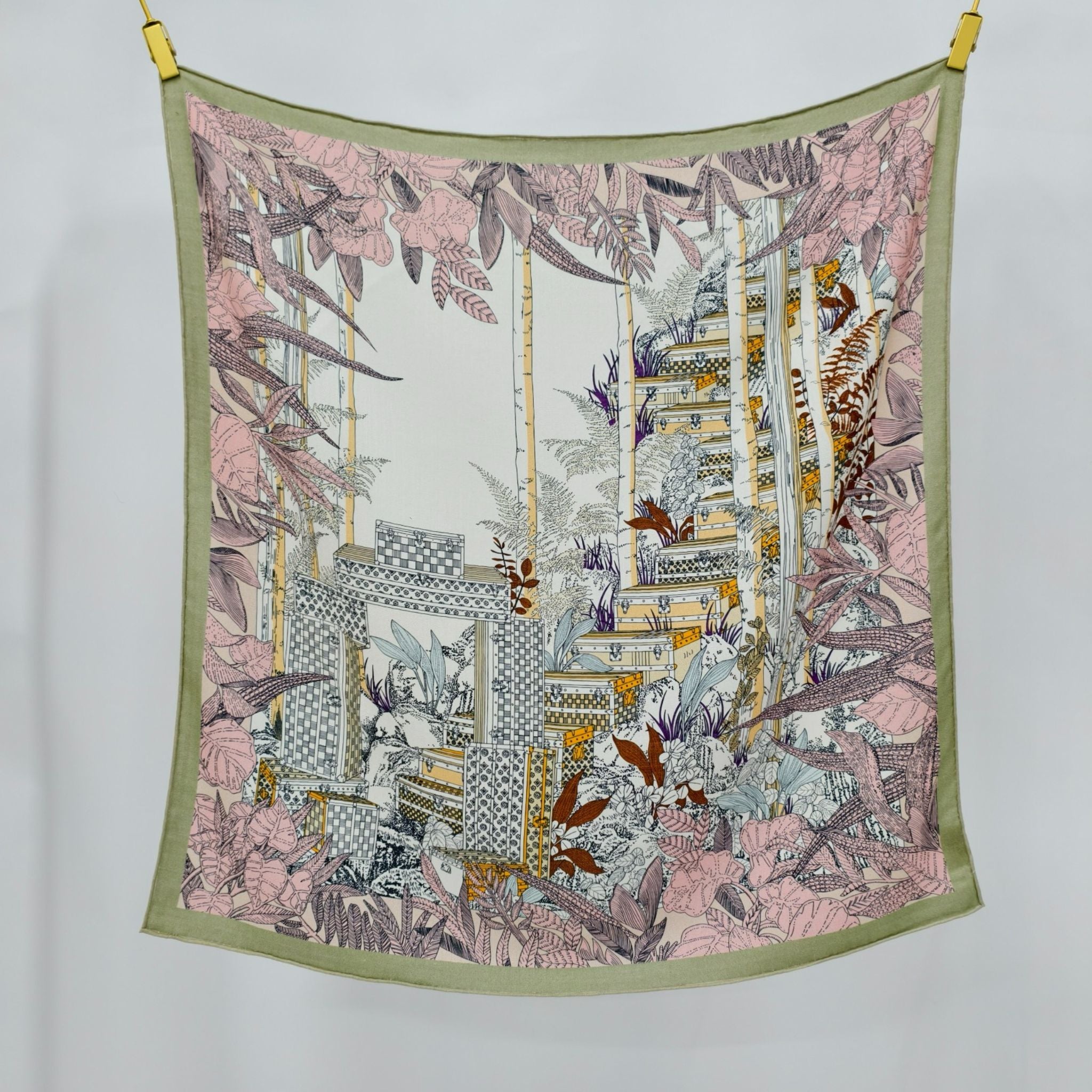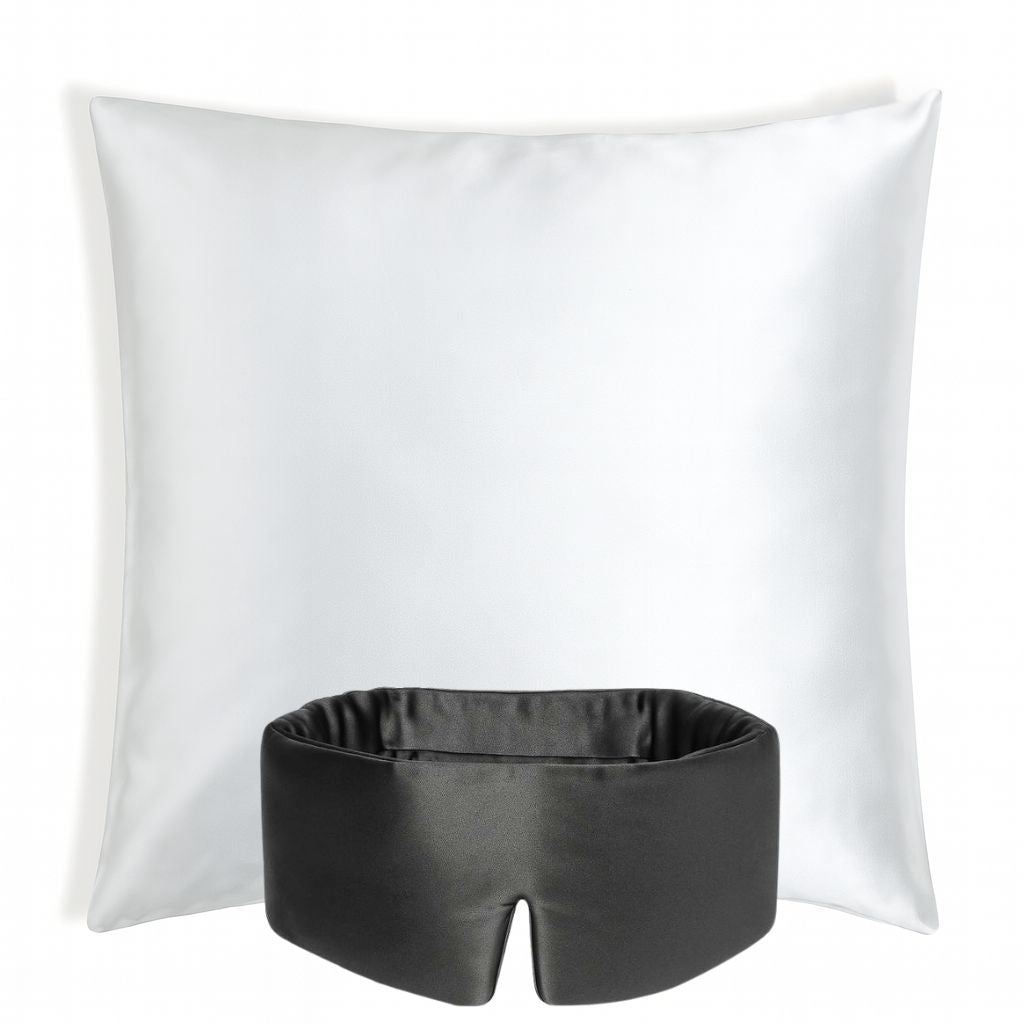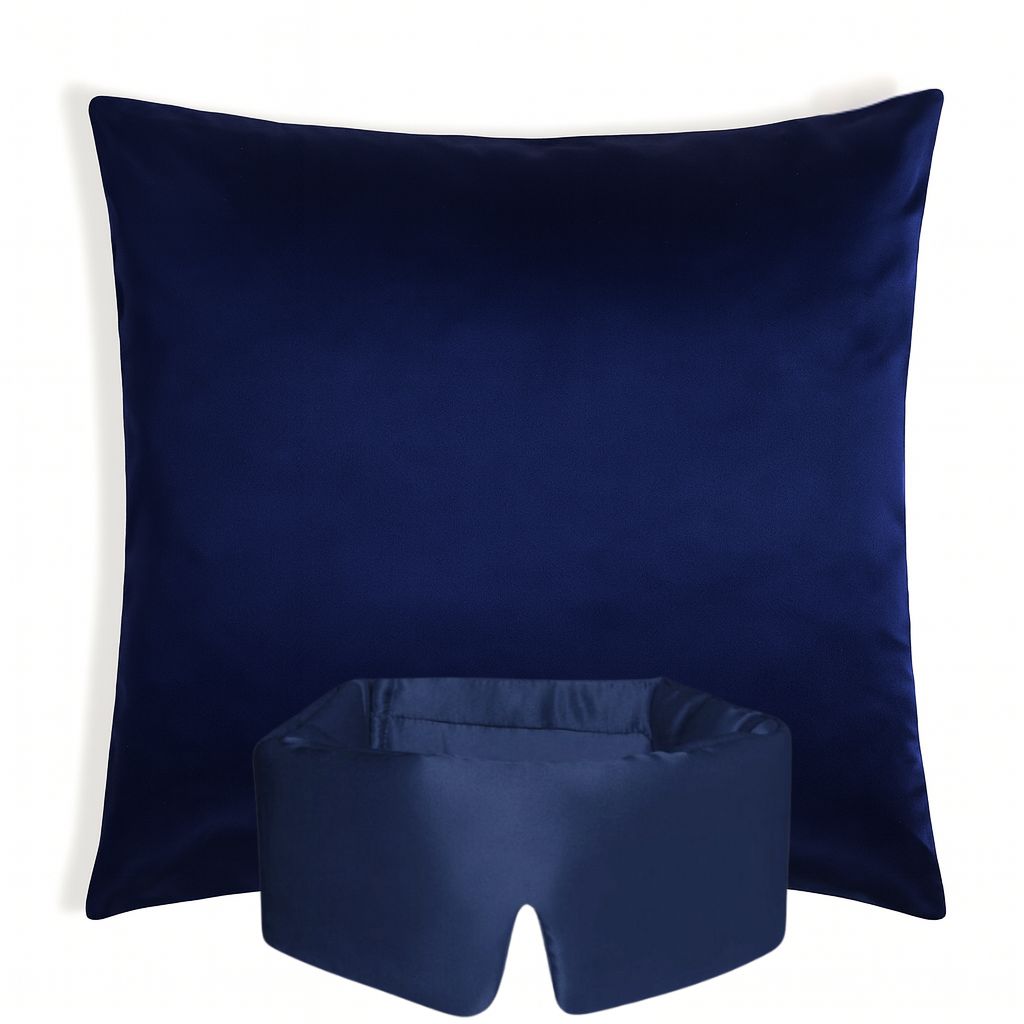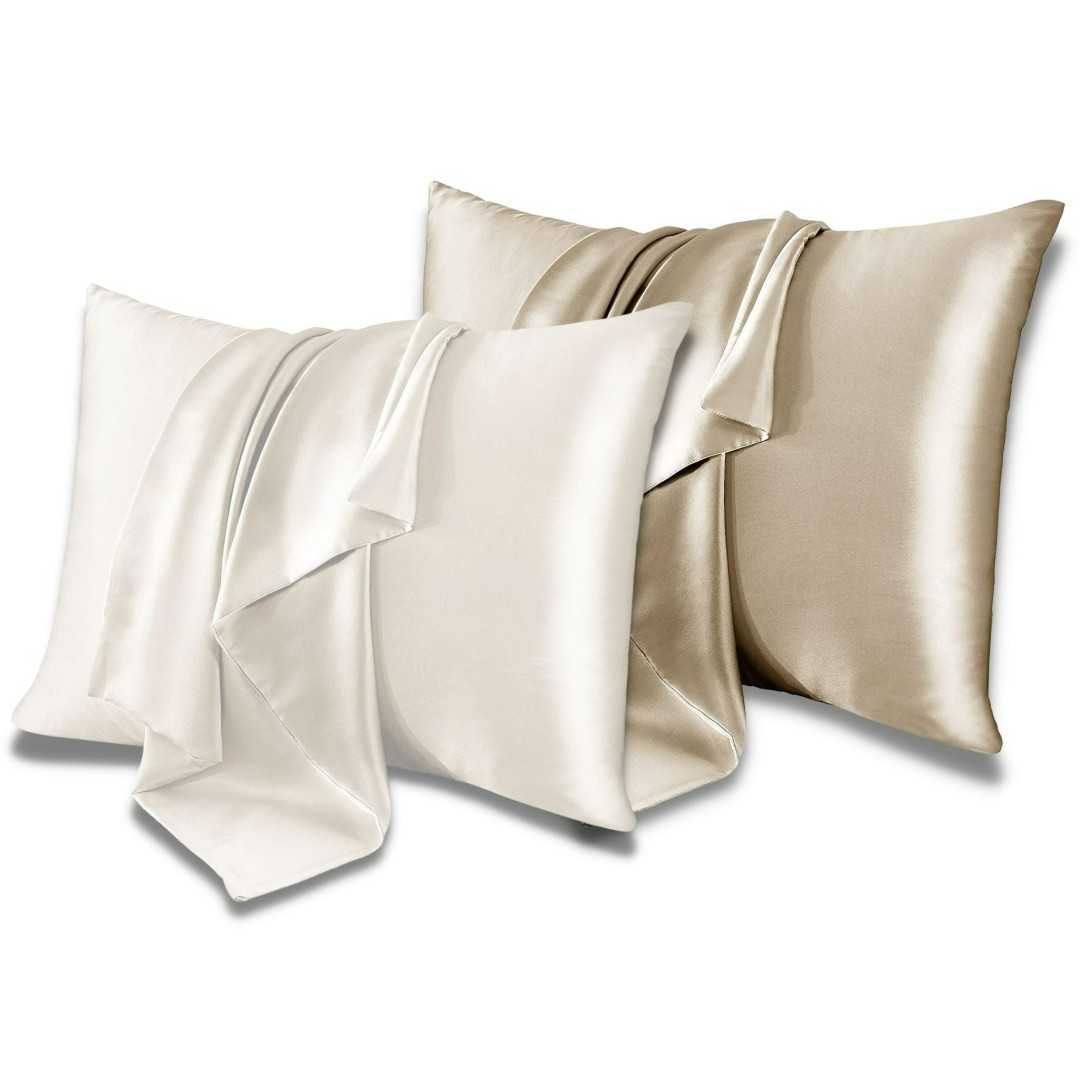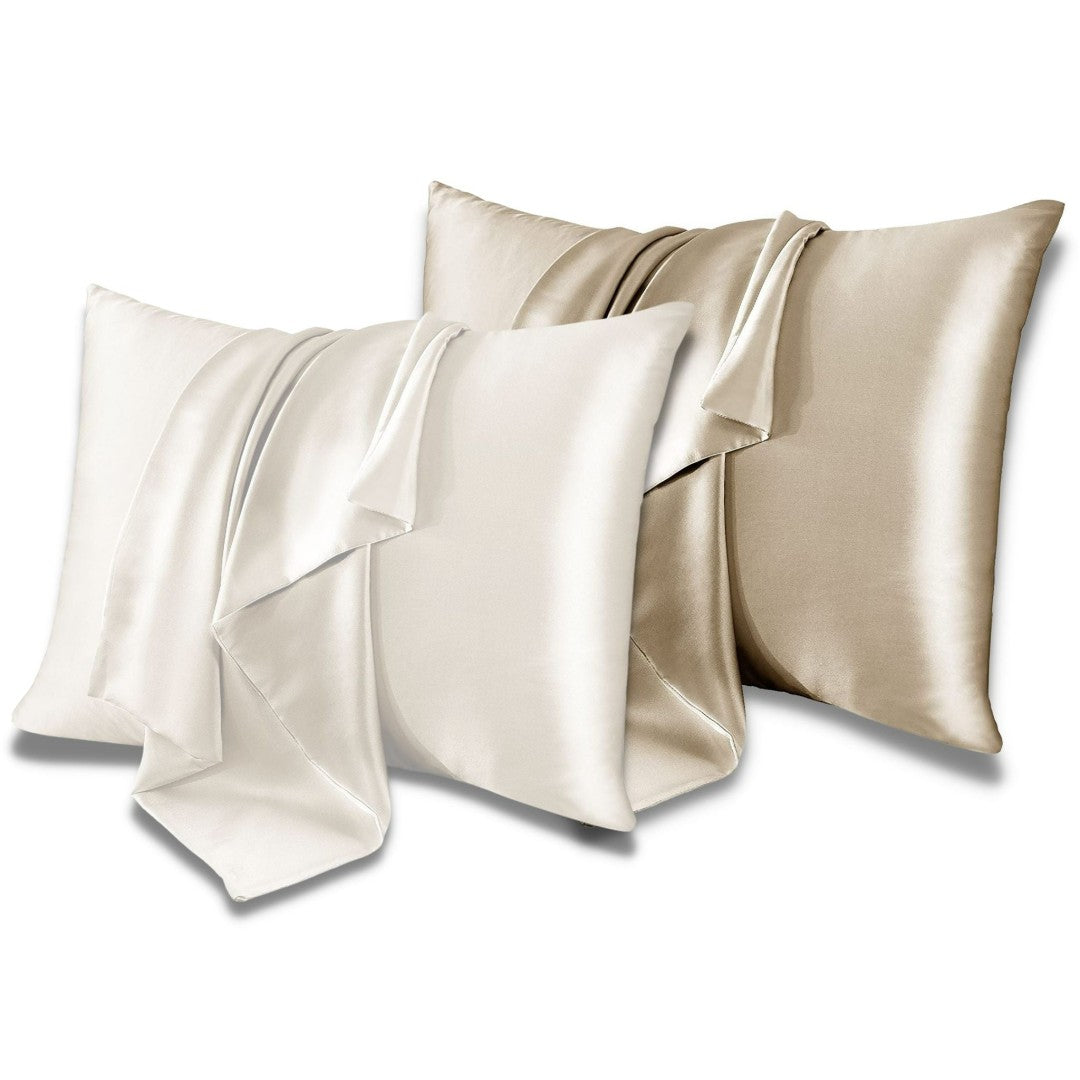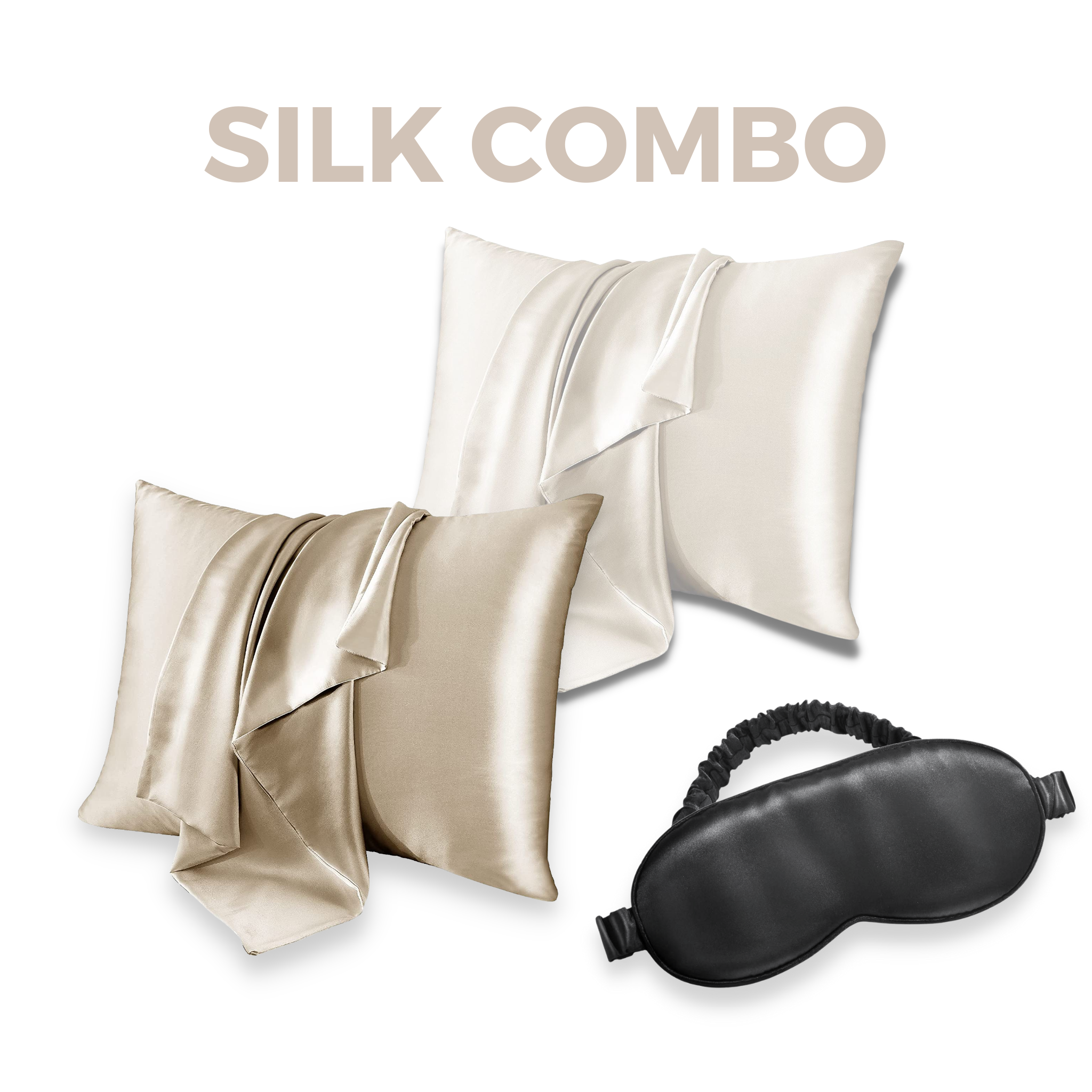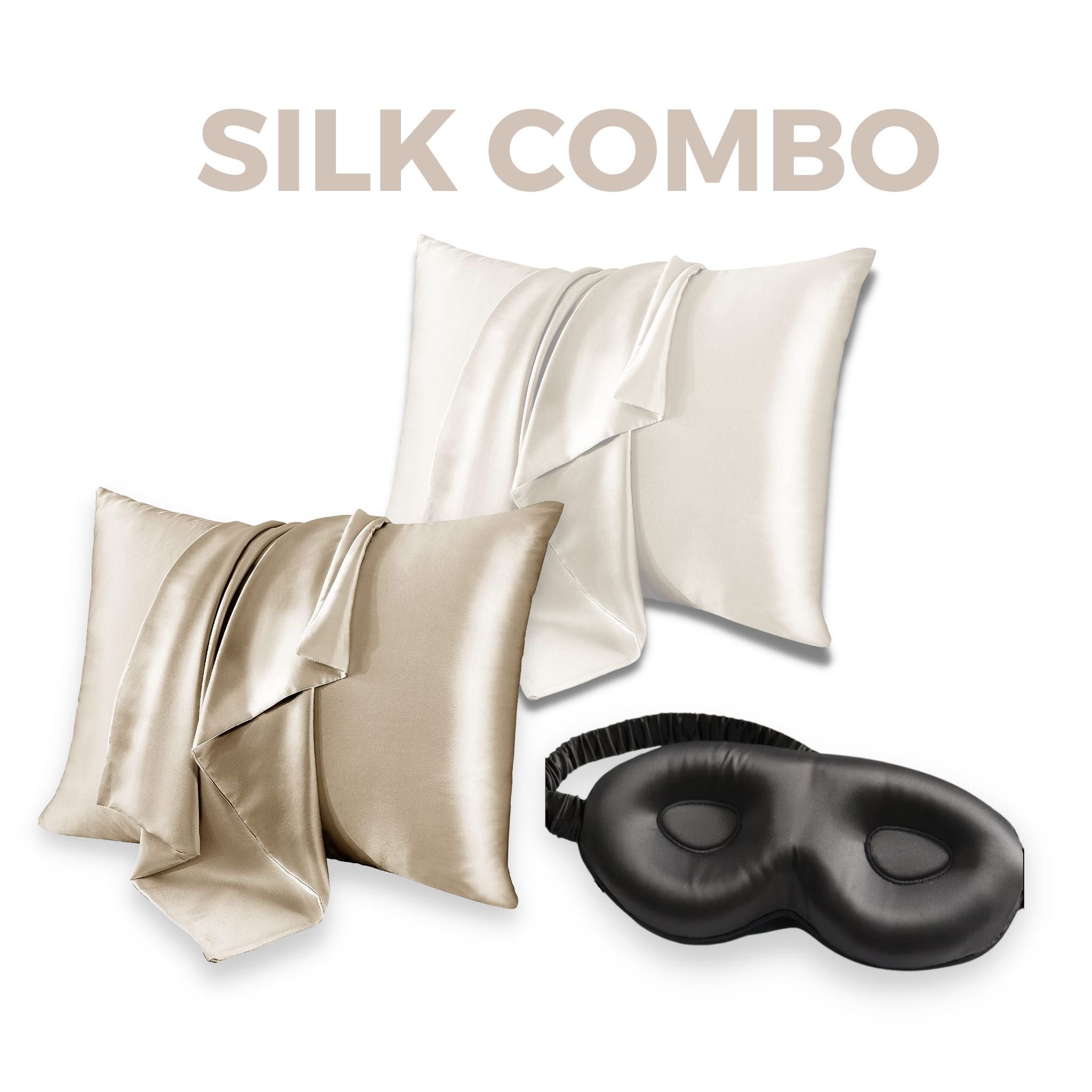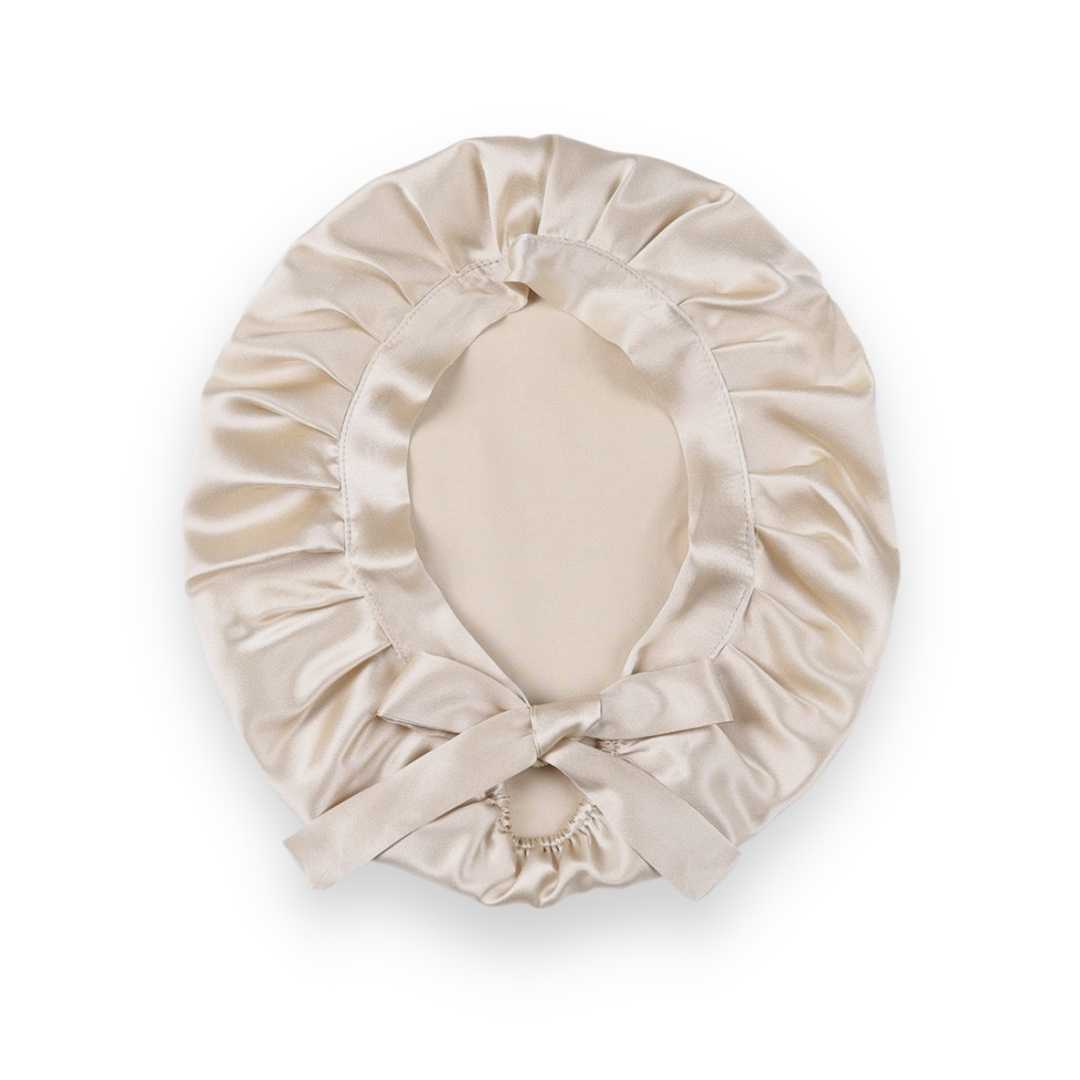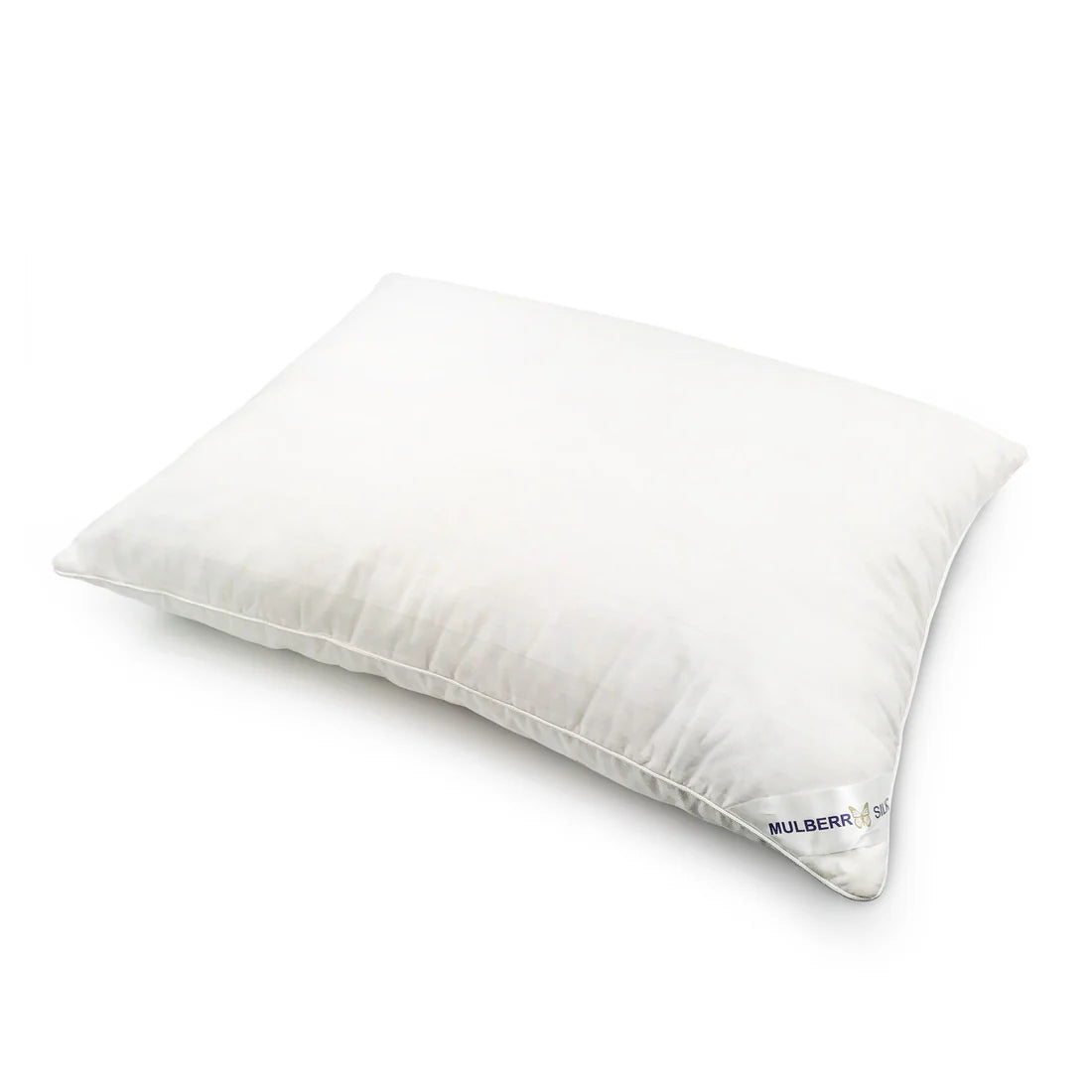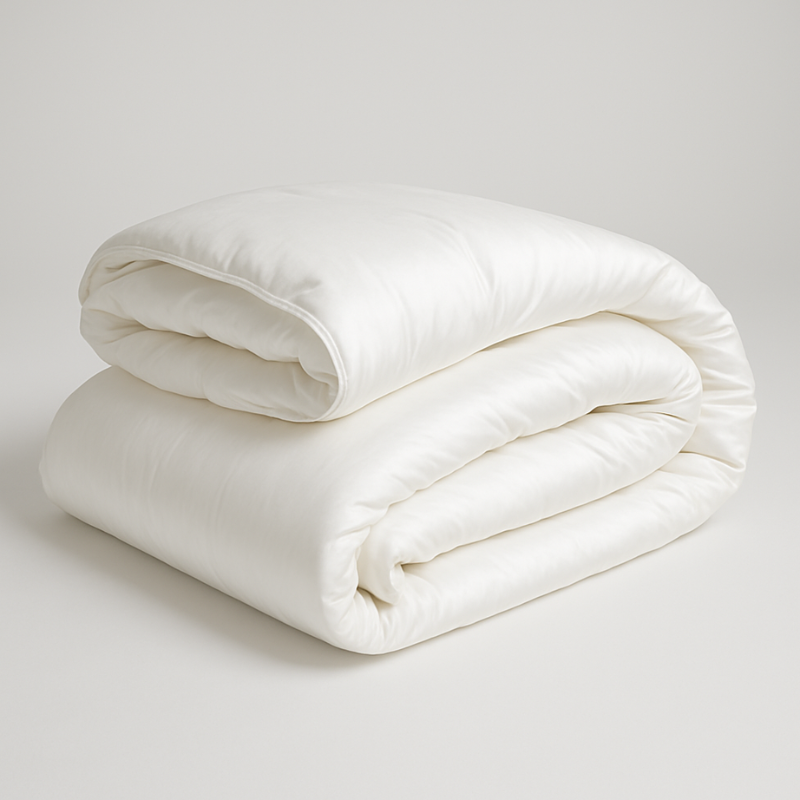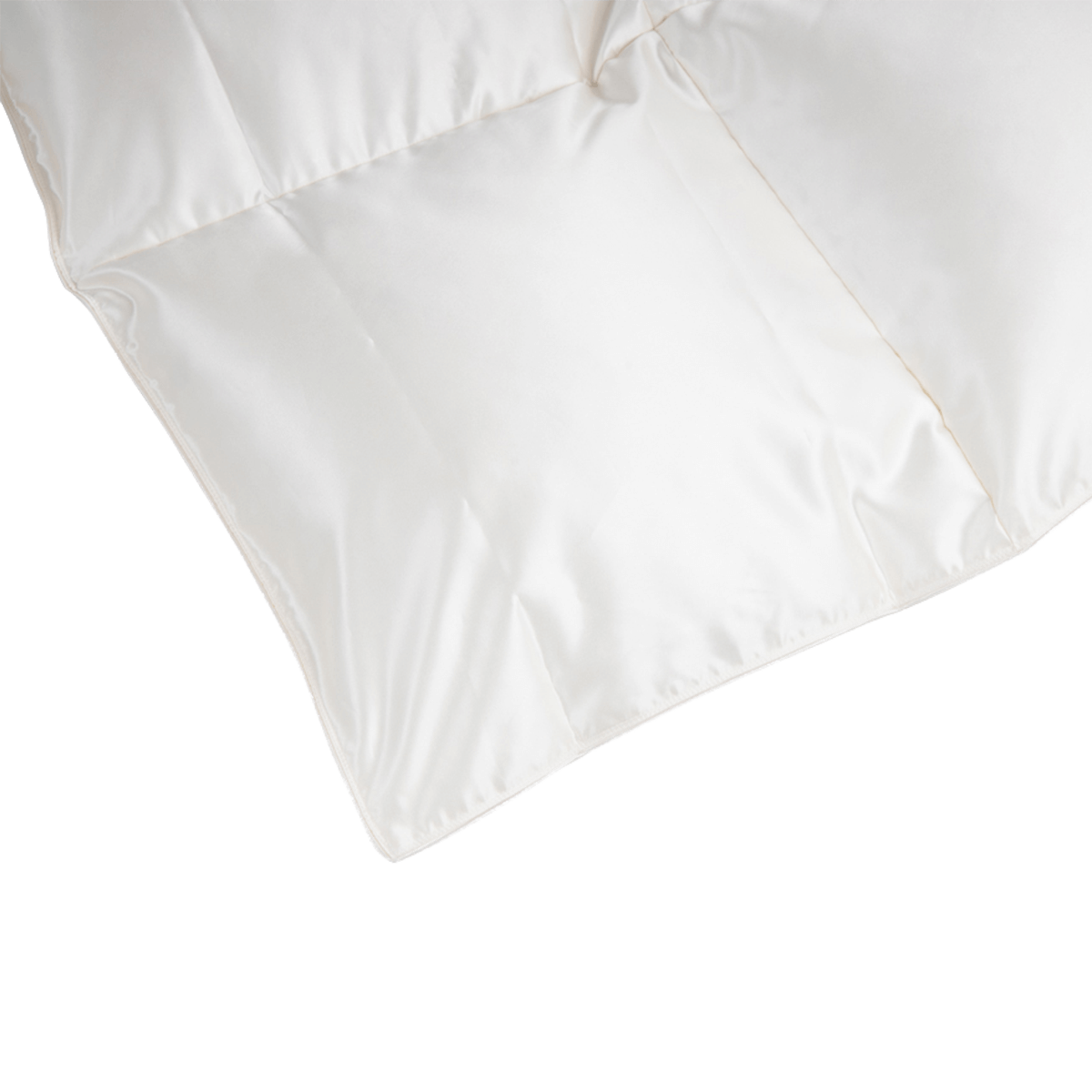Shop Black Week SALE⌛ | Save up to 50%
Save big on our bestsellers
Black Week Bestsellers
SILK PILLOWCASE - WHITE
Sales price249,00 DKK
Regular price349,00 DKK
Patterned Silk Stockings 5-pack - Multicolored
Sales price199,00 DKK
Regular price299,00 DKK
Silk-lined hat - Beautiful hair all winter long
Sales price249,00 DKK
Regular price399,00 DKK
LUXURY SILK BONNET - BEIGE
Sales price249,00 DKK
Regular price429,00 DKK
Silk stockings in wool-silk blend
Sales priceFrom 149,00 DKK
Regular price199,00 DKK
Cozy Full Face Sleep Mask in 22 Momme Silk – Multiple colors
Sales price249,00 DKK
Regular price457,00 DKK
SILK PACKAGE | Pillowcase, Bonnet & Sleep Mask
Sales price599,00 DKK
Regular price827,00 DKK
2-Pack | SILK PILLOWCASE | Choose your own color
Sales priceFrom 479,00 DKK
Regular price698,00 DKK
ELEGANT DESIGN AND IRRESISTIBLE QUALITY
Experience all the beauty benefits of a silk pillowcase – and say goodbye to frizzy hair, split ends, and sleep wrinkles.
Critically acclaimed silk stockings
Comfortable socks in Silk and Wool
Patterned Silk Stockings 5-pack - Multicolored
Sales price199,00 DKK
Regular price299,00 DKK
Silk stockings in wool-silk blend
Sales priceFrom 149,00 DKK
Regular price199,00 DKK
ActiveSilk – 5-pack silk stockings
Sales price199,00 DKK
Regular price299,00 DKK
Knee socks in wool-silk blend - Black
Sales price199,00 DKK
Regular price299,00 DKK
Long-handled silk stockings 5-pack - Black
Sales price209,00 DKK
Regular price269,00 DKK
Patterned Silk Stockings 5-pack - Black
Sales price199,00 DKK
Regular price299,00 DKK
Patterned Silk Stockings 5-pack - White
Sales price199,00 DKK
Regular price299,00 DKK
Silk gloves - 100% spun silk
Sales price199,00 DKK
Regular price299,00 DKK




Denmark's largest selection of silk scarves
News | Scarves in 100% Mulberry silk
Silk scarf - Blue Stripes | 68 CM
Sales price199,00 DKK
Regular price299,00 DKK
Silk scarf | Beige | 68 CM
Sales price229,00 DKK
Regular price299,00 DKK
Silk scarf | Navy Blue | 90 CM
Sales price299,00 DKK
Regular price399,00 DKK
Silk scarf | Bohemian Mix | 68 CM
Sales price229,00 DKK
Regular price299,00 DKK
Silk scarf | Light Blue Spring | 90 CM
Sales price299,00 DKK
Regular price399,00 DKK
Silk scarf | Sunrise Orange | 90 CM
Sales price299,00 DKK
Regular price399,00 DKK
Silk scarf | Pink Bouquet | 90 CM
Sales price299,00 DKK
Regular price399,00 DKK
Silk scarf | Bohemian Orange | 68 CM
Sales price229,00 DKK
Regular price299,00 DKK
Silk scarf | Black Flower Mix | 68 CM
Sales price209,00 DKK
Regular price299,00 DKK
Silk scarf | Fall Mix | 68 CM
Sales price249,00 DKK
Regular price299,00 DKK
Silk scarf | Blackstripes | 68 CM
Sales price209,00 DKK
Regular price299,00 DKK
Silk scarf | Tiara | 90 CM
Sales price299,00 DKK
Regular price399,00 DKK
Silk scarf | Butterfly | 68 CM
Sales price199,00 DKK
Regular price299,00 DKK
Silk scarf | Black Dots | 68 CM
Sales price199,00 DKK
Regular price299,00 DKK
Silk scarf | Brown and Beige Mix | 68 cm
Sales price229,00 DKK
Regular price299,00 DKK
Silk scarf | Blooming Rose | 68 cm
Sales price229,00 DKK
Regular price299,00 DKK
Silk scarf | Black and White Mix | 68 CM
Sales price219,00 DKK
Regular price299,00 DKK
Silk scarf | Flowers Pink | 90 CM
Sales price299,00 DKK
Regular price399,00 DKK
Silk scarf | Purple Flower | 68 CM
Sales price299,00 DKK
Silk scarf | Black and White Square | 68 CM
Sales price249,00 DKK
Regular price299,00 DKK
Silk scarf | Dark Luxury | 68 CM
Sales price219,00 DKK
Regular price299,00 DKK
Silk scarf | Orange pattern | 68 CM
Sales price219,00 DKK
Regular price299,00 DKK
Silk scarf - Grey Flower Mix | 68 CM
Sales price299,00 DKK
Silk scarf - Blue Flower Mix | 68 CM
Sales price299,00 DKK
Silk scarf | Grey Flowers | 90 CM
Sales price229,00 DKK
Regular price399,00 DKK
Italian Silk Scarf | Sunset Orange | 110x180 cm
Sales price399,00 DKK
Italian Silk Scarf | Floris Pink | 110x180 cm
Sales price329,00 DKK
Regular price399,00 DKK
Italian Silk Scarf | Blue Spring | 110x180 cm
Sales price329,00 DKK
Regular price399,00 DKK
Silk scarf - Ocean green (90x90)
Sales price299,00 DKK
Regular price399,00 DKK
Italian Silk Scarf | Spring Tree | 110x180 cm
Sales price329,00 DKK
Regular price399,00 DKK
Italian Silk Scarf | Midnight mix | 110x180 cm
Sales price329,00 DKK
Regular price399,00 DKK
Italian Silk Scarf | Nature mix | 110x180 cm
Sales price329,00 DKK
Regular price399,00 DKK
Italian Silk Scarf | Pink Butterfly | 110x180 cm
Sales price329,00 DKK
Regular price399,00 DKK
Italian Silk Scarf | Blue Flower | 110x180 cm
Sales price329,00 DKK
Regular price399,00 DKK
Italian Silk Scarf | Floris Rosa | 110x180 cm
Sales price329,00 DKK
Regular price399,00 DKK
Italian Silk Scarf | Light Green | 110x180 cm
Sales price329,00 DKK
Regular price399,00 DKK
Italian Silk Scarf | Pink Flower | 110x180 cm
Sales price329,00 DKK
Regular price399,00 DKK
Silk scarf | Flowers | 90 CM
Sales price399,00 DKK
Italian Silk Scarf | Red flower | 110x180 cm
Sales price249,00 DKK
Regular price399,00 DKK
Italian Silk Scarf | Fall mix | 110x180 cm
Sales price329,00 DKK
Regular price399,00 DKK
Italian Silk Scarf | Liberty | 110x180 cm
Sales price249,00 DKK
Regular price399,00 DKK
Italian Silk Scarf | Spring History | 110x180 cm
Sales price249,00 DKK
Regular price399,00 DKK
Italian Silk Scarf | Sunset Tree | 110x180 cm
Sales price249,00 DKK
Regular price399,00 DKK
Italian Silk Scarf | Blue Flower | 110x180 cm
Sales price249,00 DKK
Regular price399,00 DKK
SilkWool Scarf – 70% Wool / 30% Mulberry Silk | Nordic Grey
Sales price274,90 DKK
Regular price399,00 DKK
SilkWool Scarf – 70% Wool / 30% Mulberry Silk | Noir Bloom
Sales price274,90 DKK
Regular price399,00 DKK
SilkWool Scarf – 70% Wool / 30% Mulberry Silk | Golden Tapestry
Sales price274,90 DKK
Regular price399,00 DKK
SilkWool Scarf – 70% Wool / 30% Mulberry Silk | Botanical Terrace
Sales price274,90 DKK
Regular price399,00 DKK
Get more for your money...
Package deal
Silk Sleep Combo
Sales price499,00 DKK
Regular price737,00 DKK
SILK PACKAGE | Pillowcase, Bonnet & Sleep Mask
Sales price599,00 DKK
Regular price827,00 DKK
SILK COMBO | 2x Pillowcases & Cozy Face Silk Sleep Mask
Sales price749,00 DKK
Regular price1.147,00 DKK
2-Pack | SILK PILLOWCASE | Choose your own color
Sales price479,00 DKK
Regular price698,00 DKK
SILK KIT (Silk Pillowcase & Curl Band)
Sales price449,00 DKK
Regular price630,00 DKK
SILK COMBO | 2x Pillowcases & Sleep Mask
Sales price699,00 DKK
Regular price899,00 DKK
SILK COMBO | 2x Pillowcases & 3D Silk Sleep Mask
Sales price749,00 DKK
Regular price1.147,00 DKK
SILK STARTER | Pillowcase & Bonnet
Sales price499,00 DKK
Regular price628,00 DKK
Sleep with silk duvets and pillows
Silk duvets & Silk pillows
Silk pillow with mulberry silk - Silk pillow with silk filling
Sales price899,00 DKK
Regular price1.548,00 DKK
Silk duvet - Luxury duvet with mulberry silk filling (summer)
Sales priceFrom 1.299,00 DKK
Regular price2.199,00 DKK
Silk duvet - Luxury duvet with mulberry silk filling (All year)
Sales priceFrom 1.399,00 DKK
Regular price2.199,00 DKK
Trustpilot
Based on 2,407 reviews
20 hours ago
Good quality, good experience
I ordered silk sock boots and tried for the first time also a winter model in silk and wool.
The package arrived quickly and it was easy to order.
The sleep mask and pillowcase that I have bought earlier are absolutely recommendable.
I recommend the website.
1 day ago
I had a really lovely experience…
I had a really lovely experience ordering my new silk bonnet and silk pillowcase as well as silk for my hair. I also got some free silk socks in the package - so I feel properly pampered ❤️
Will order 100% again
4 days ago
Ordered several different items
Ordered several different items. And got nice socks included free of charge. Everything lived up to my expectations 😊
The delivery was fast and it is definitely neither the first nor the last time I shop here.
Follow us on Instagram
@Cillouettes


